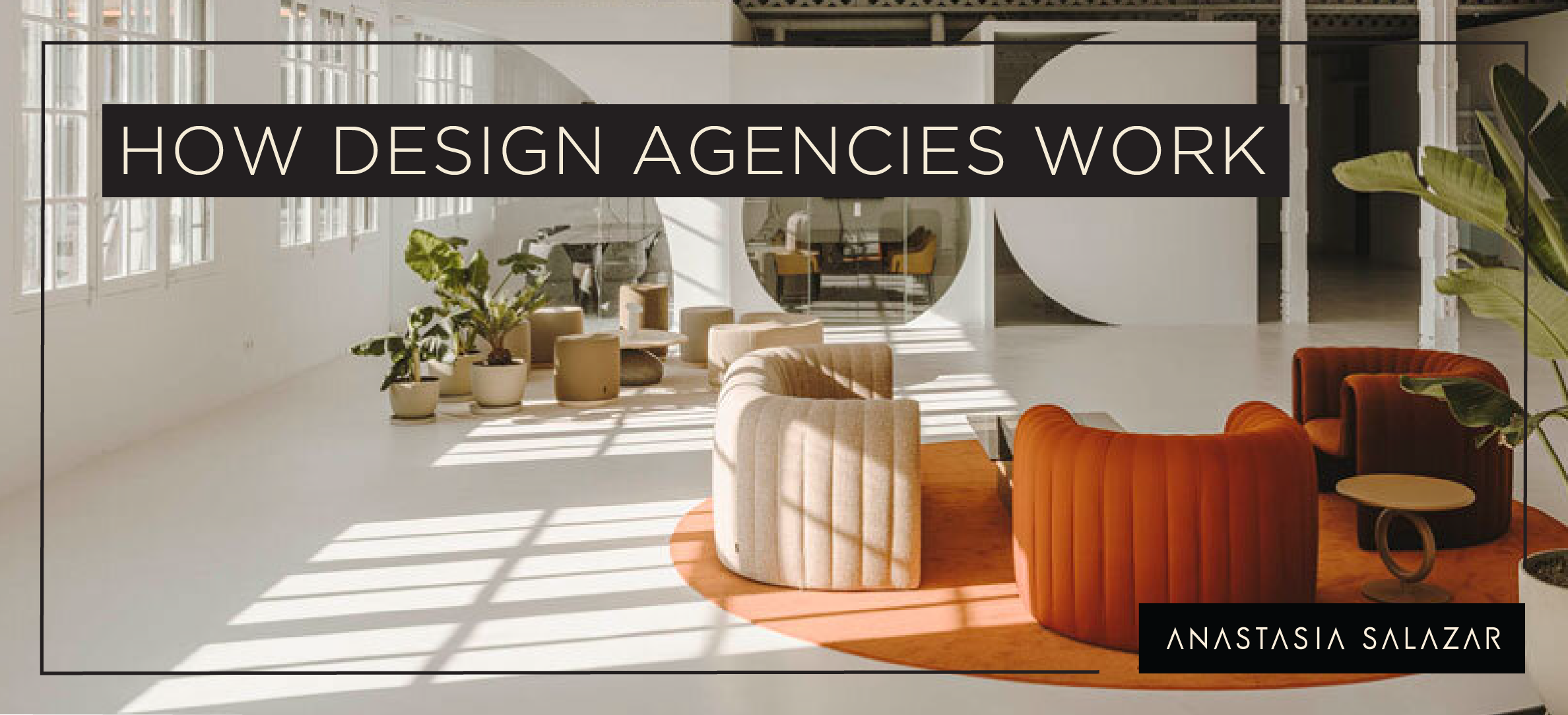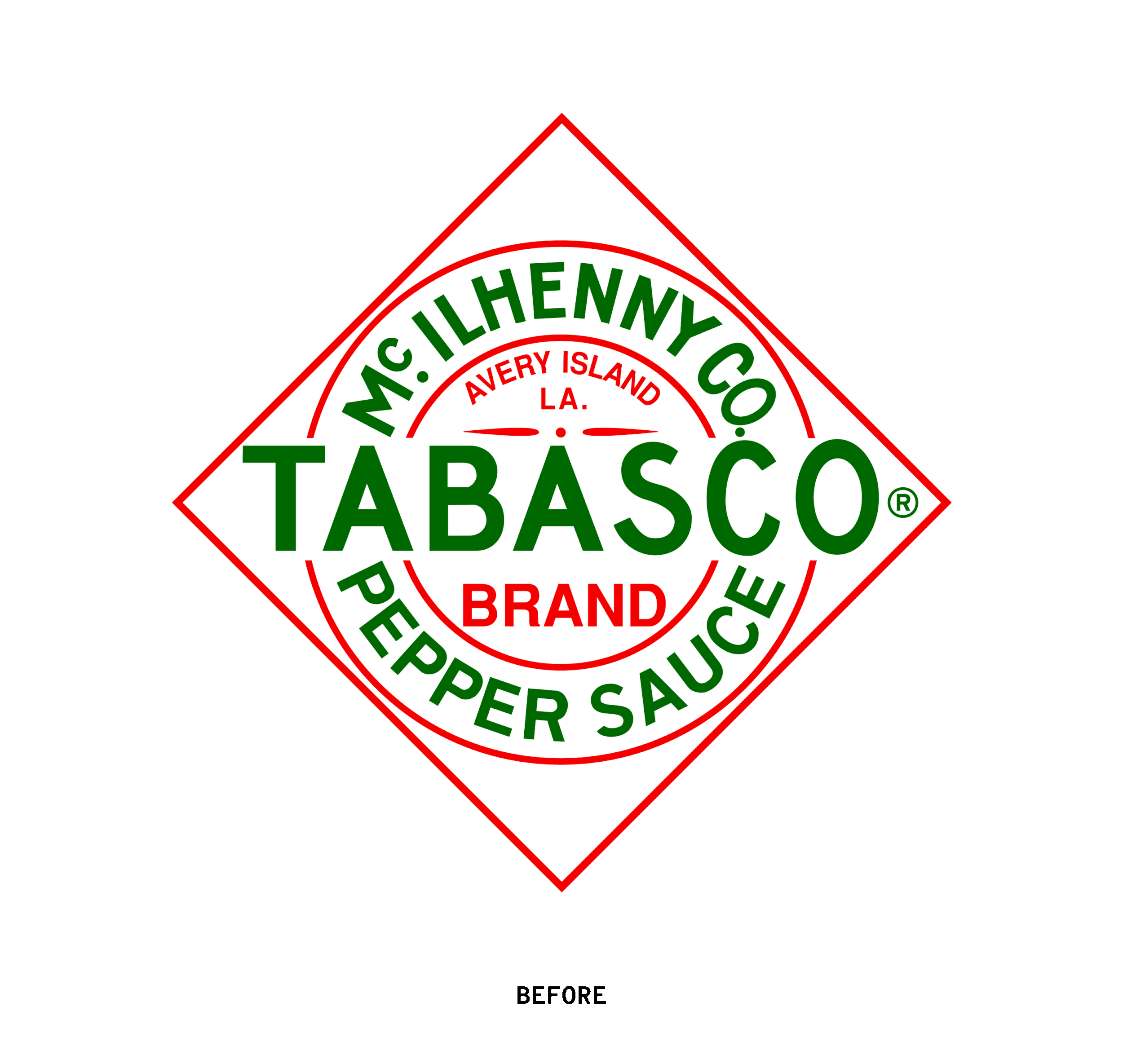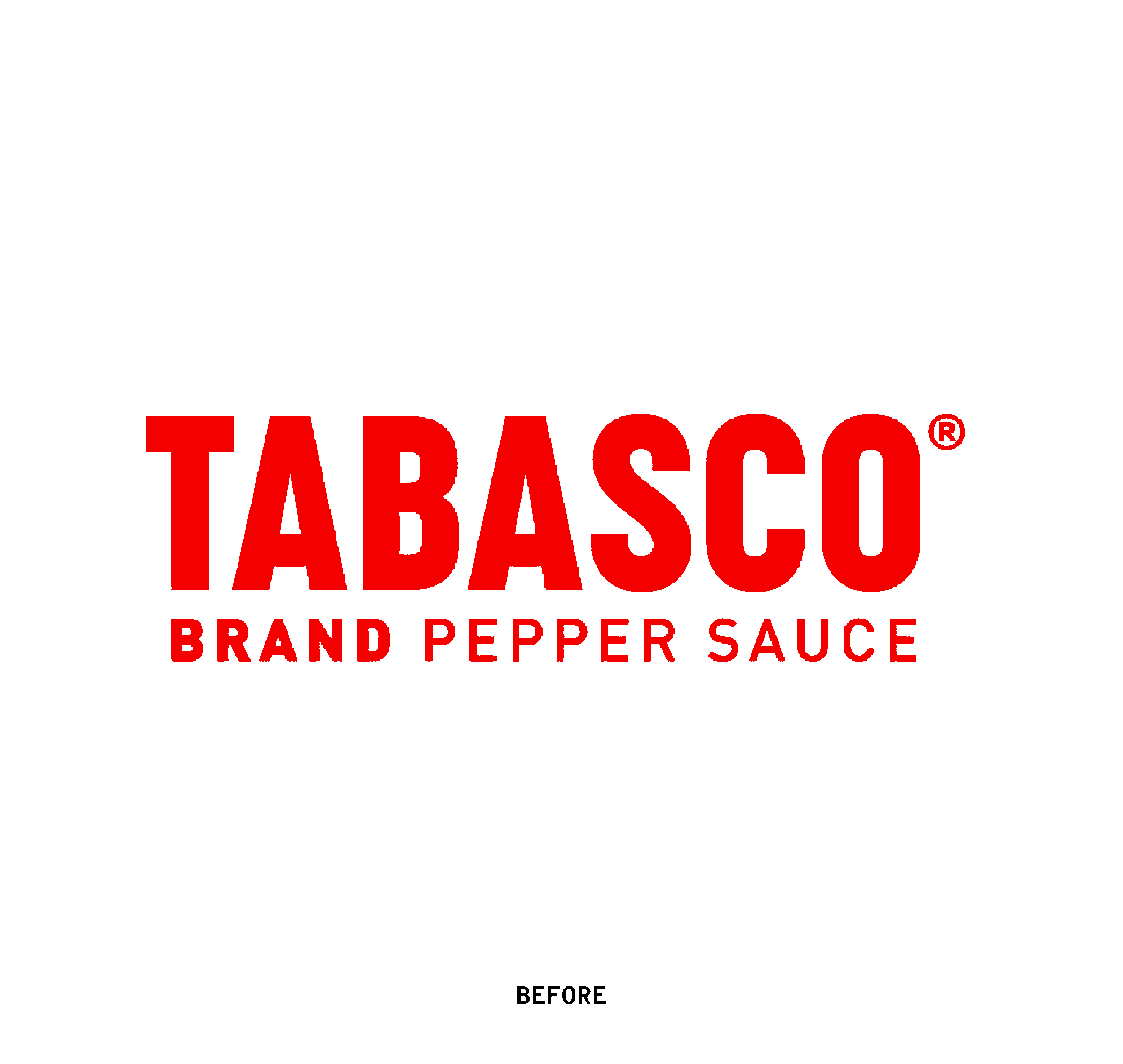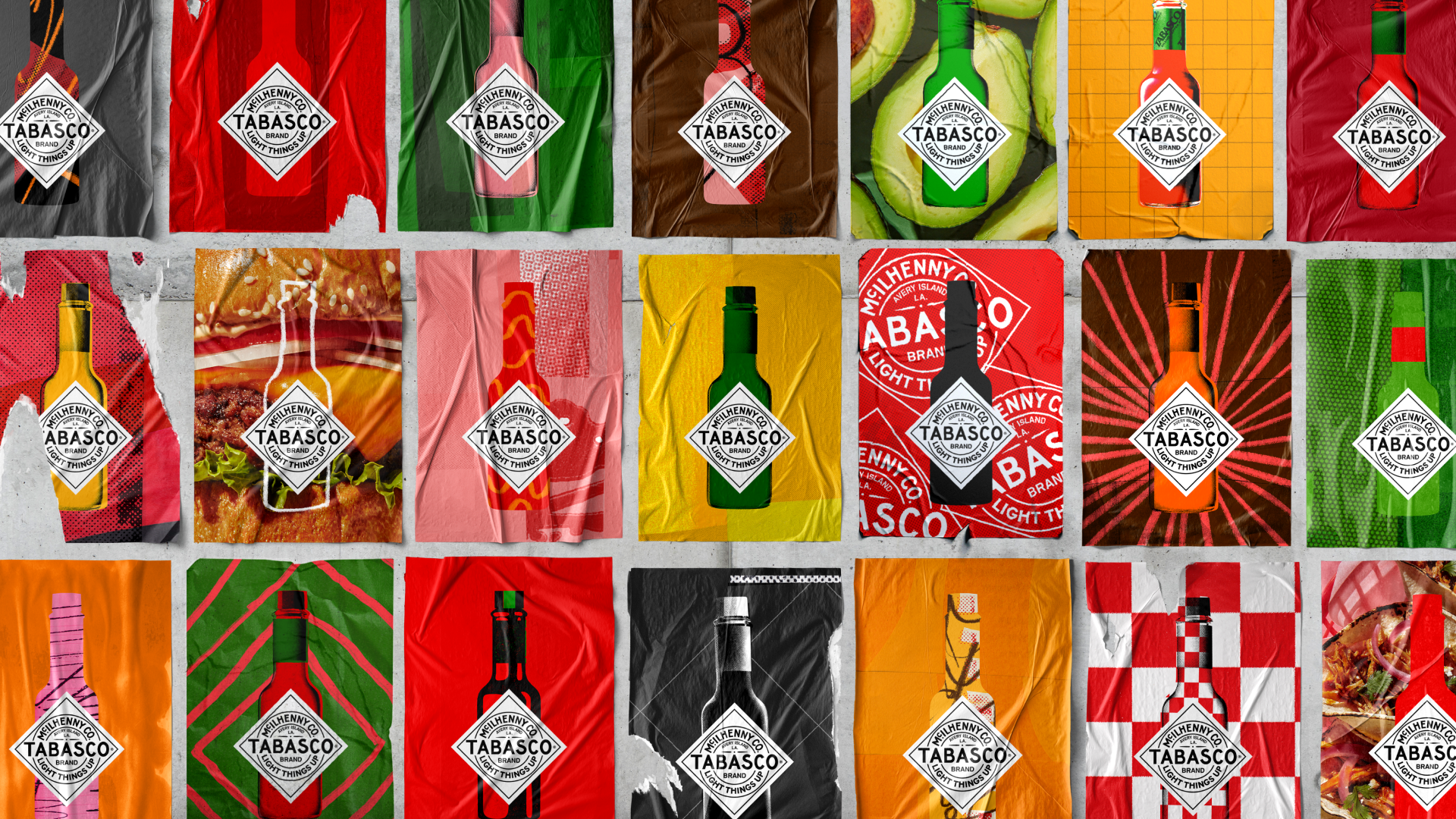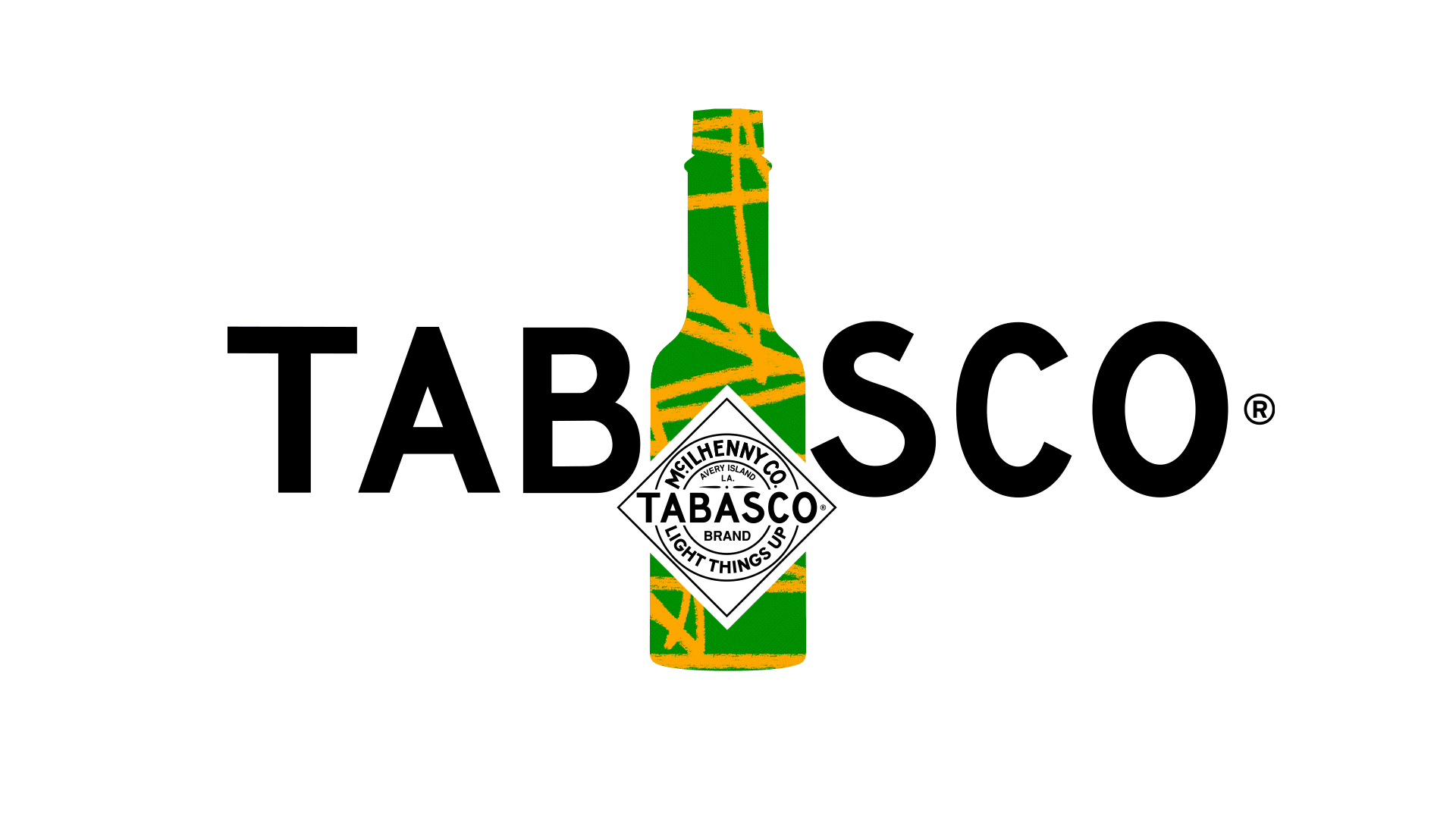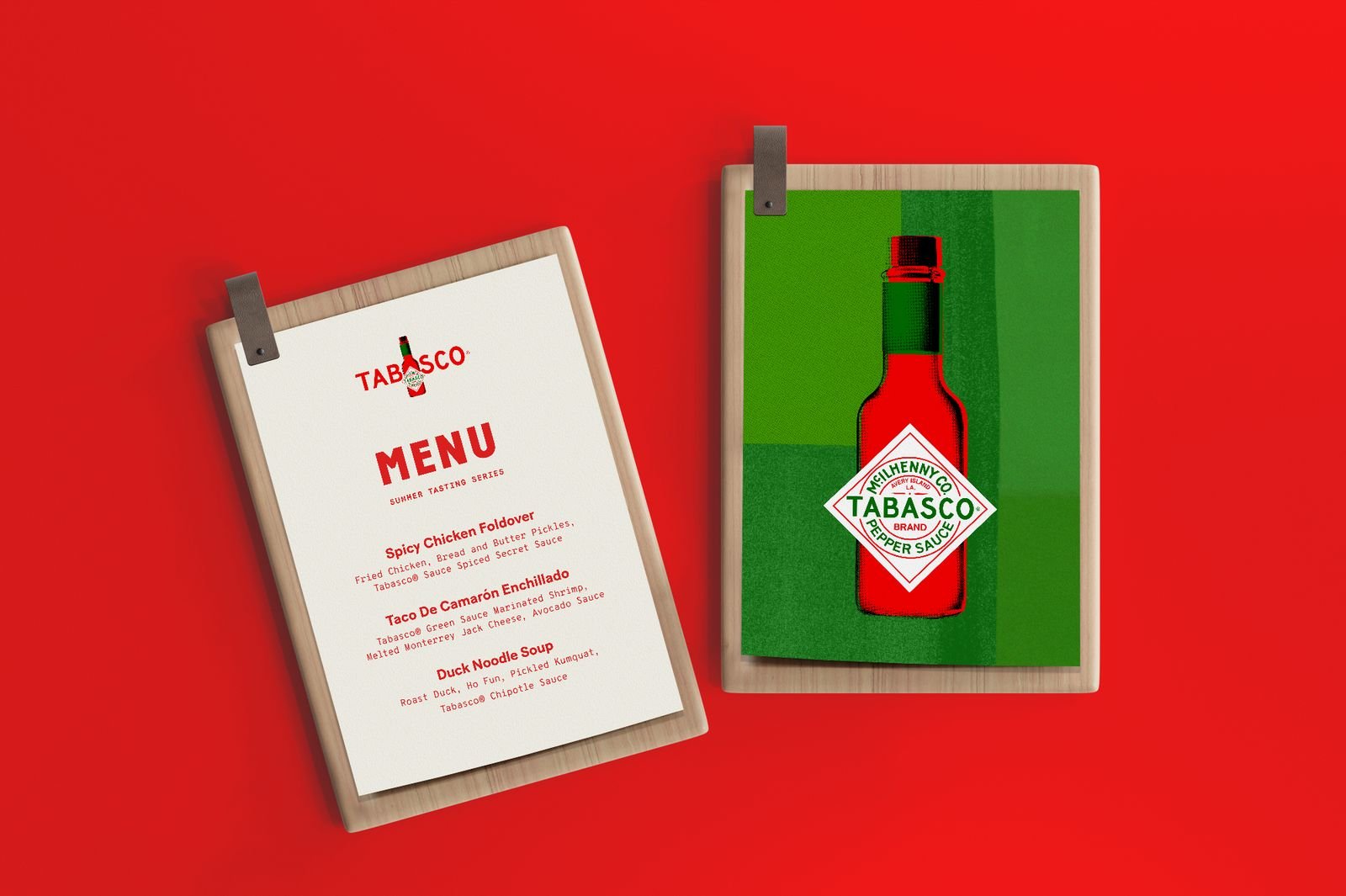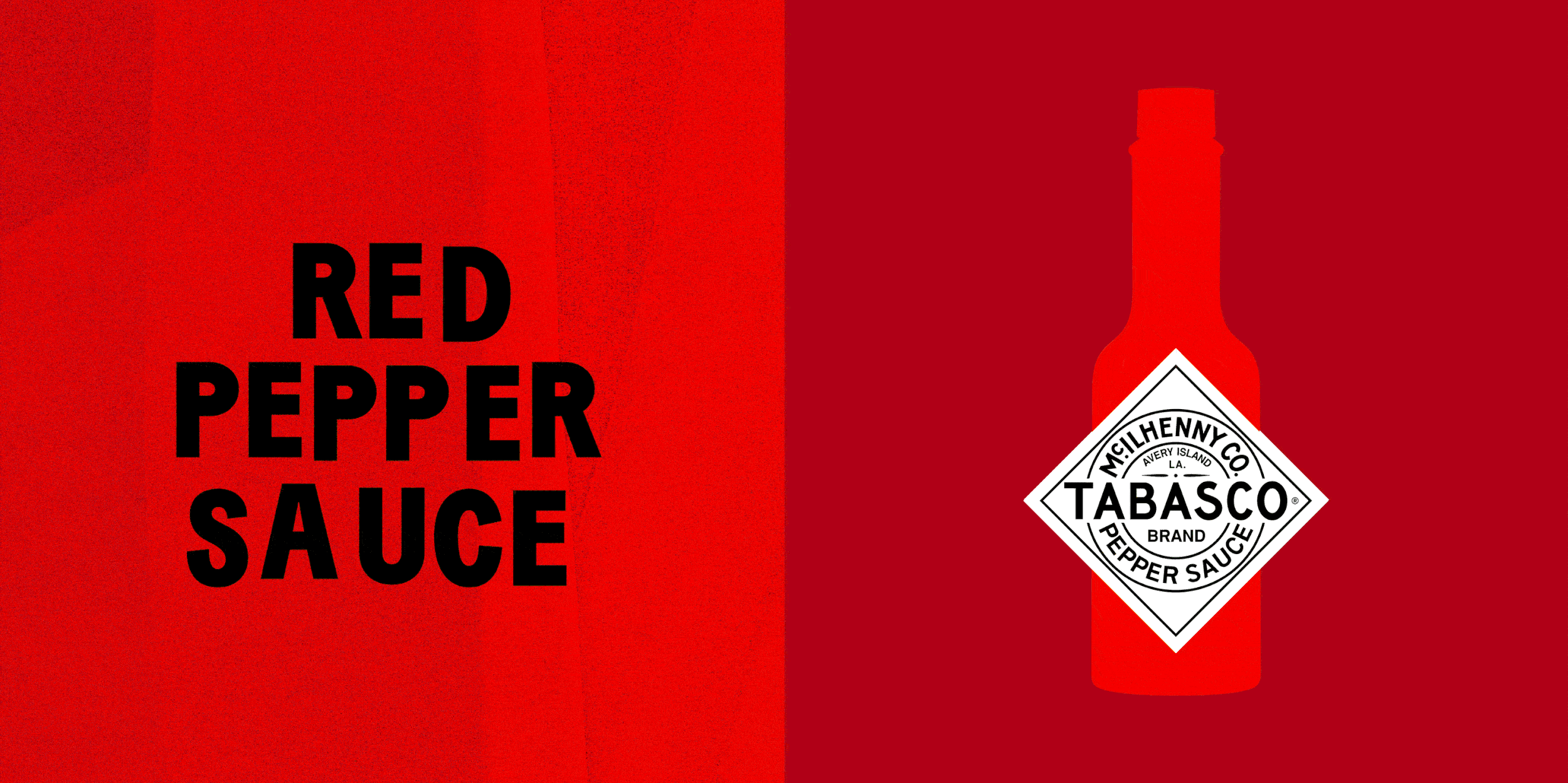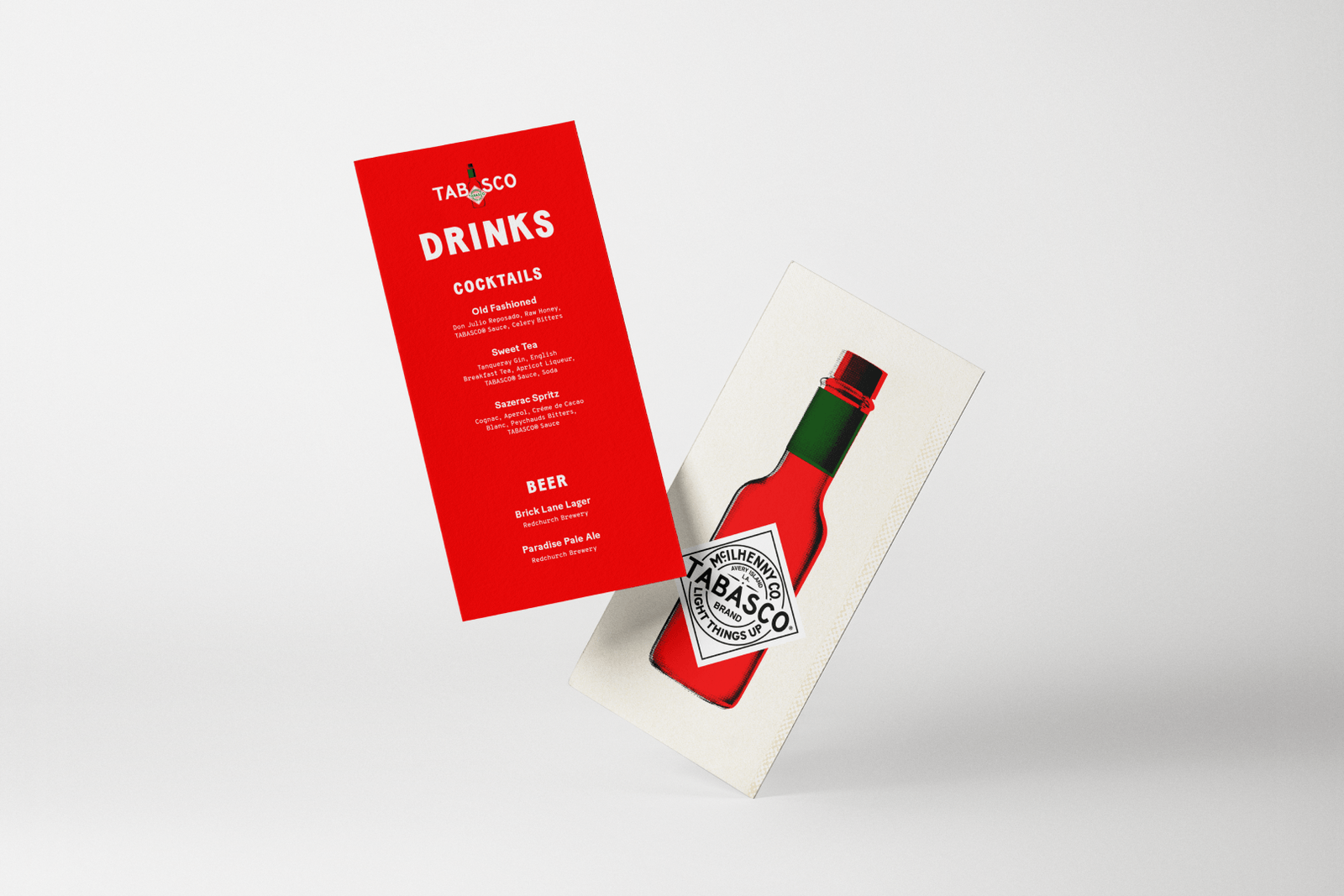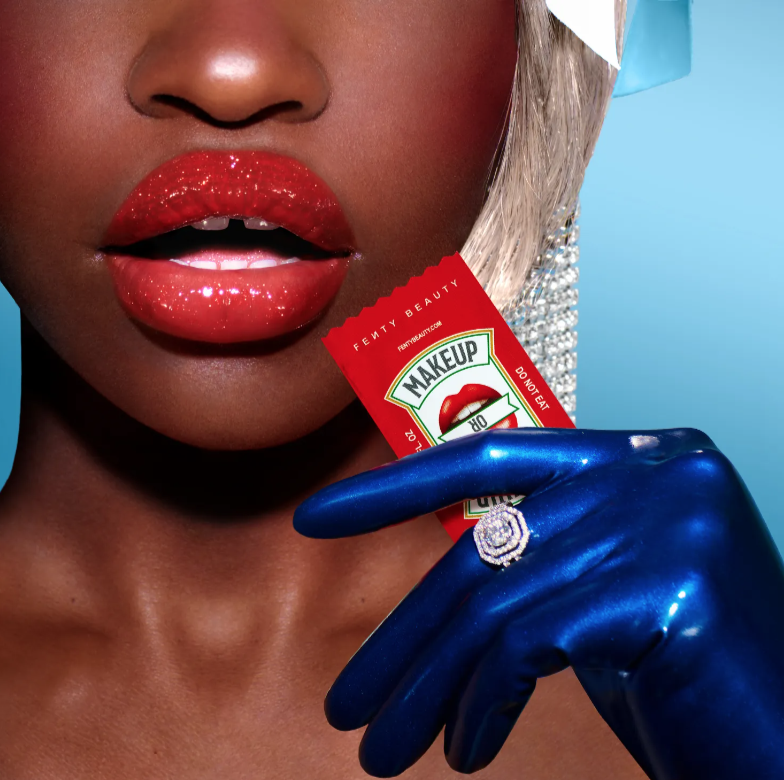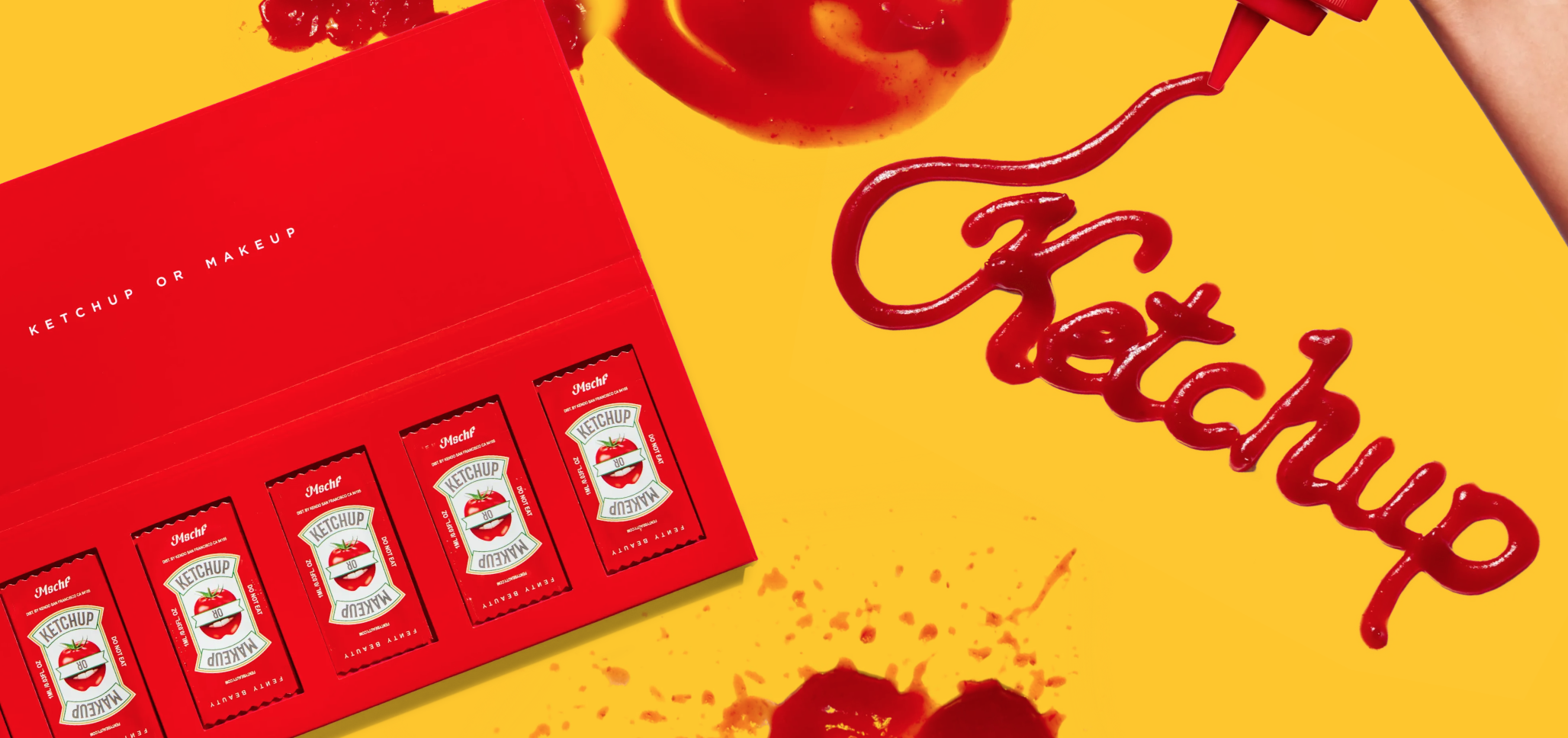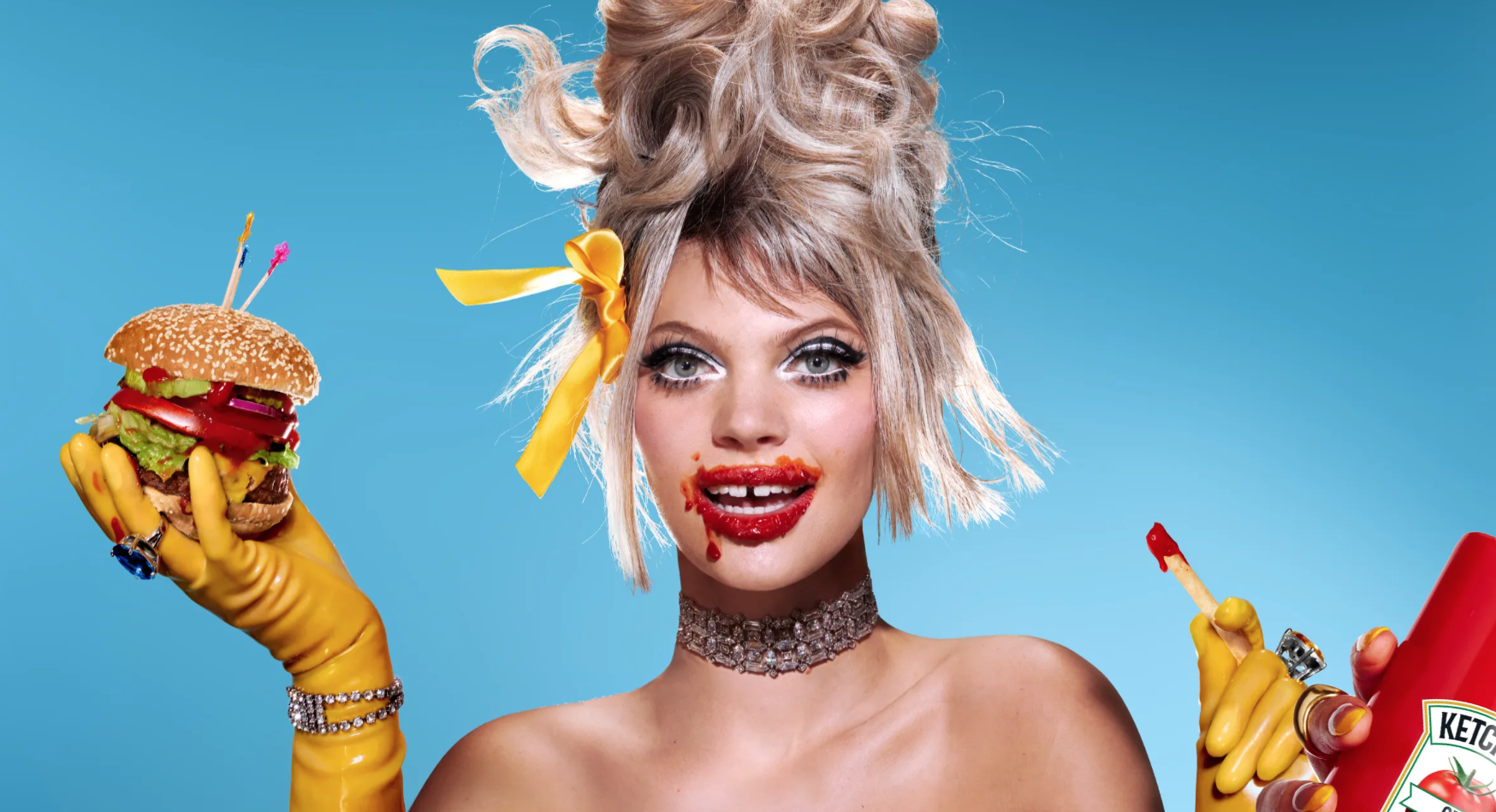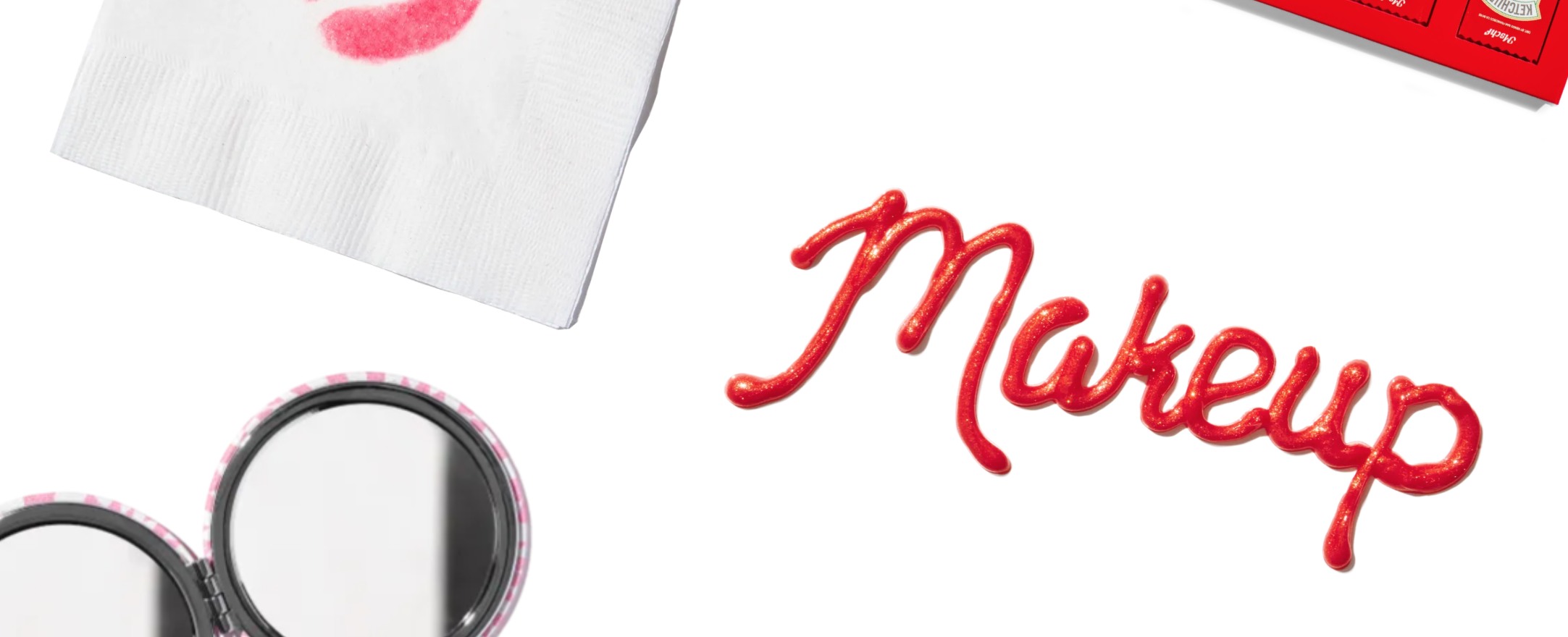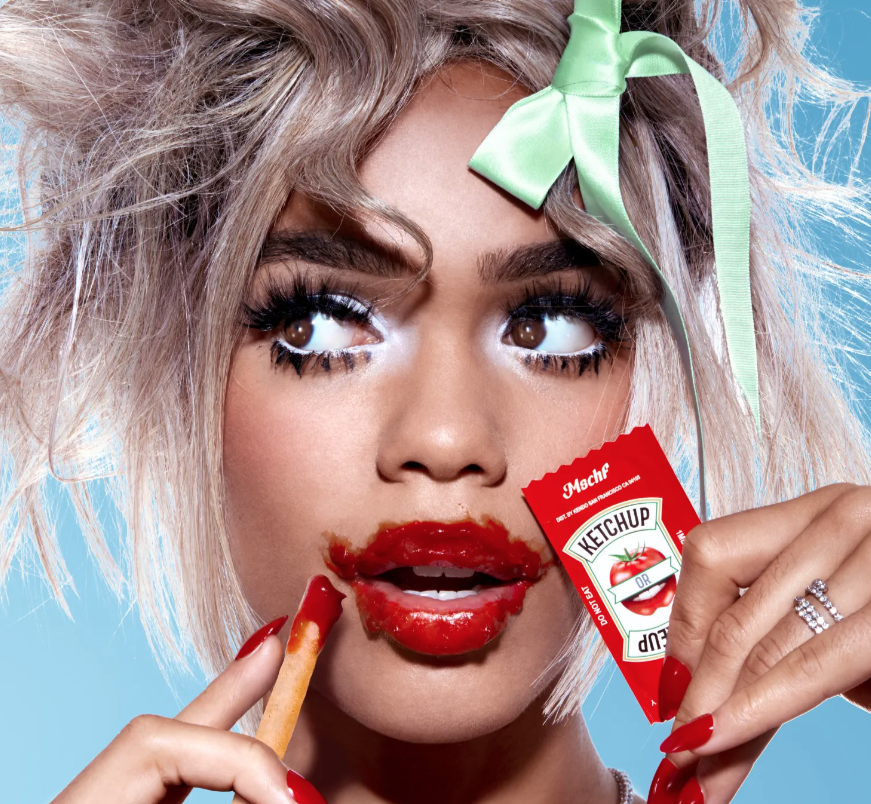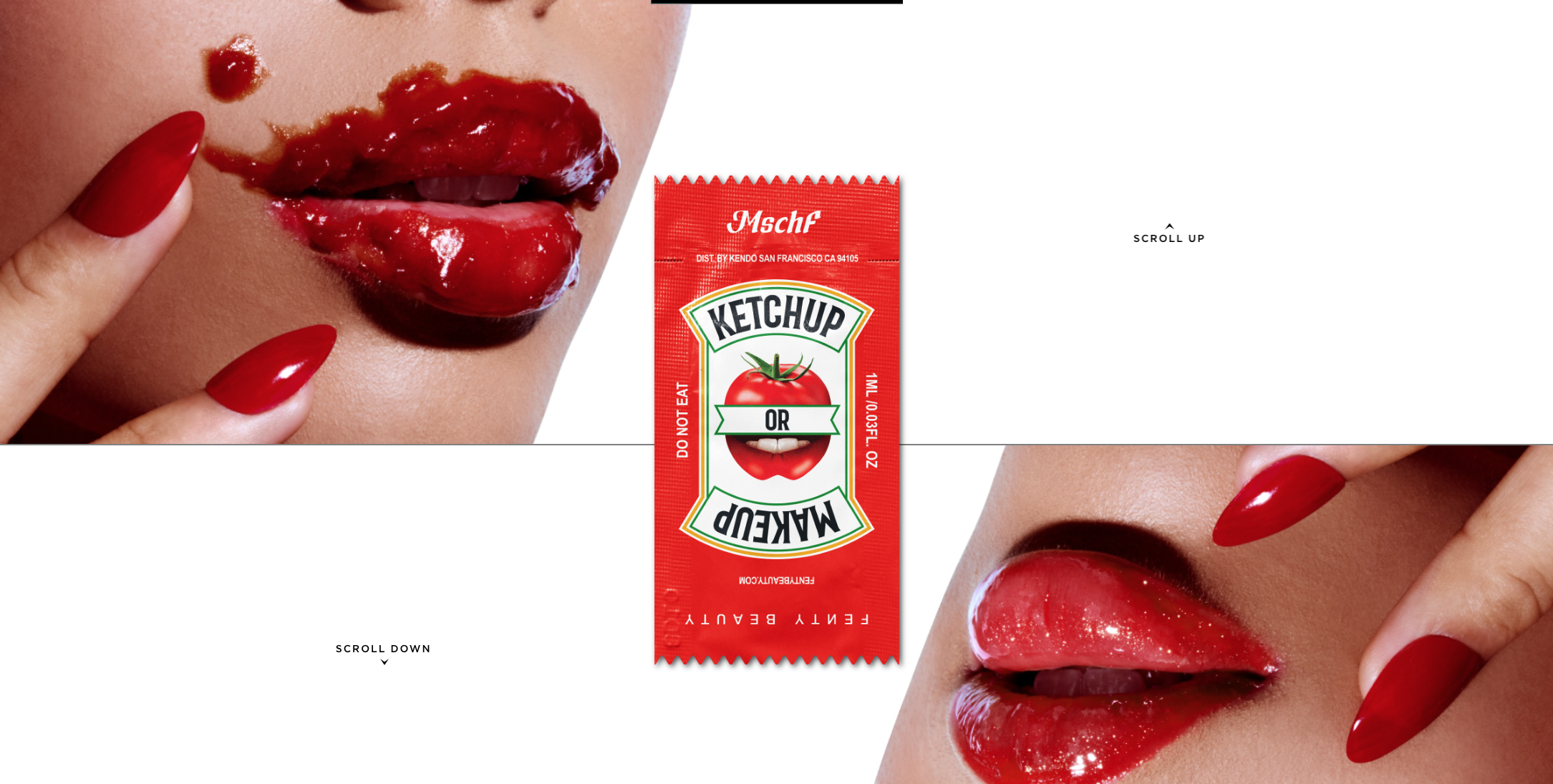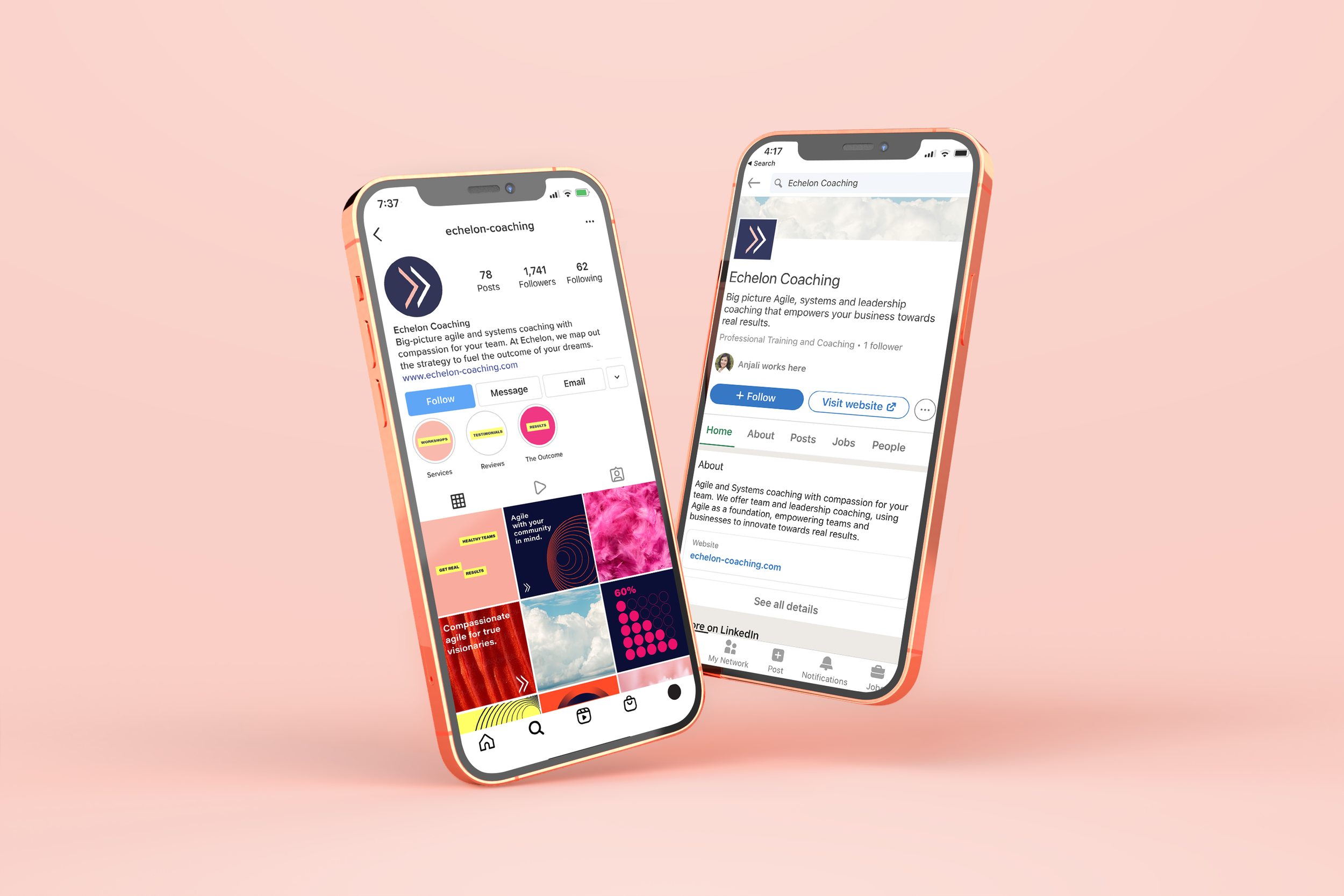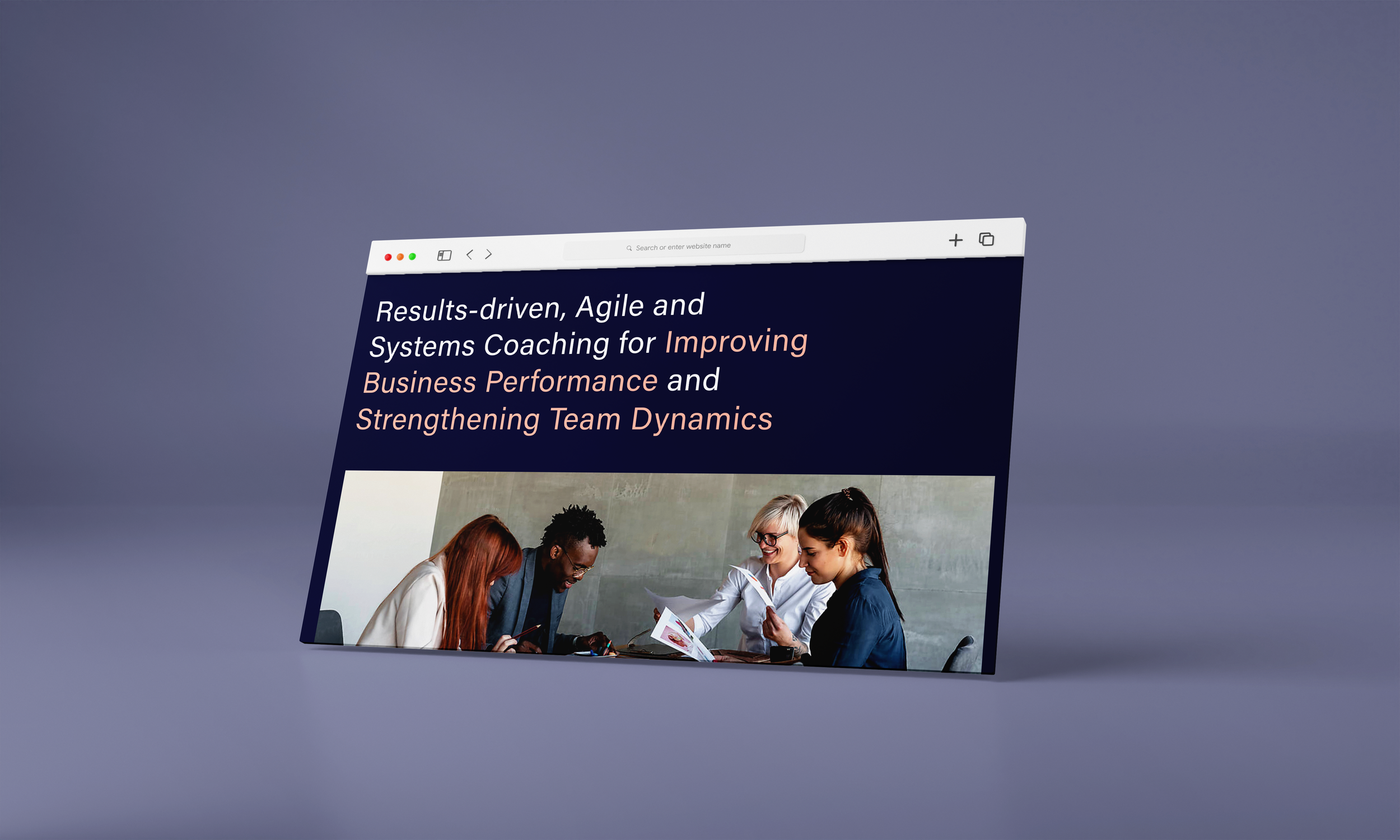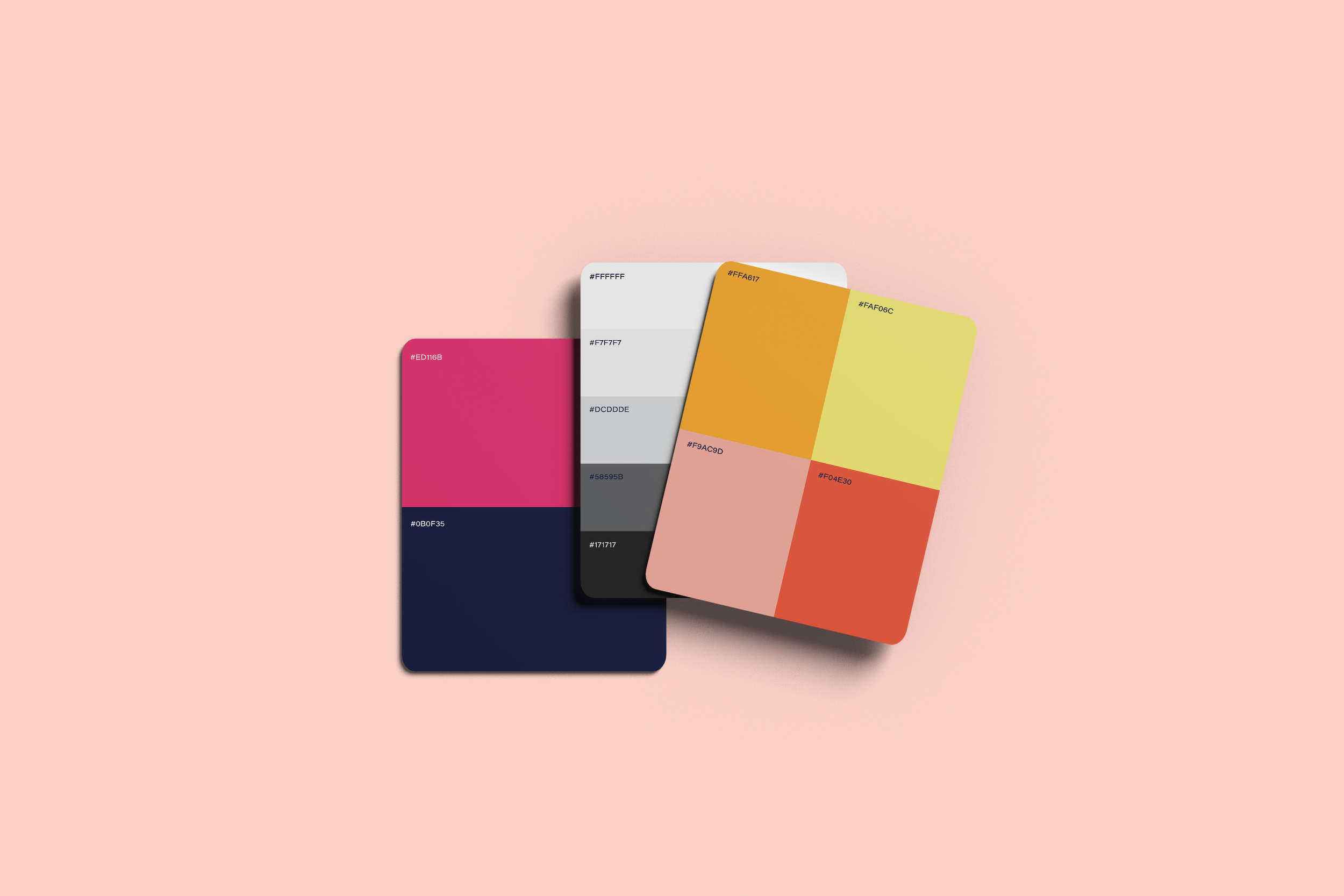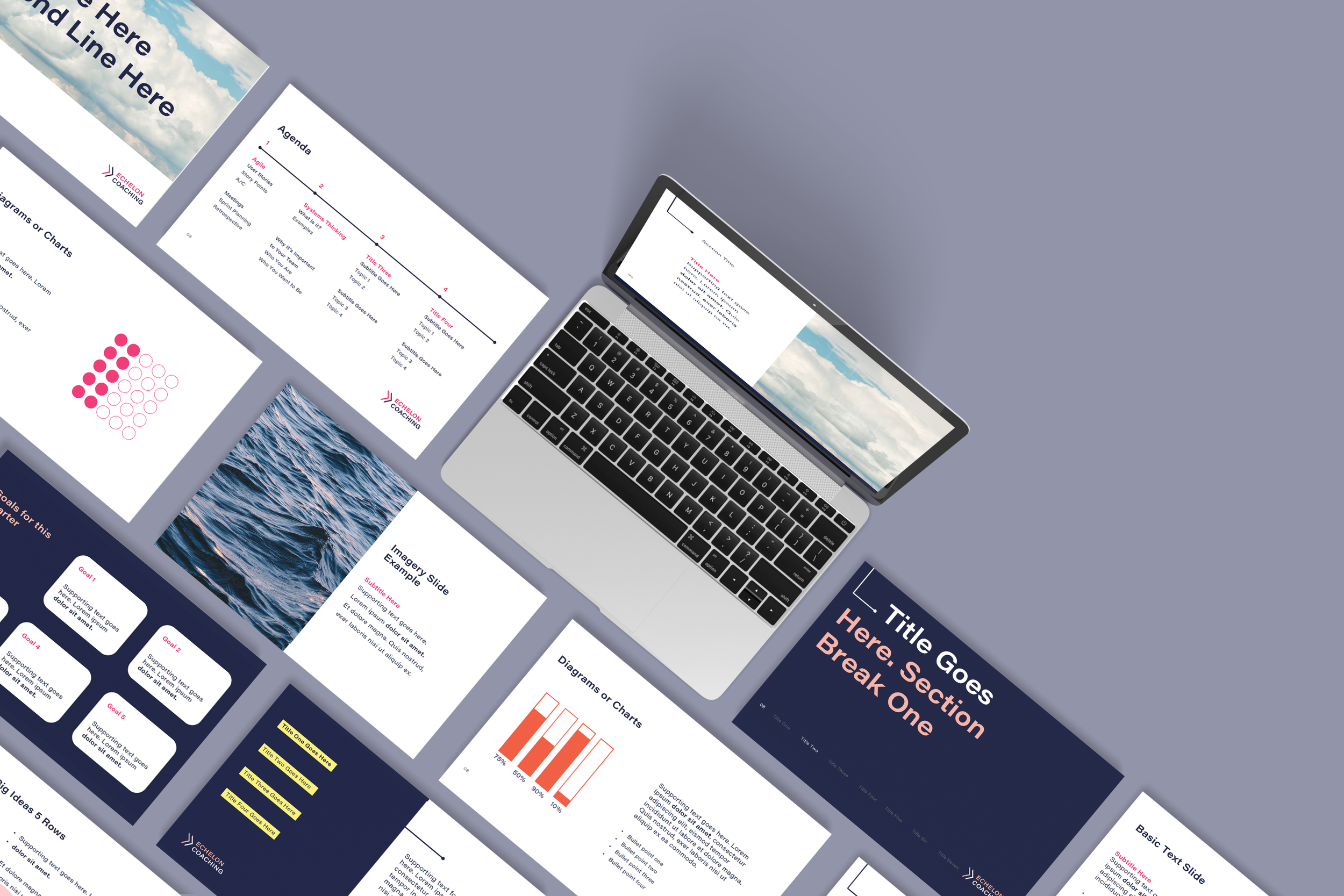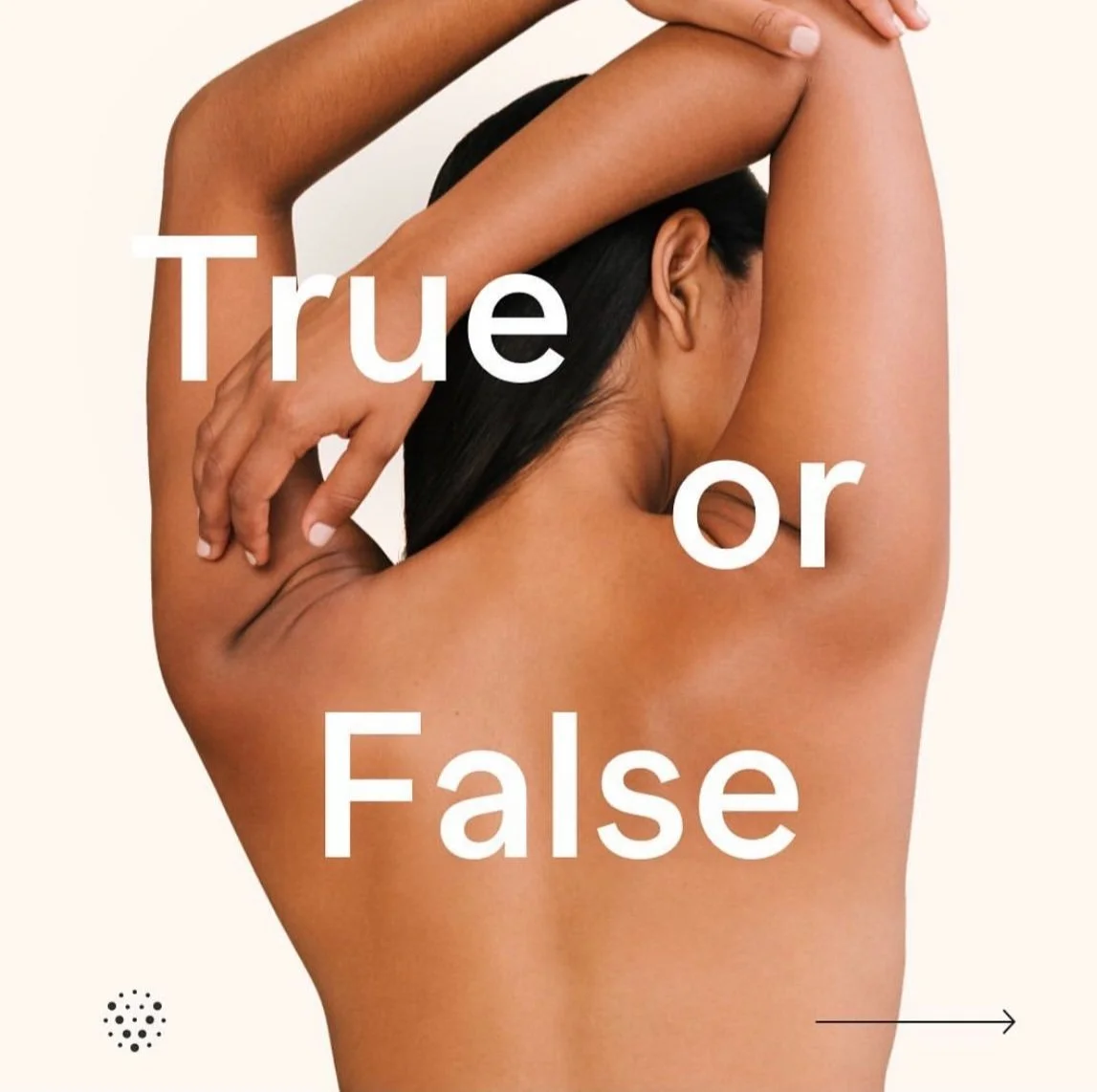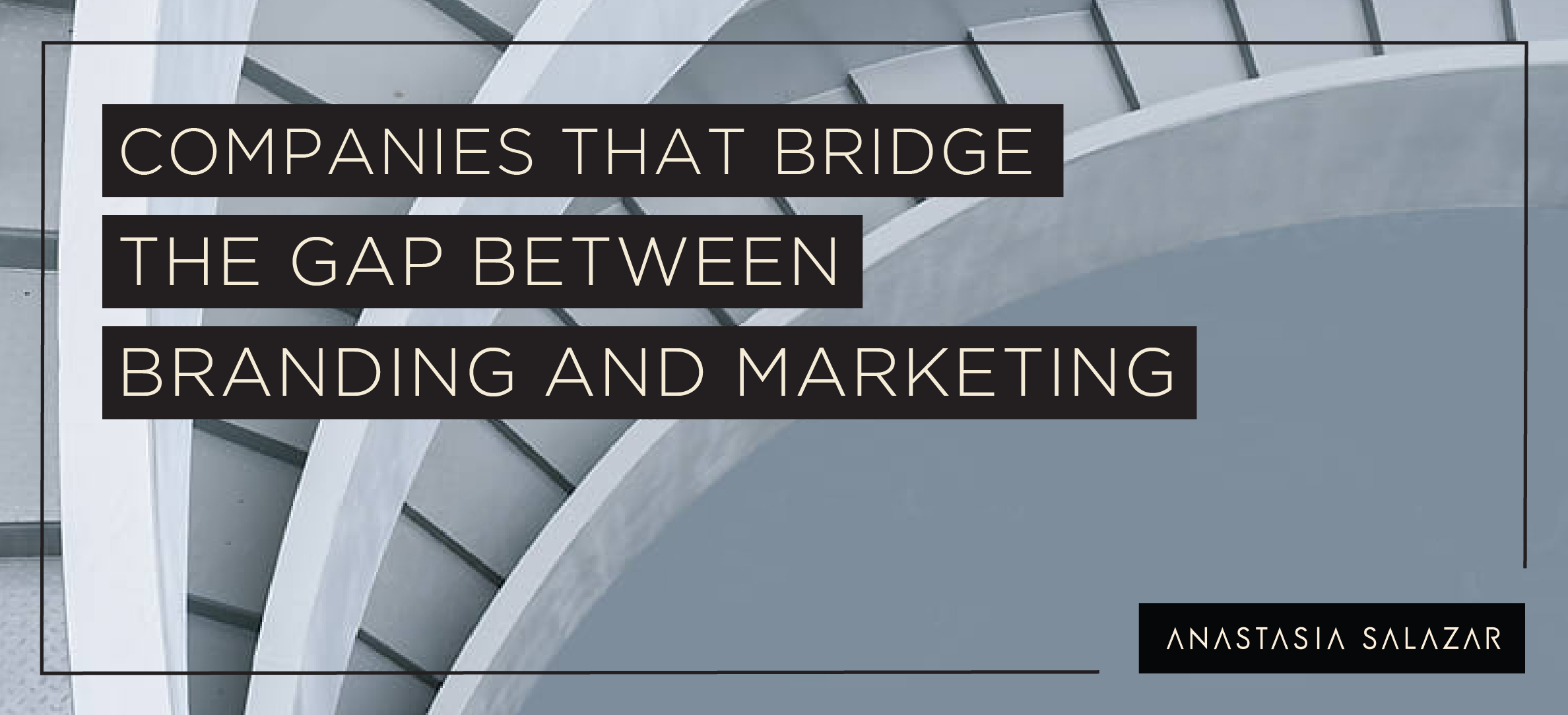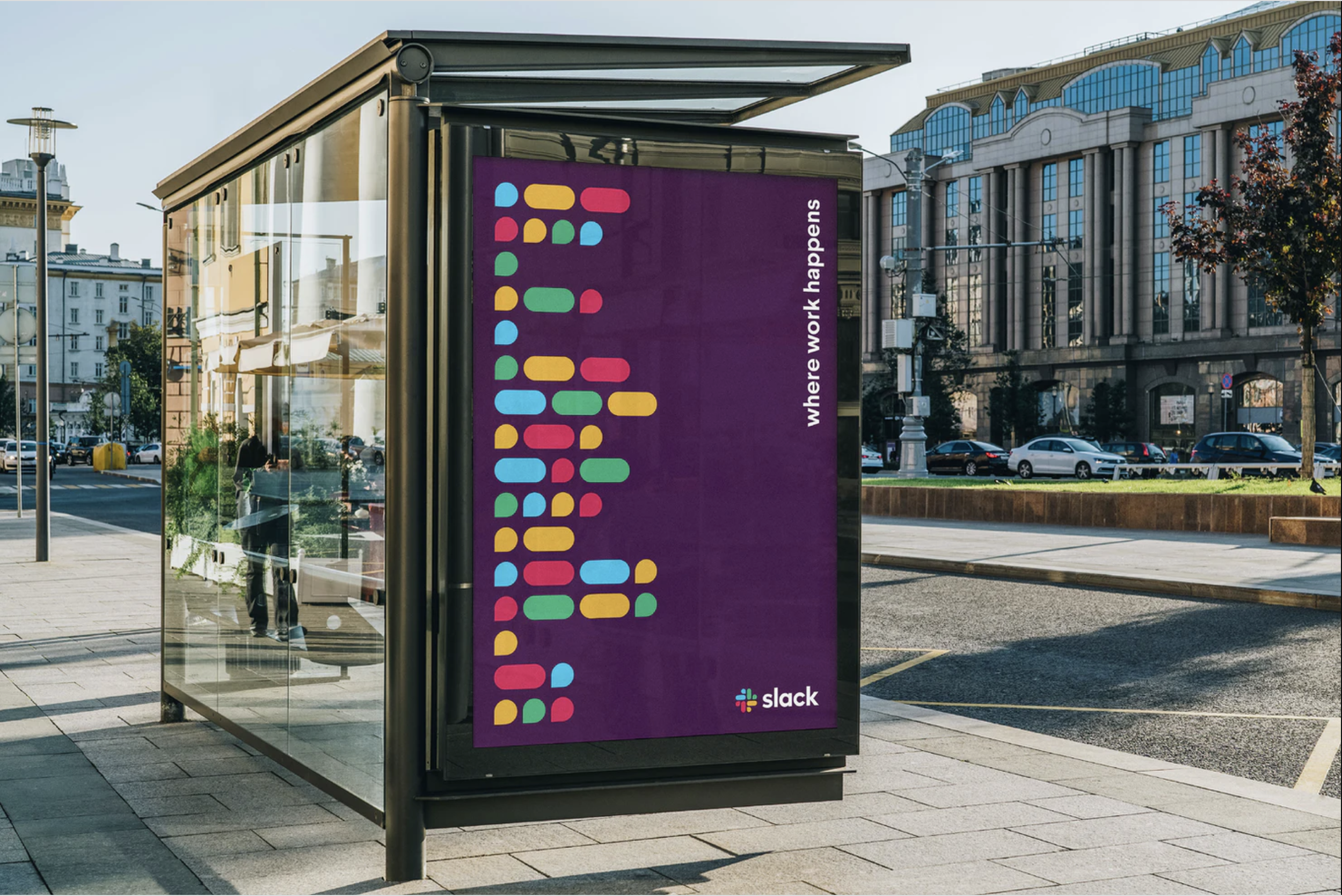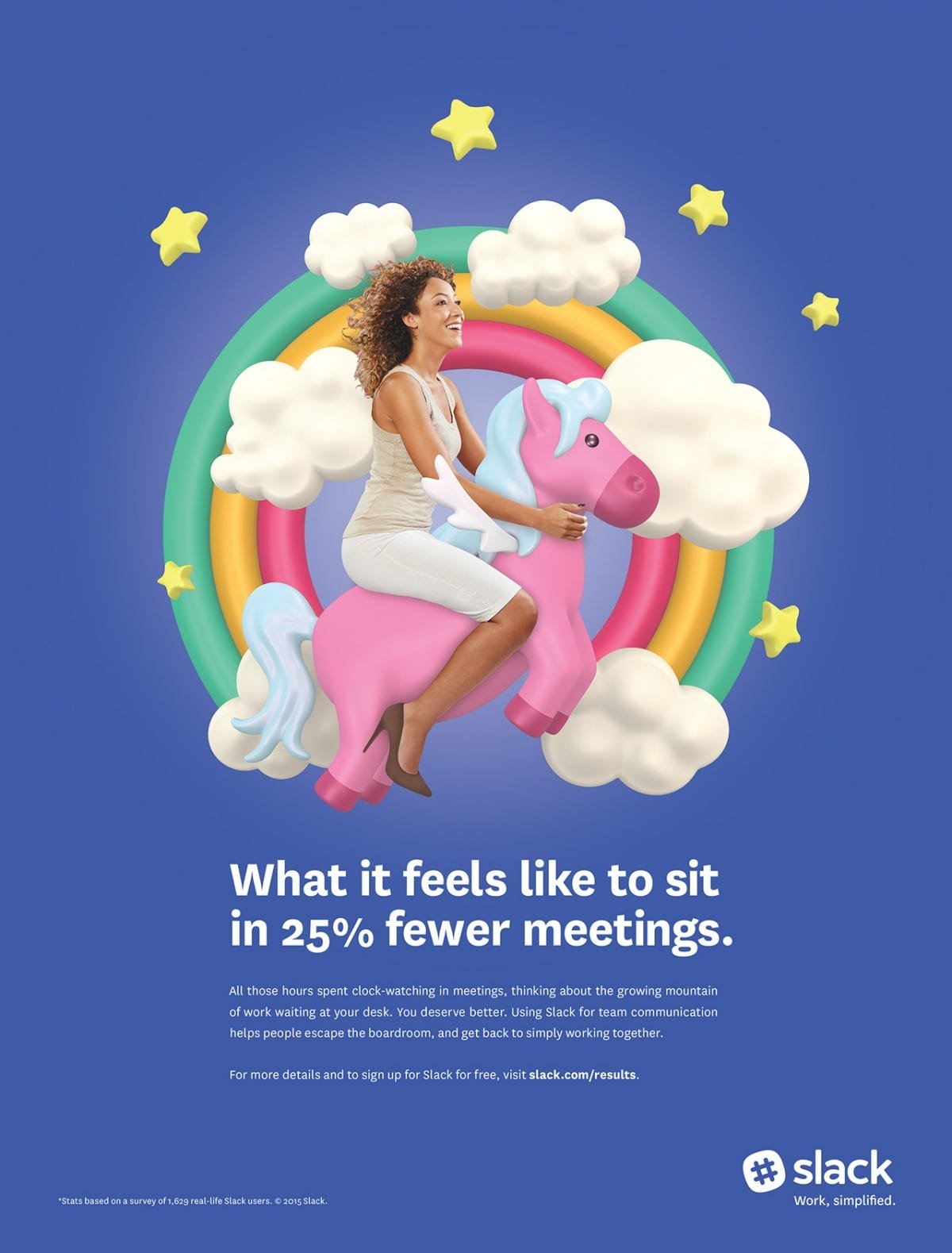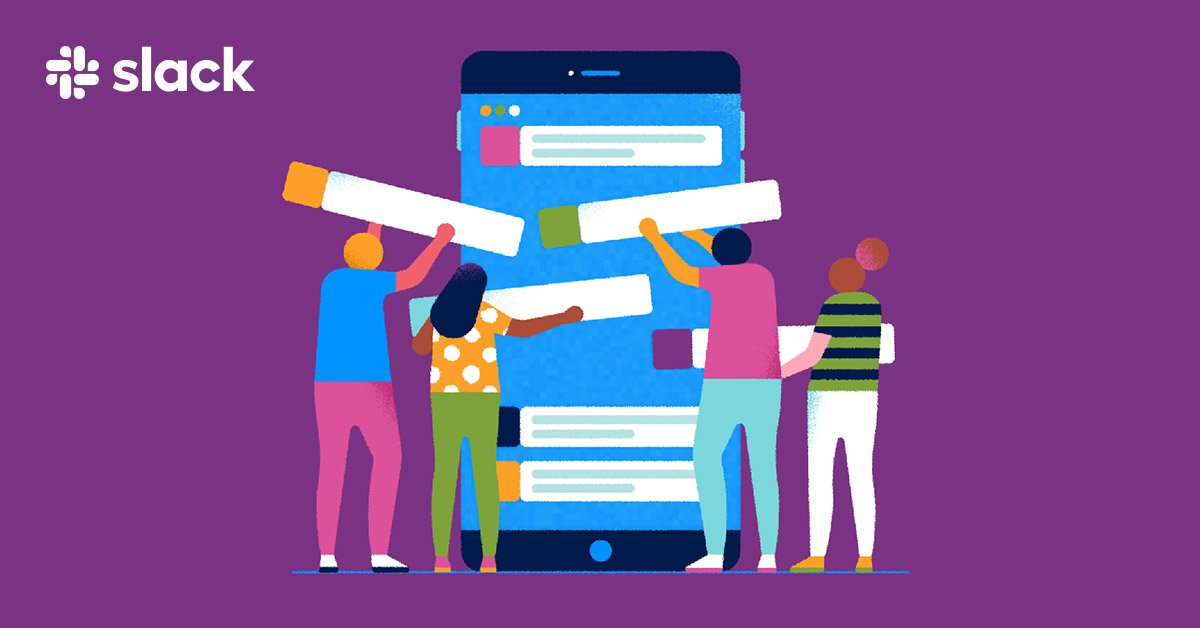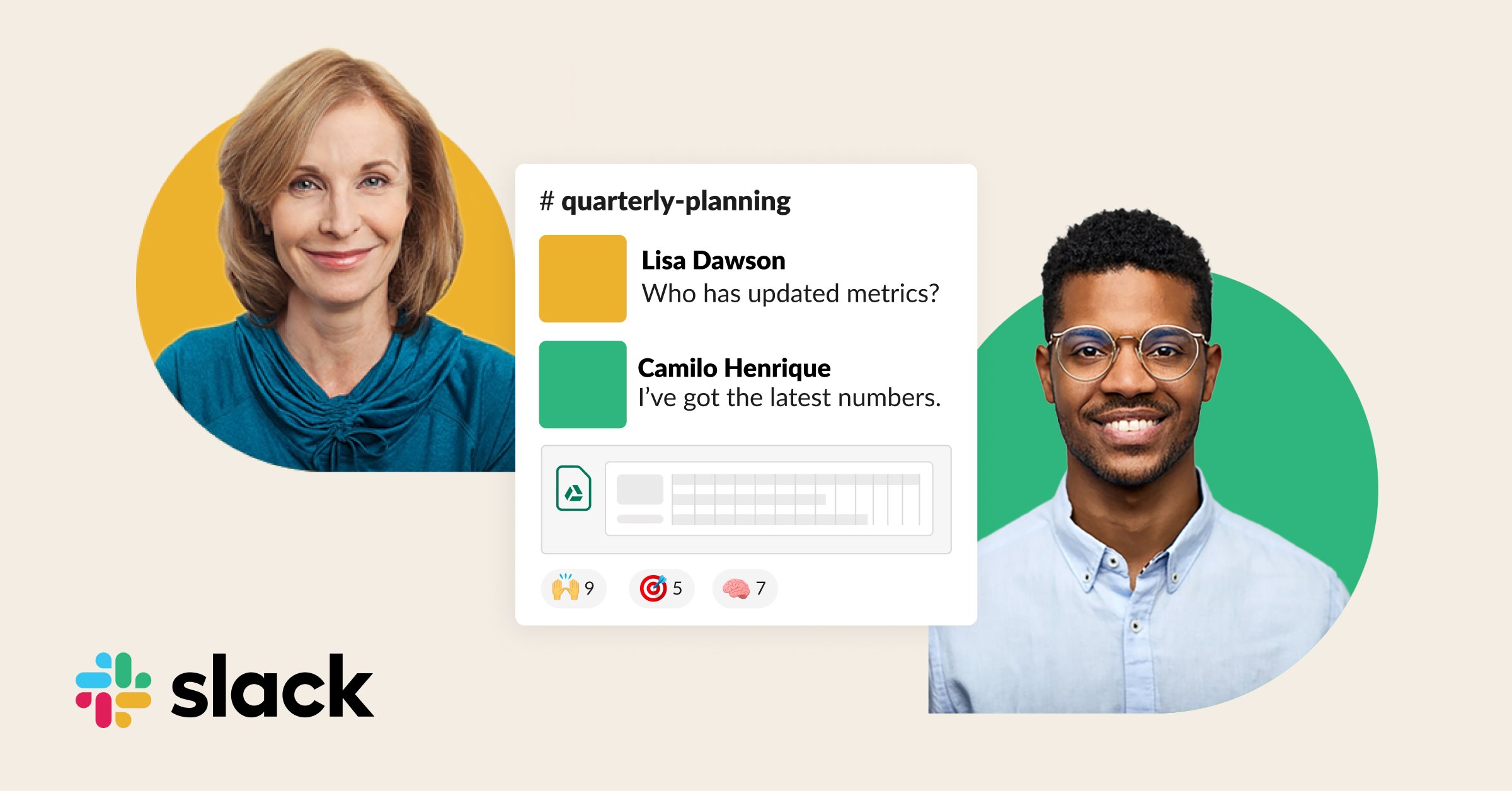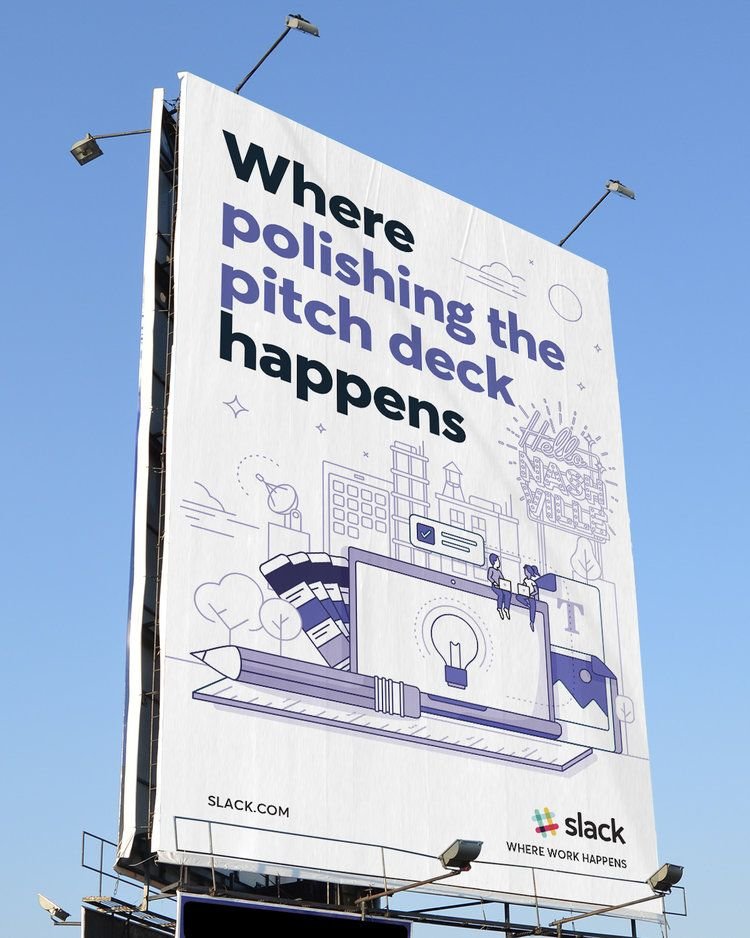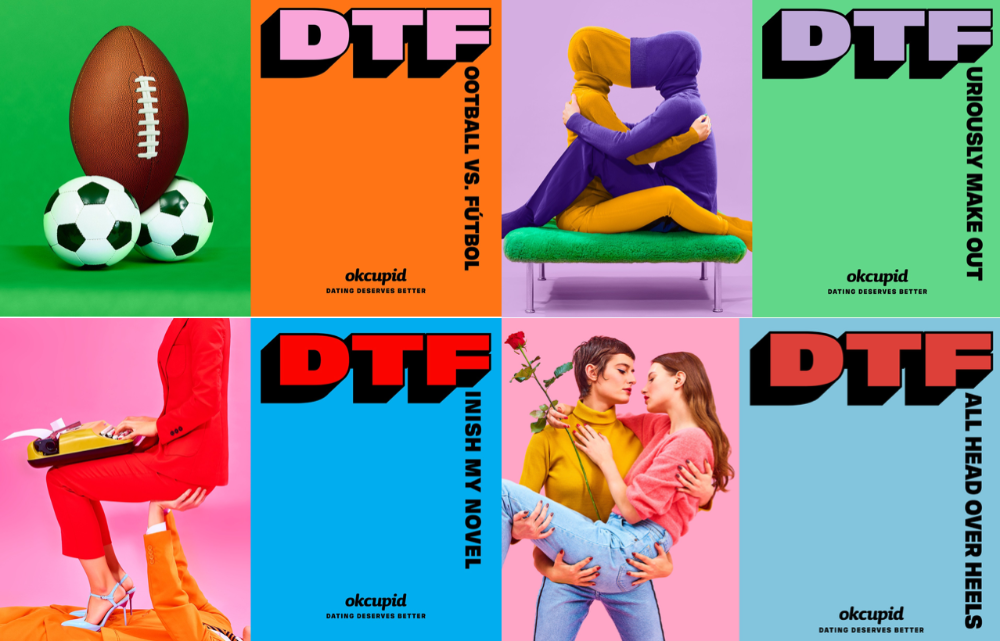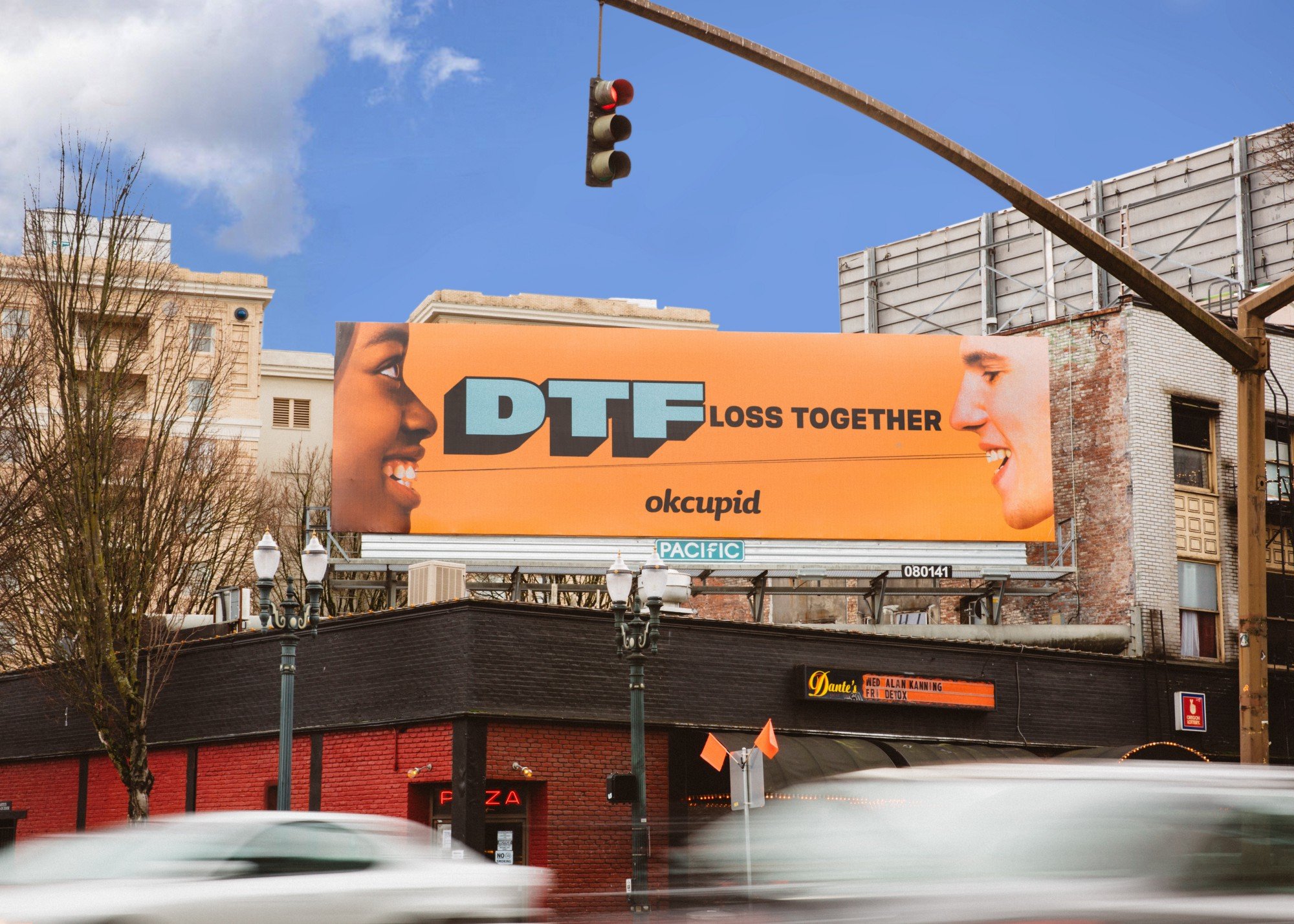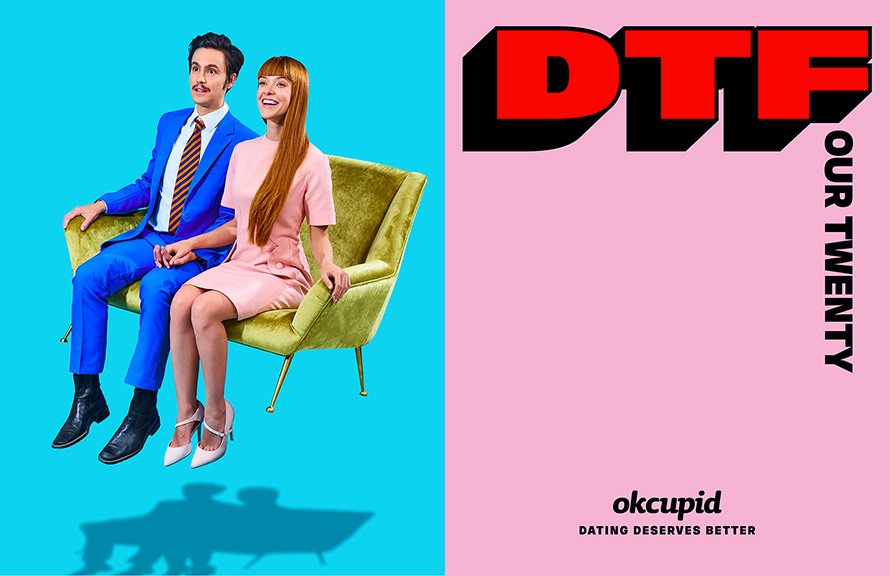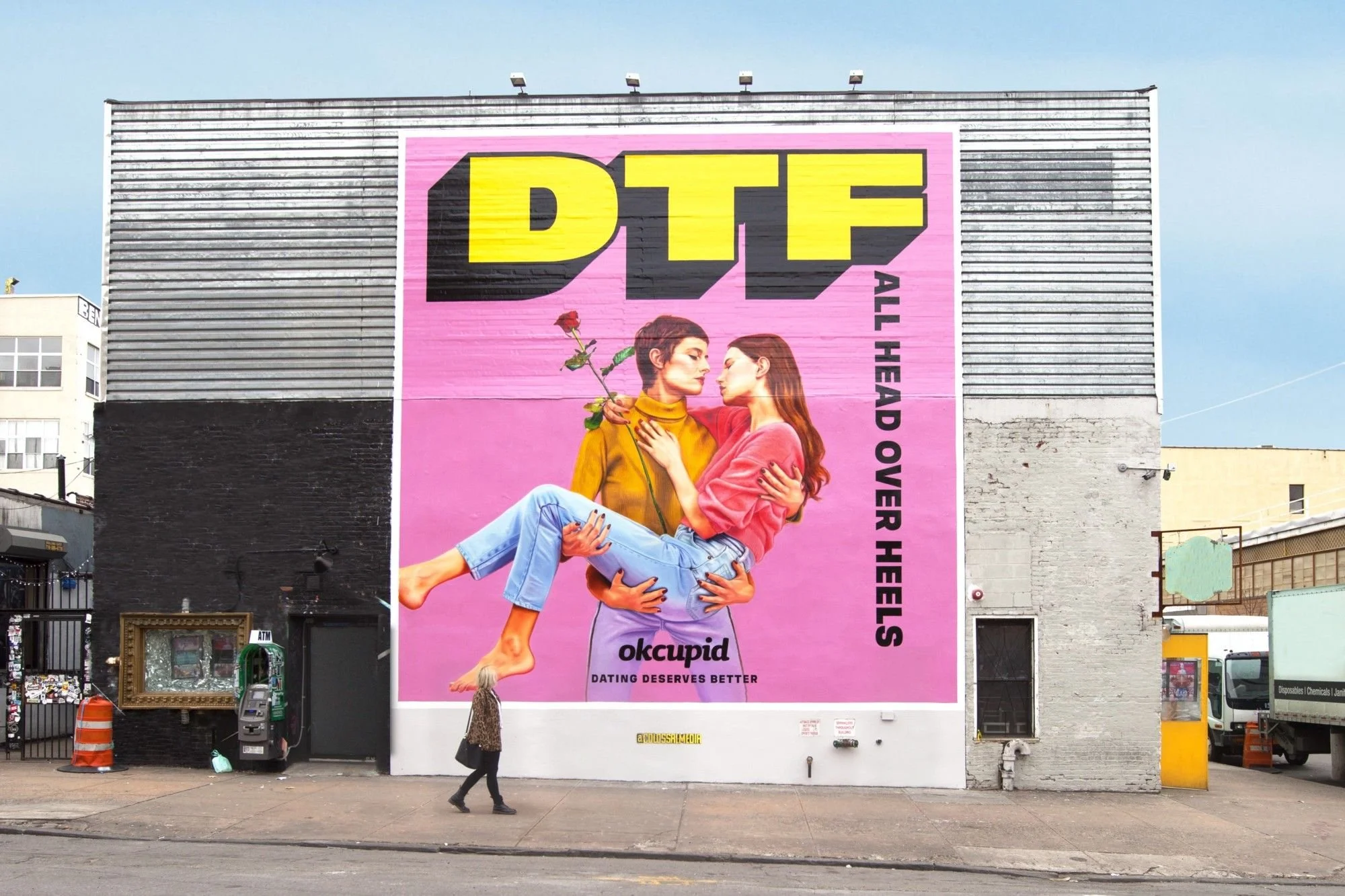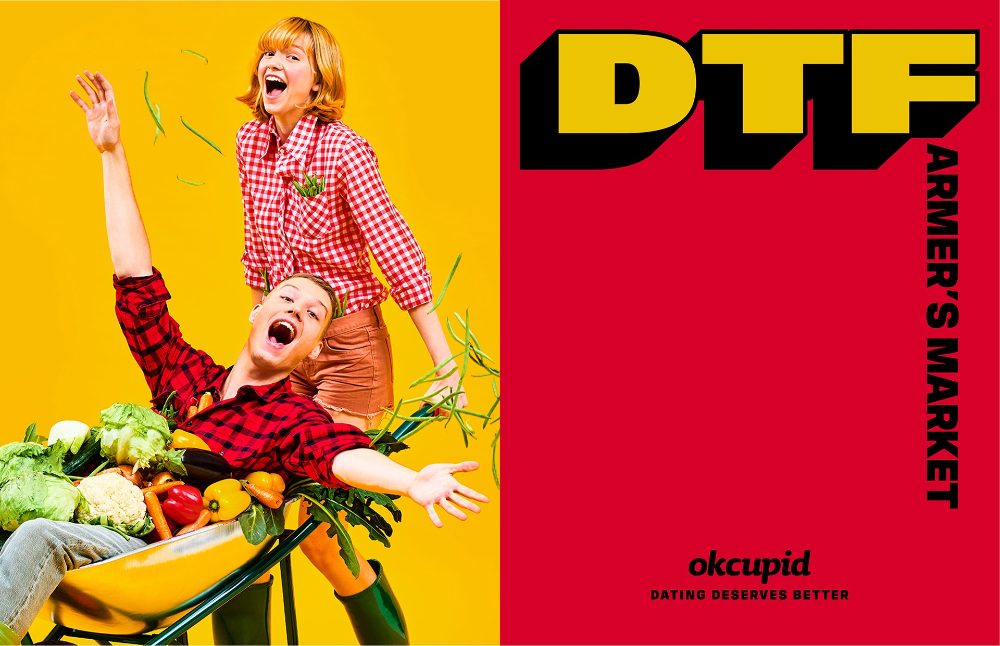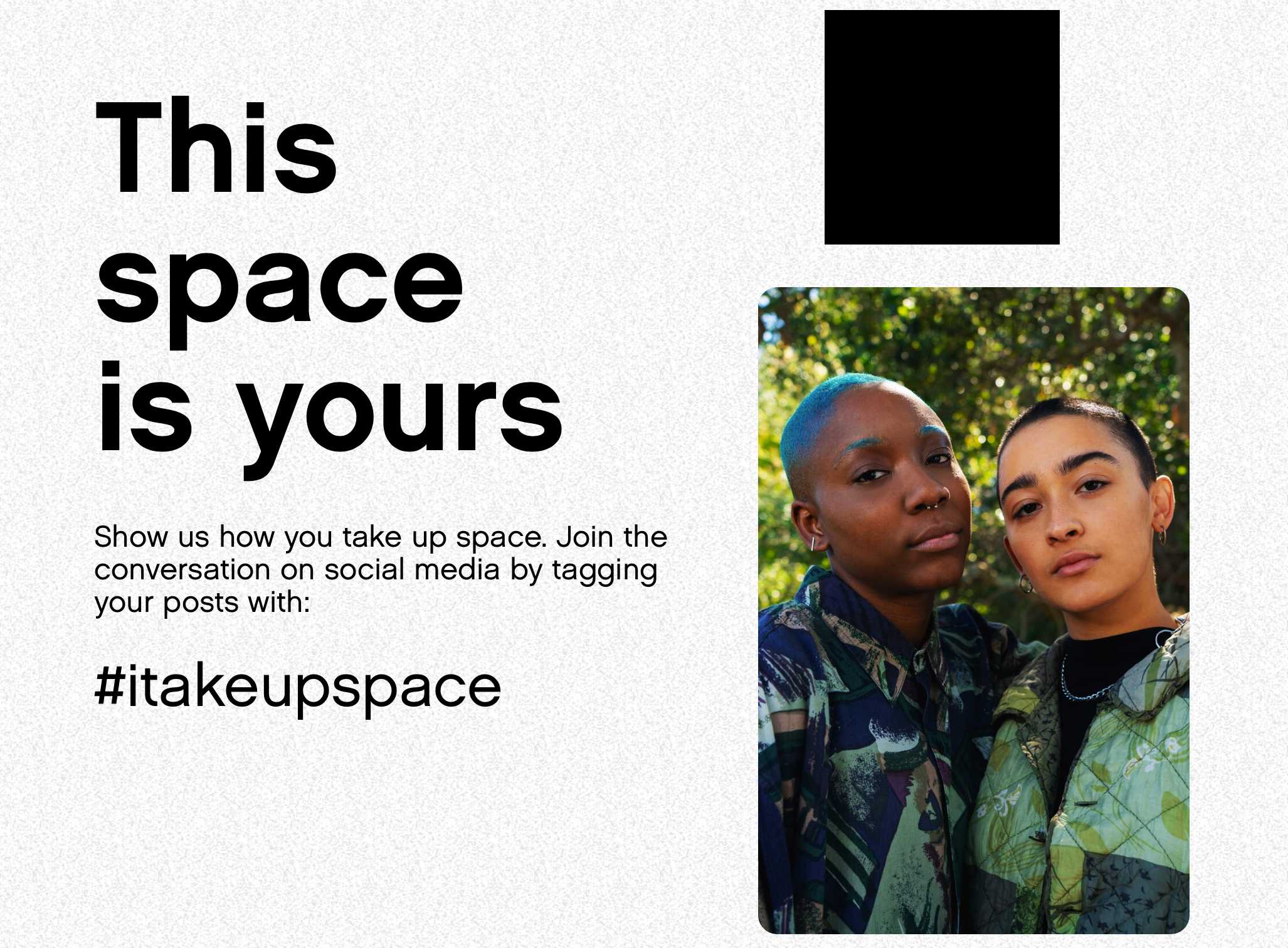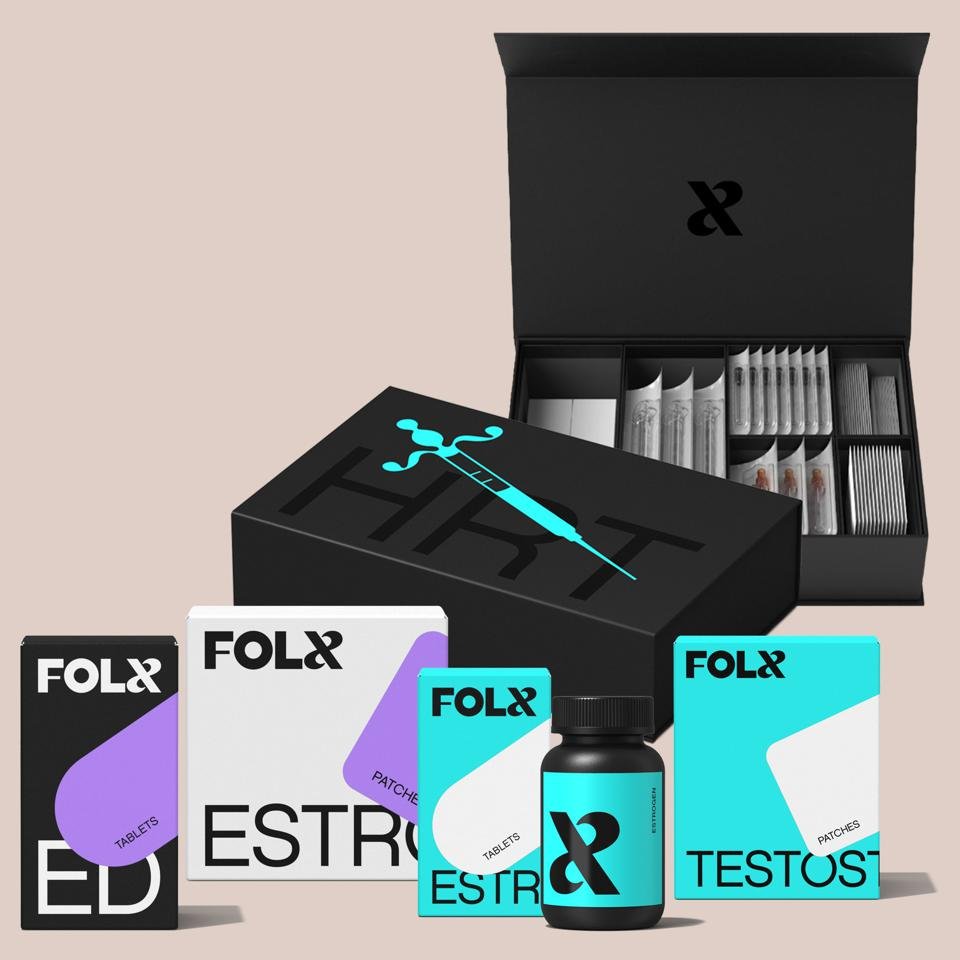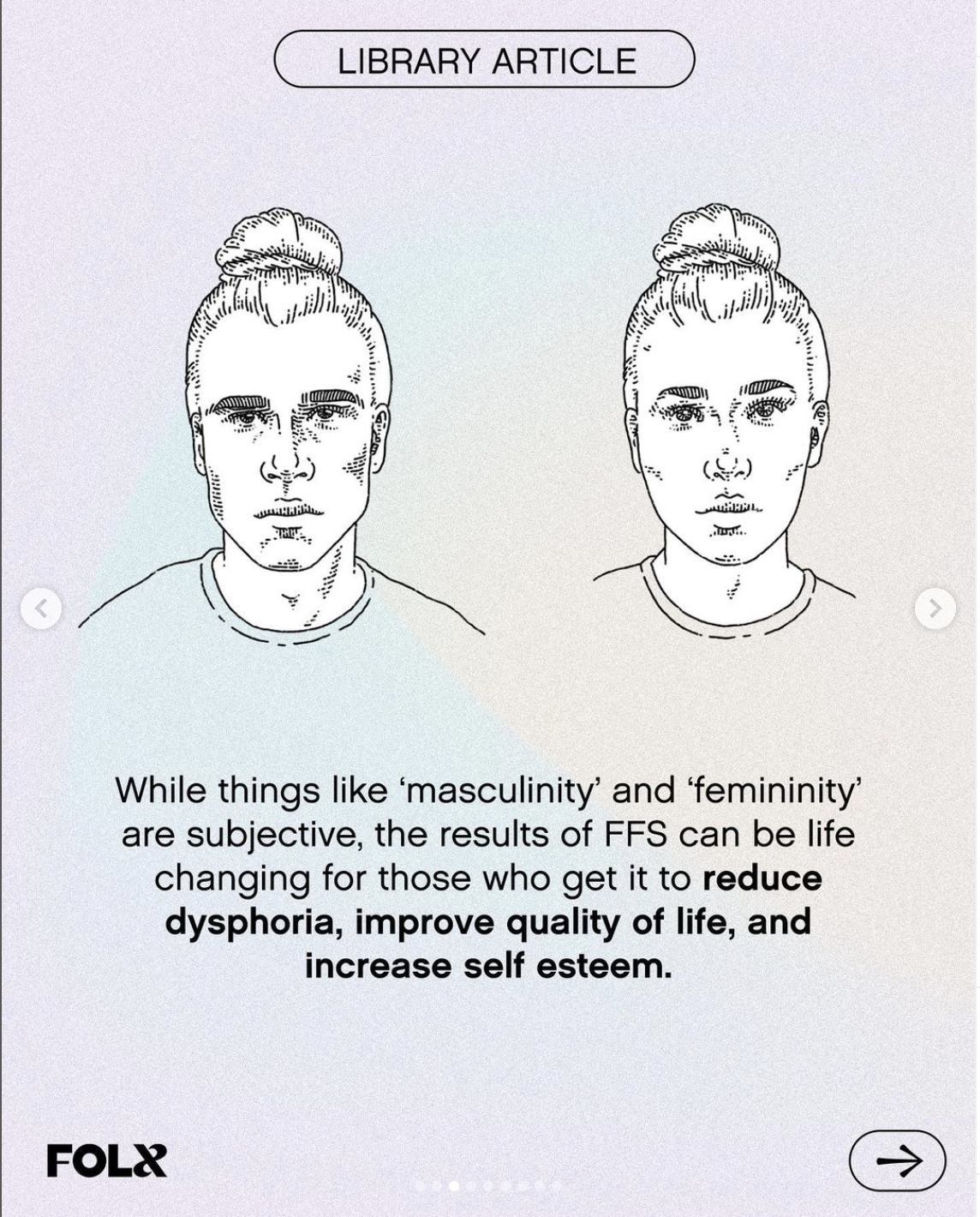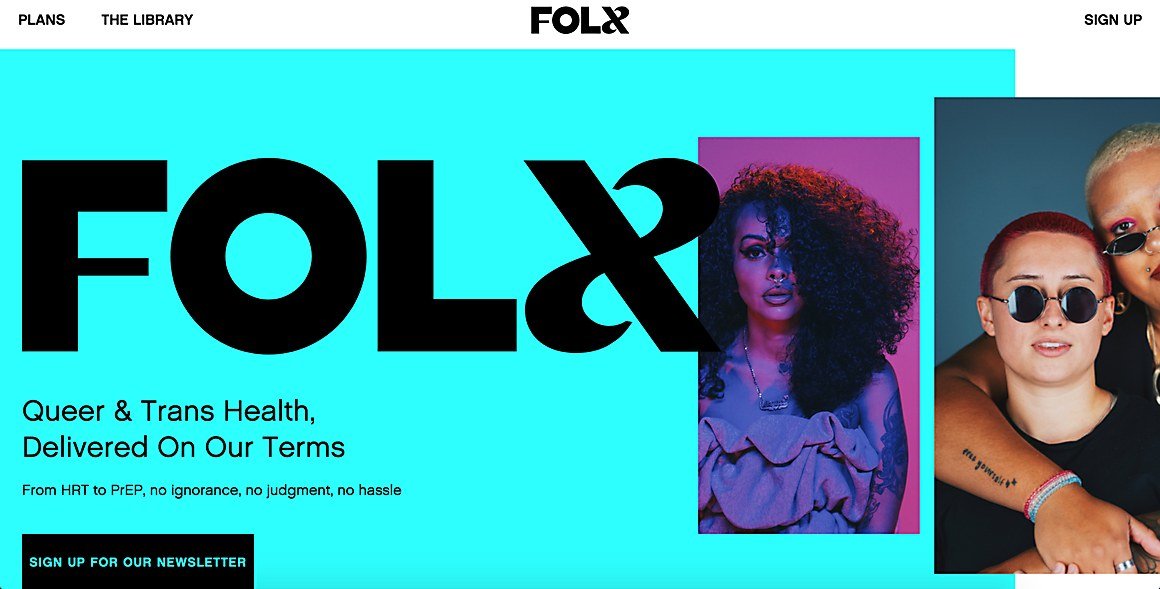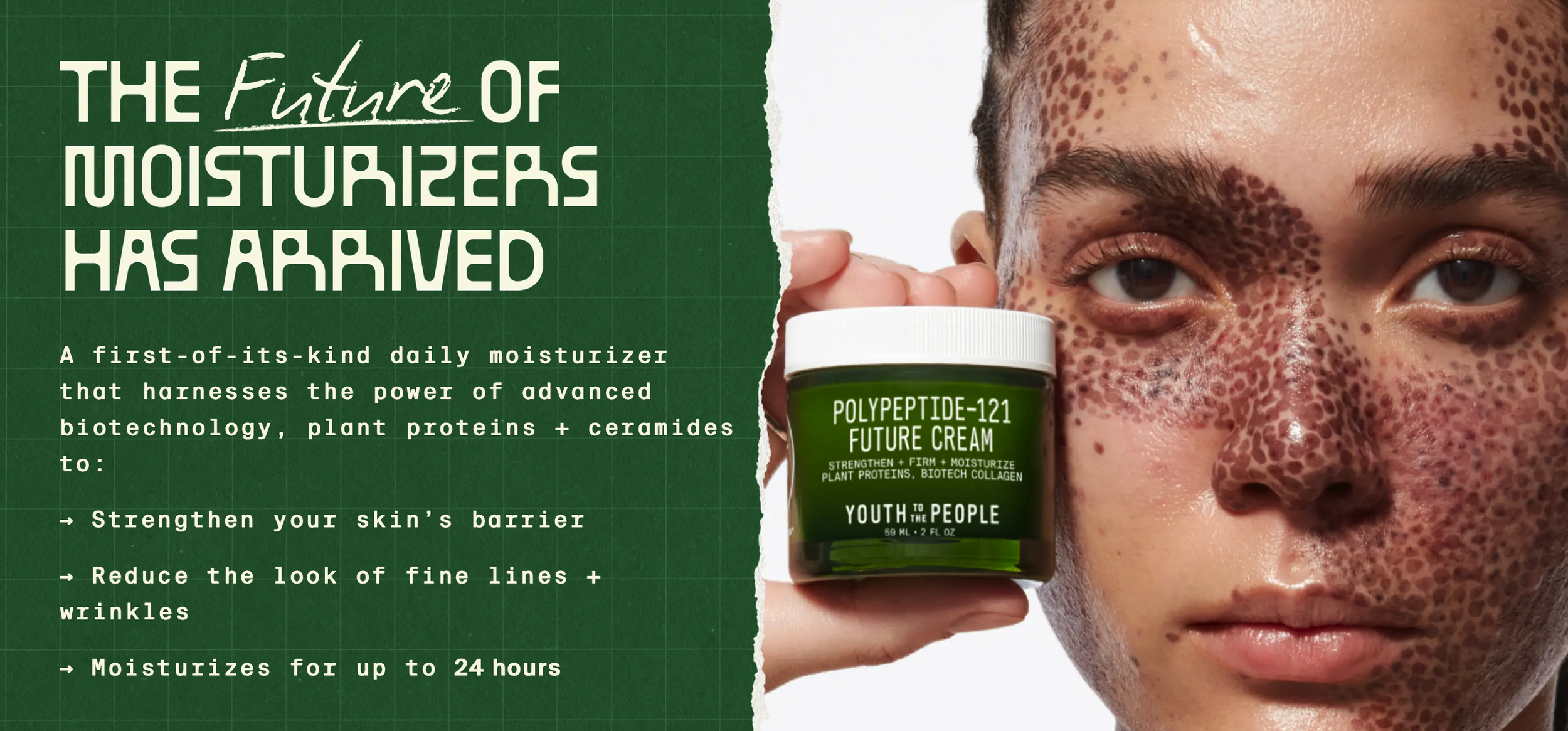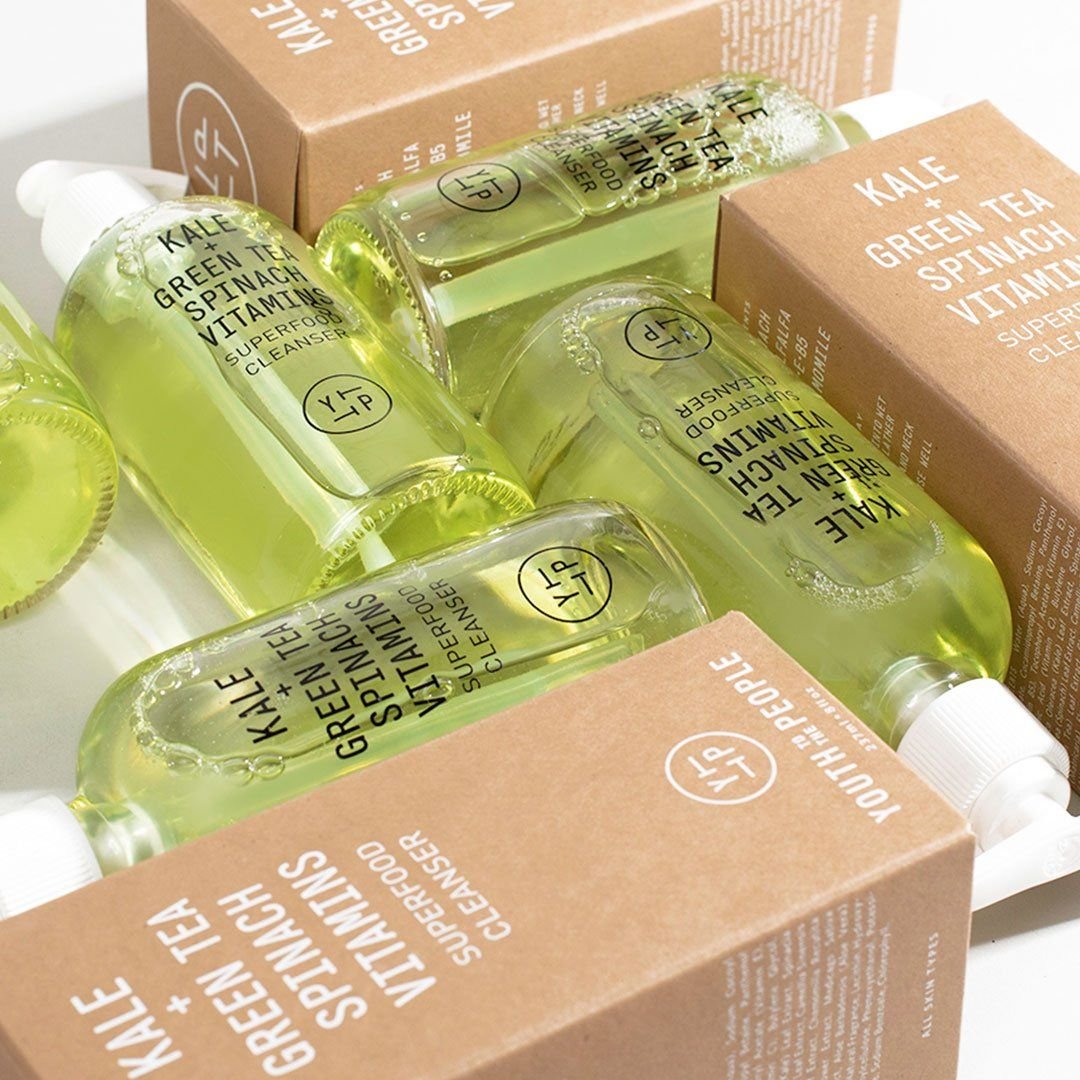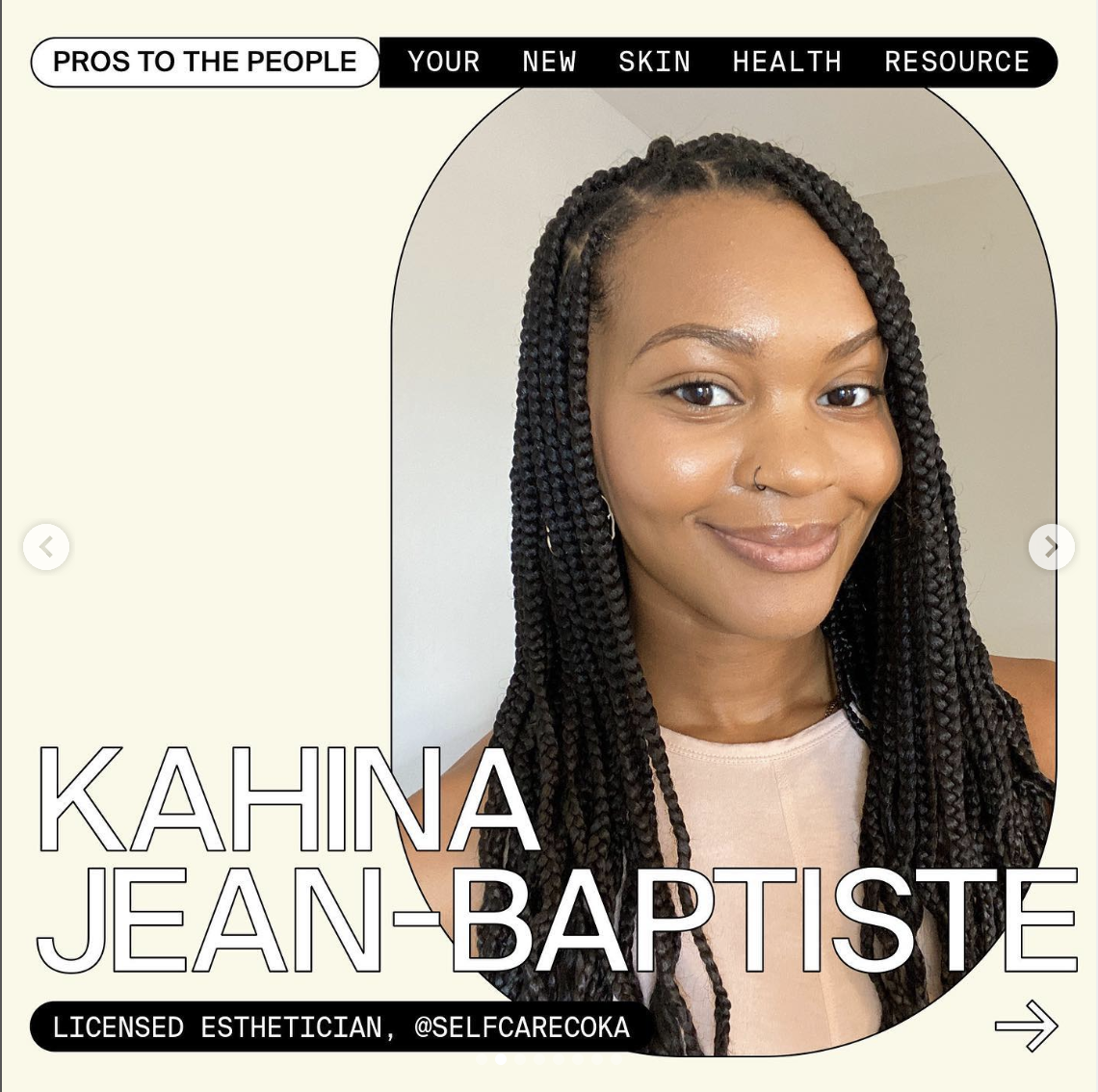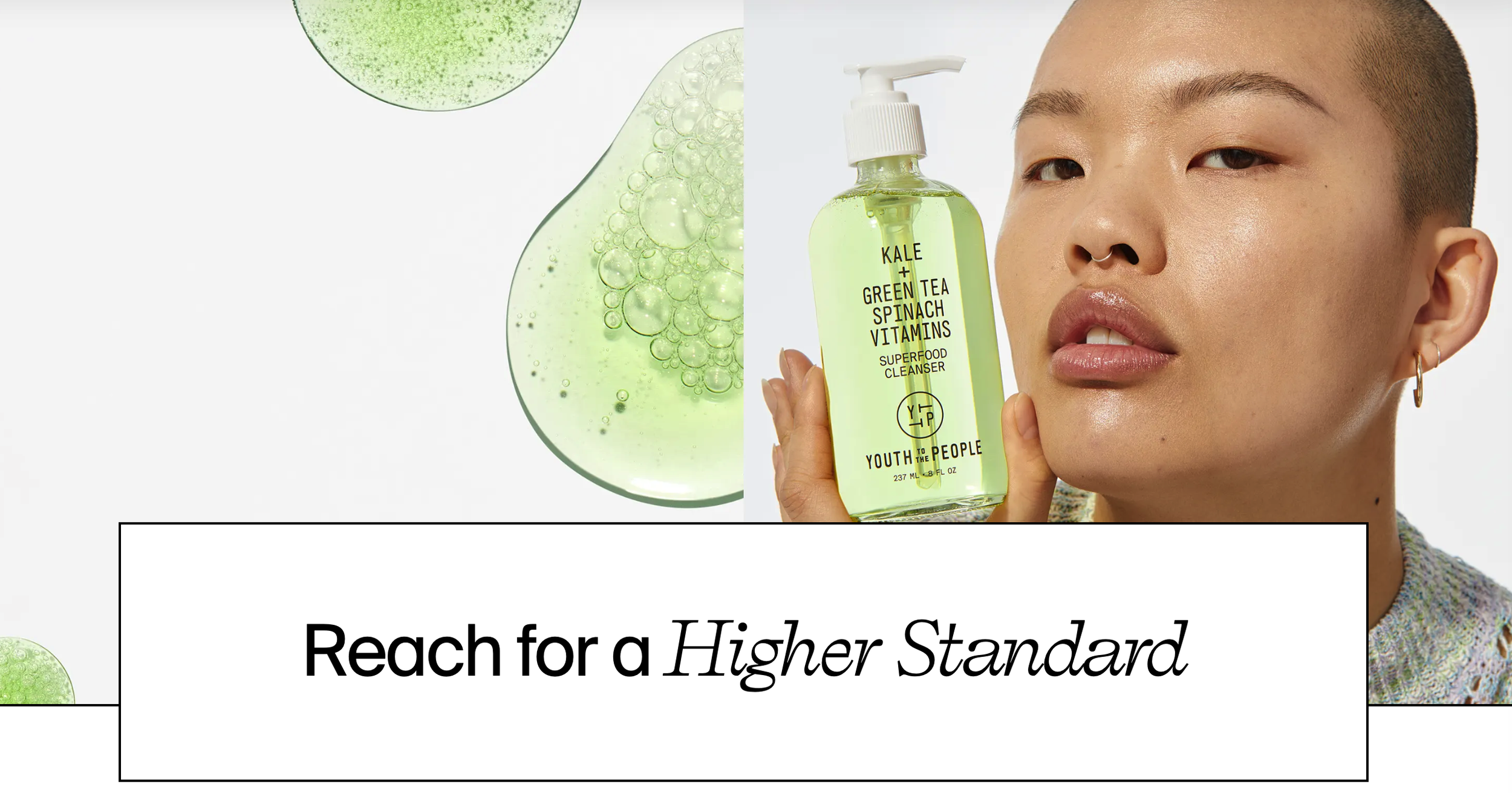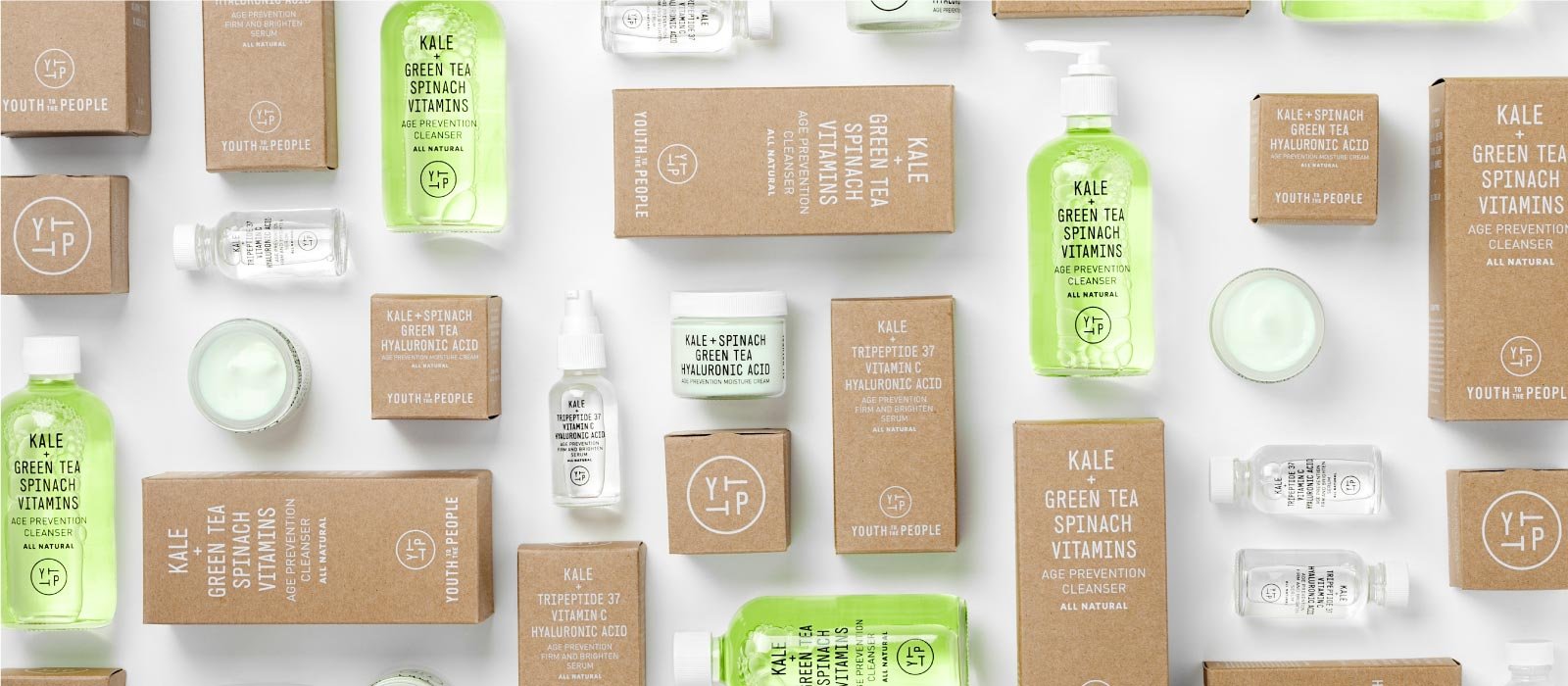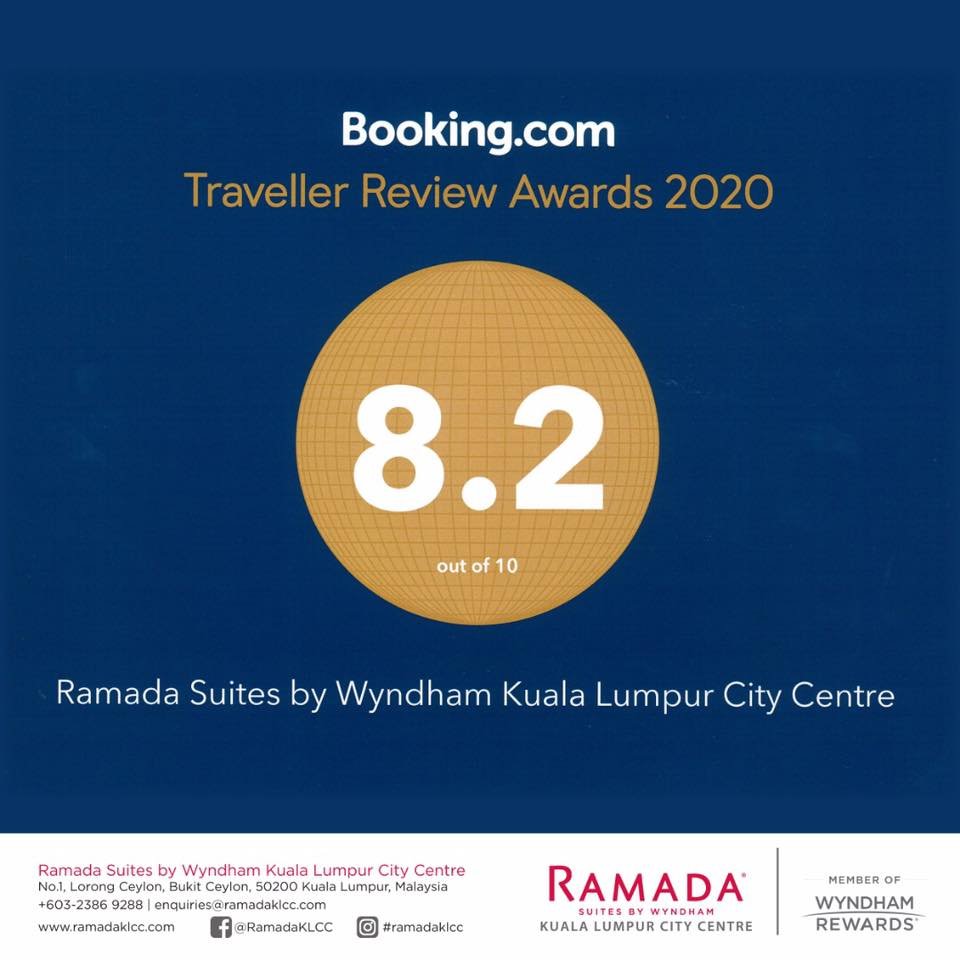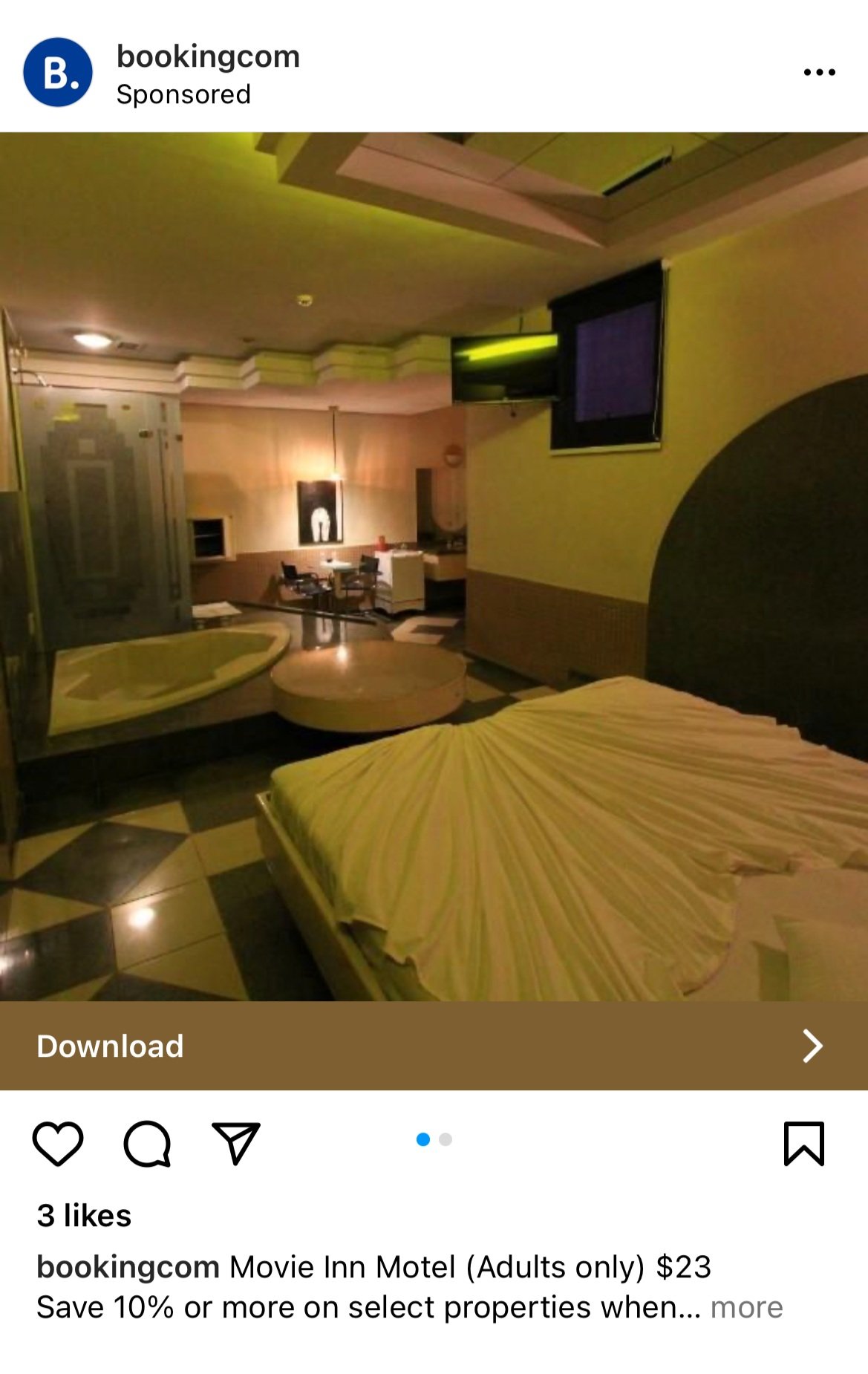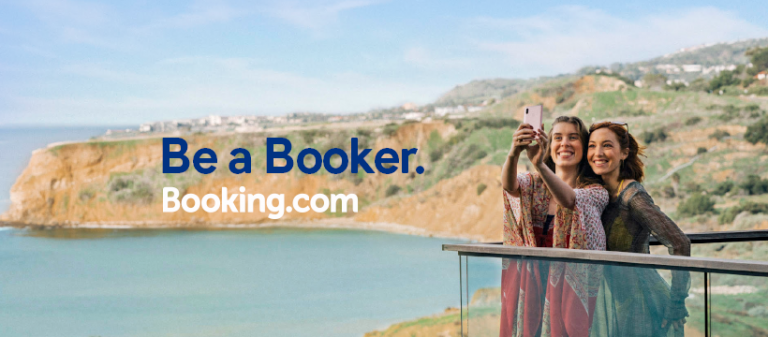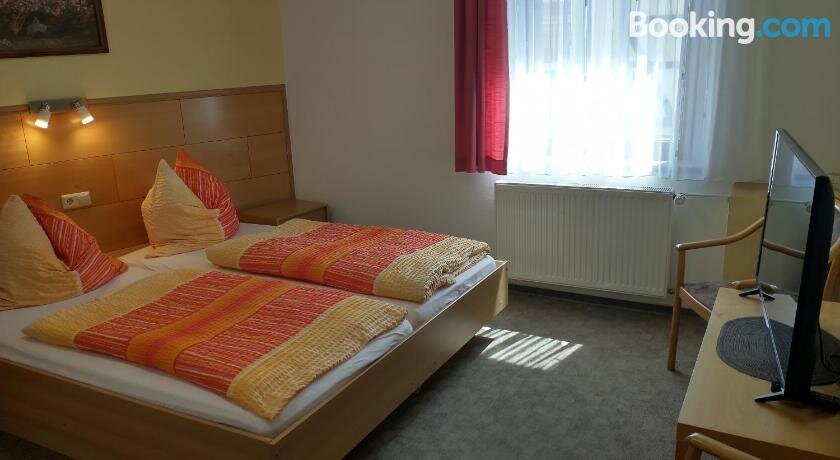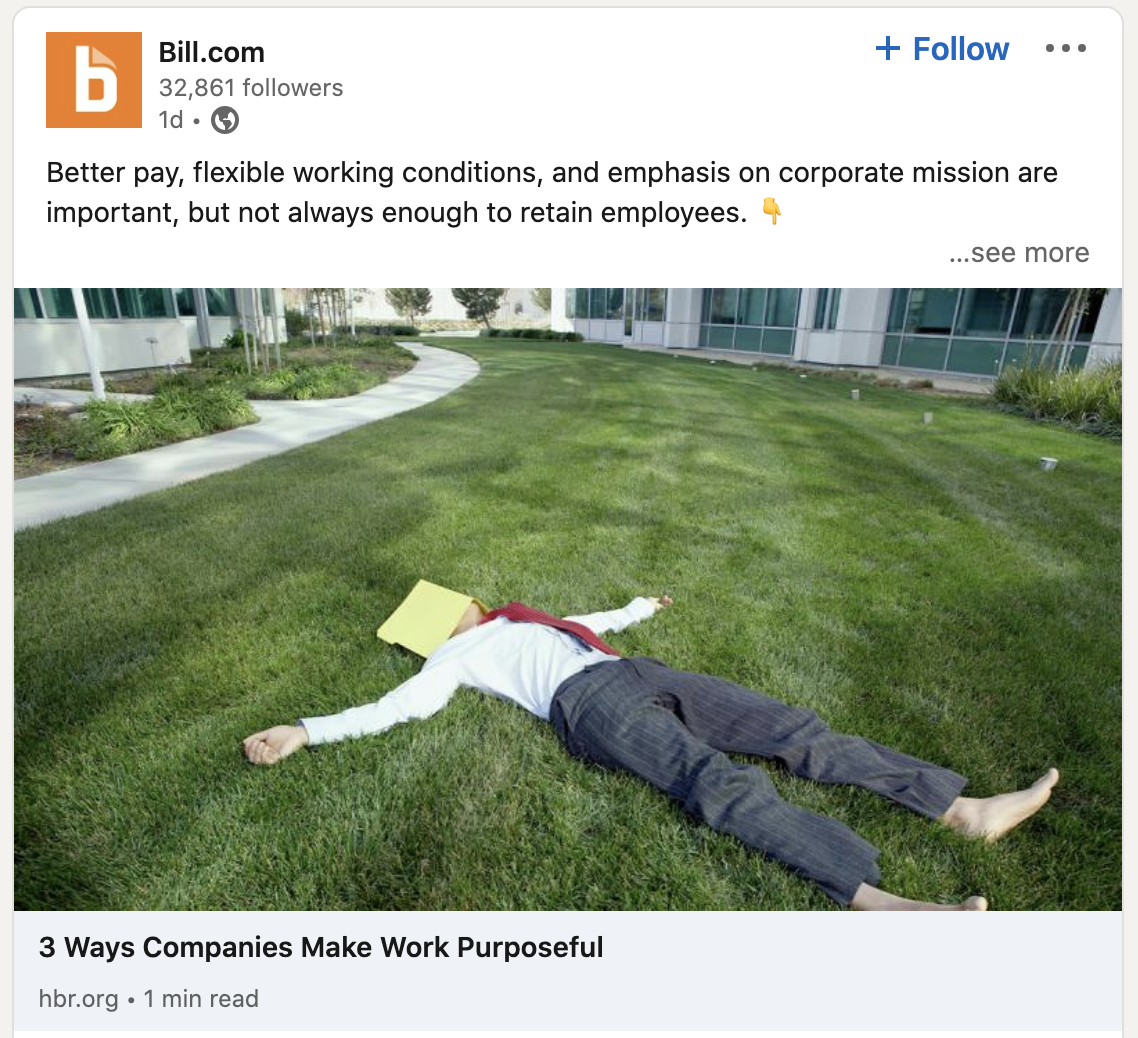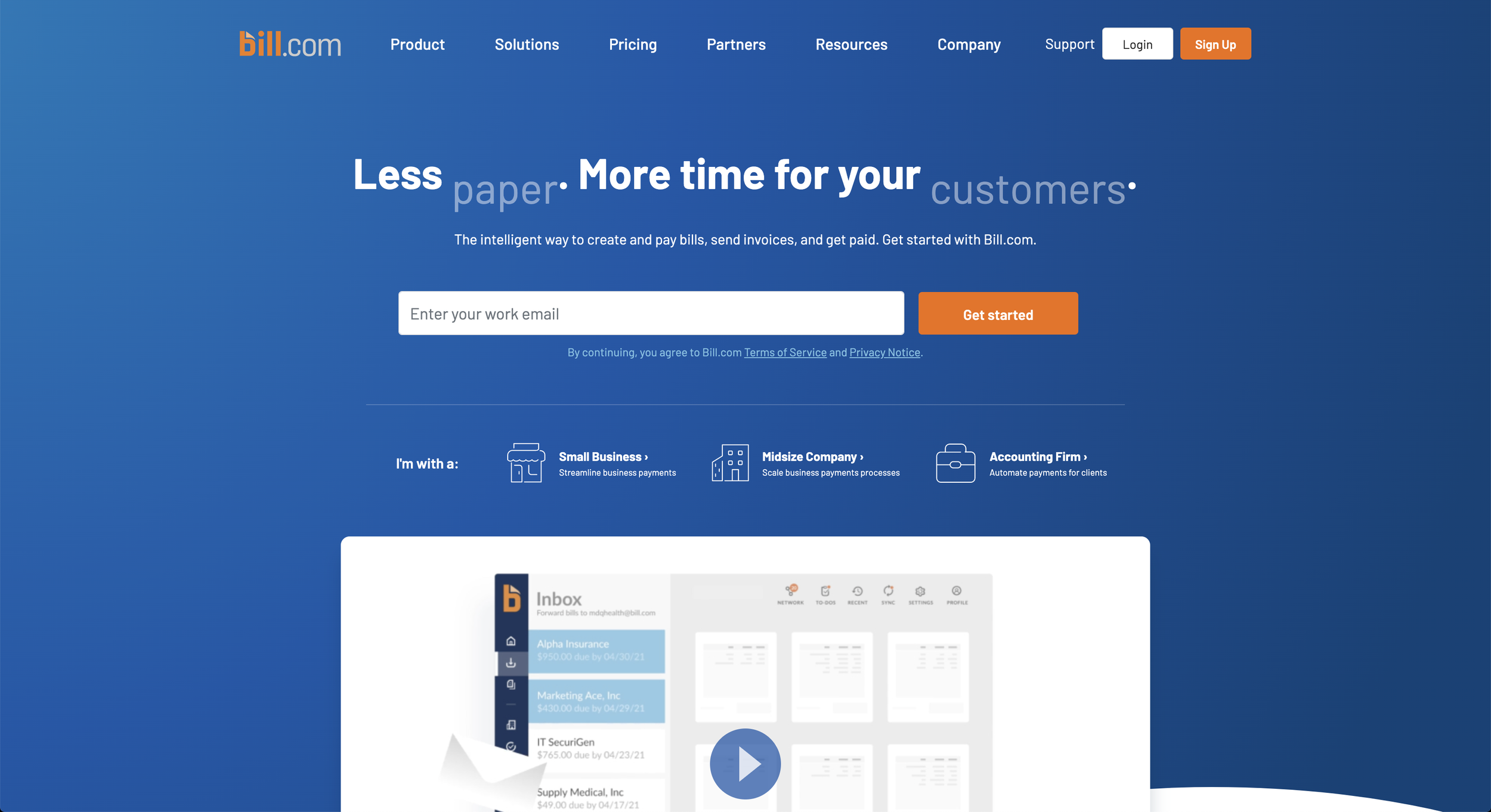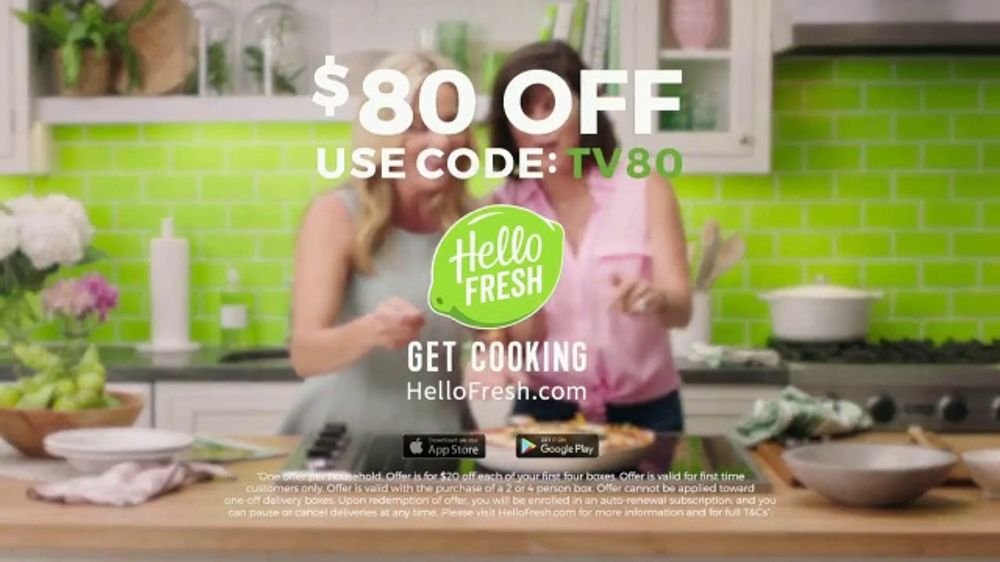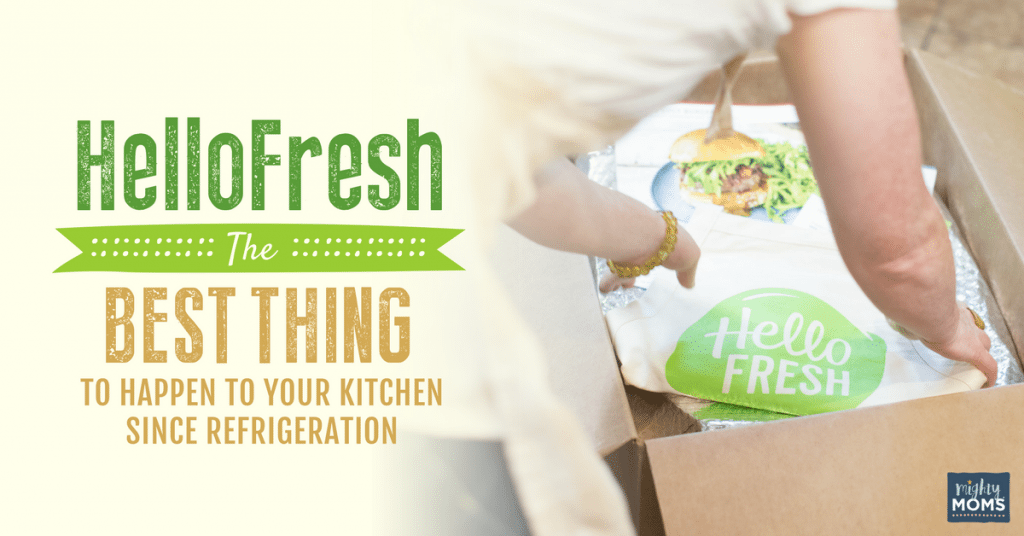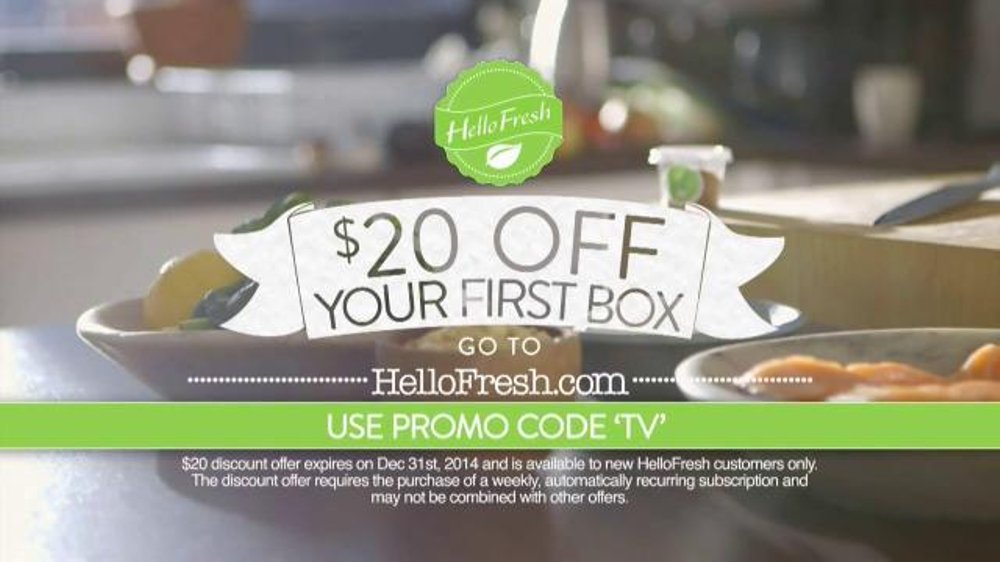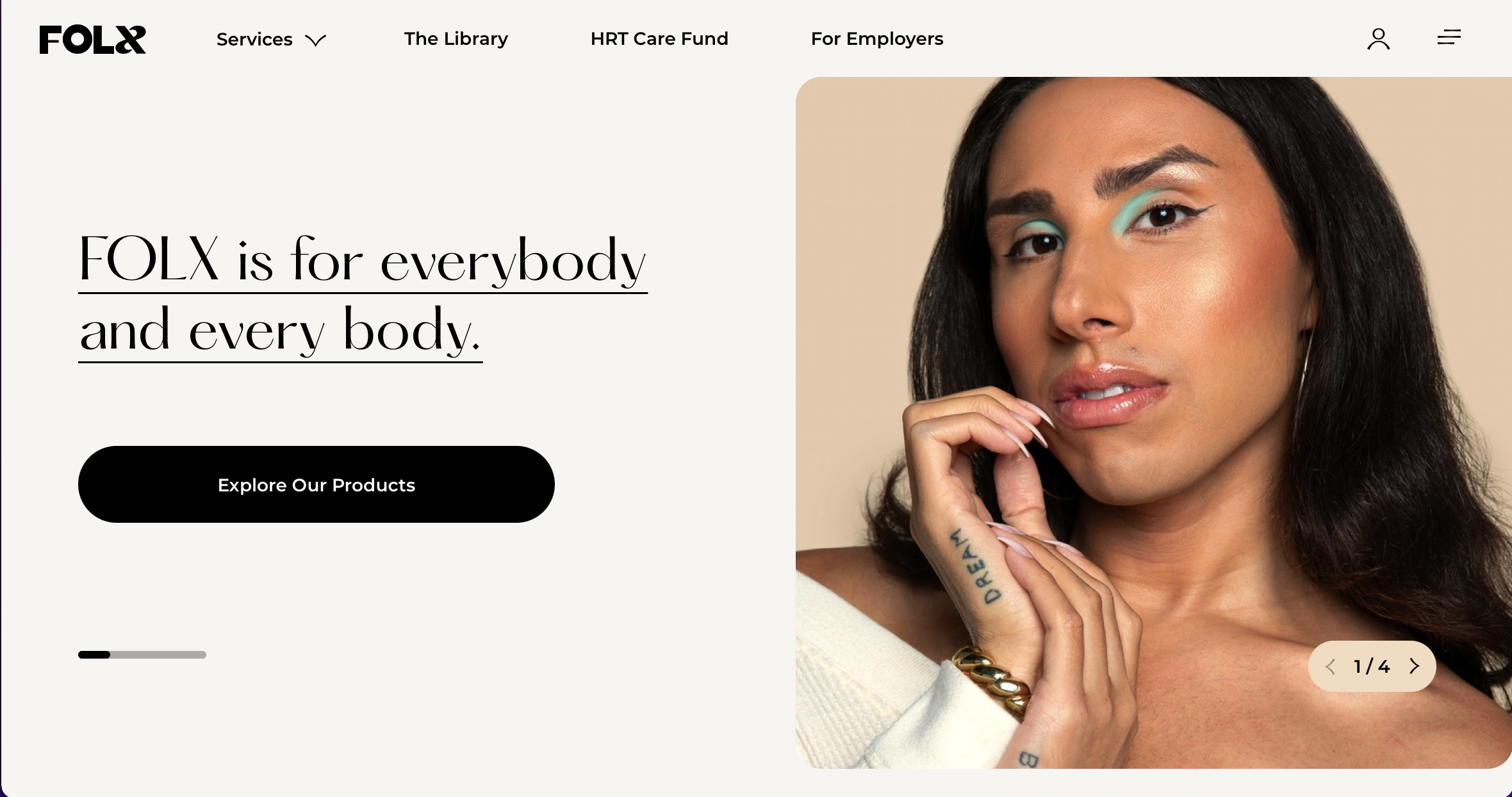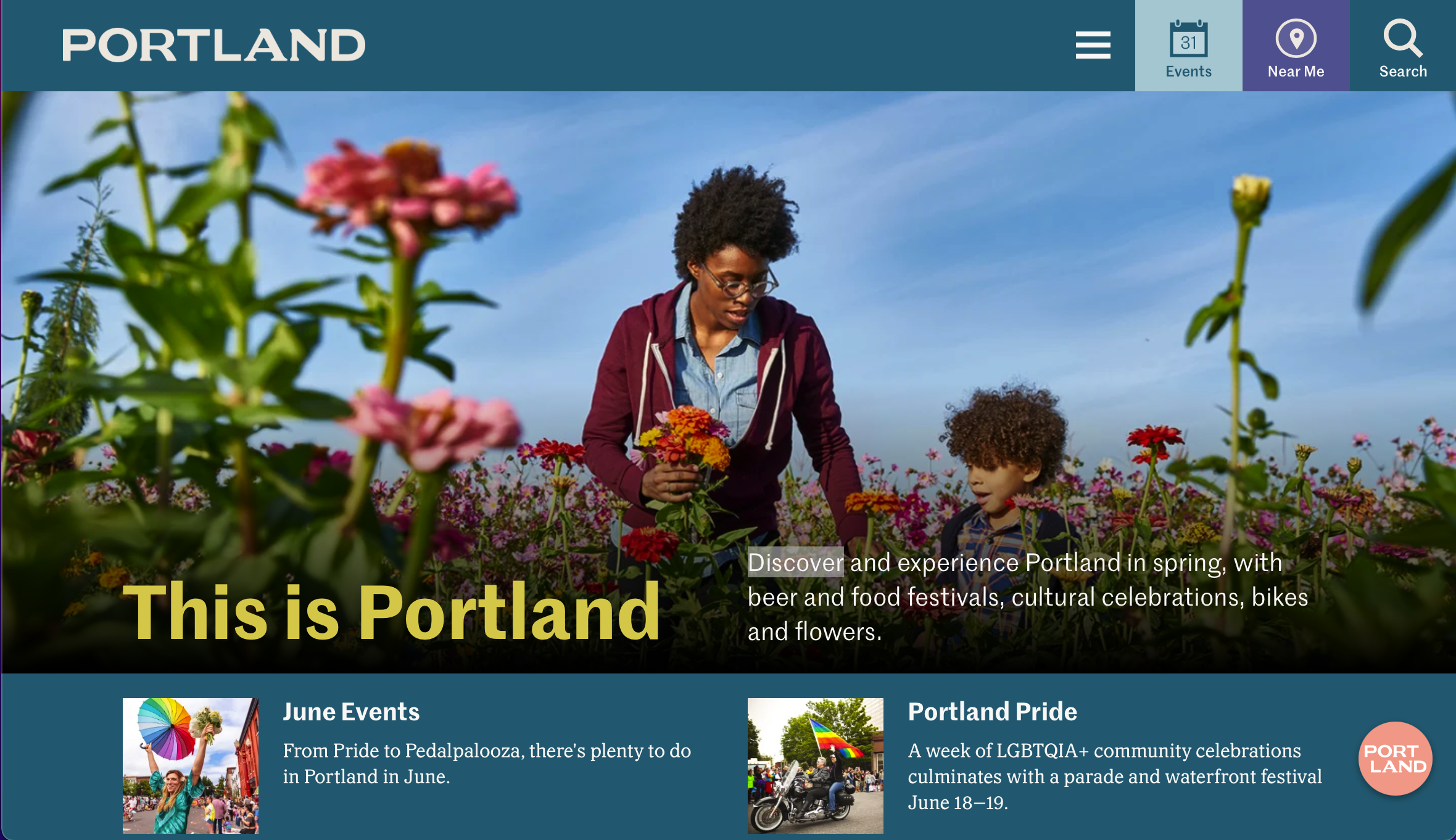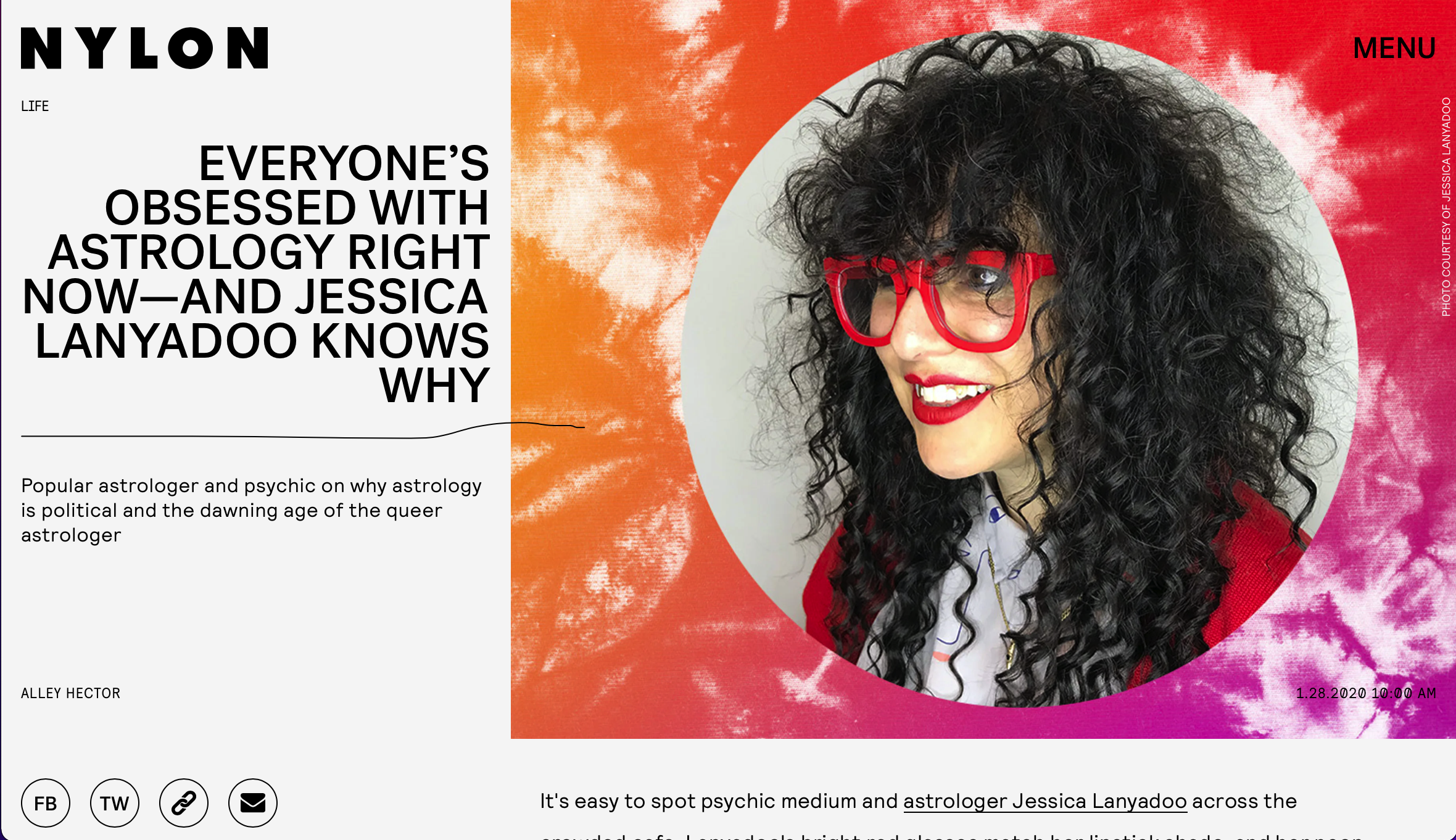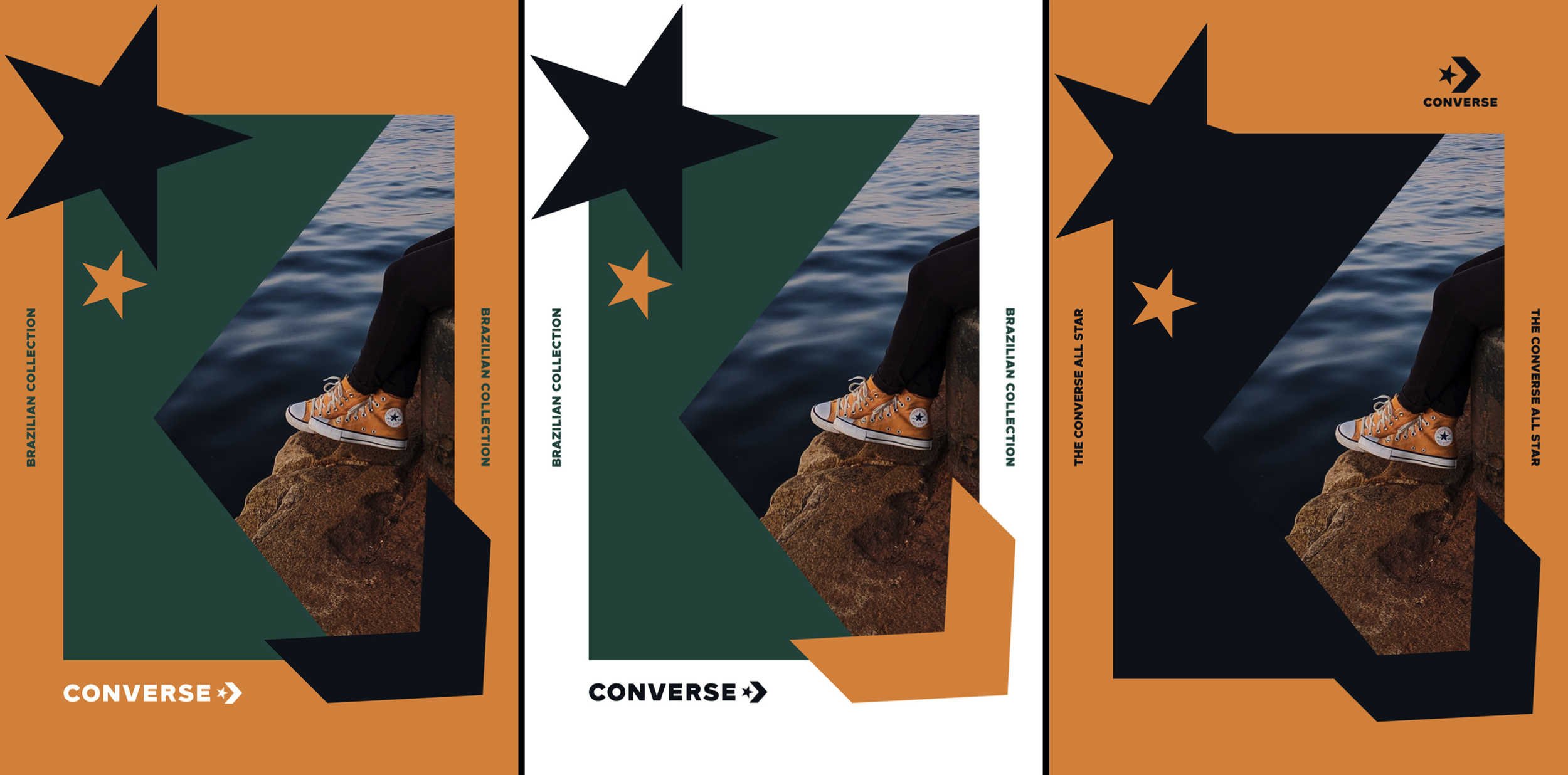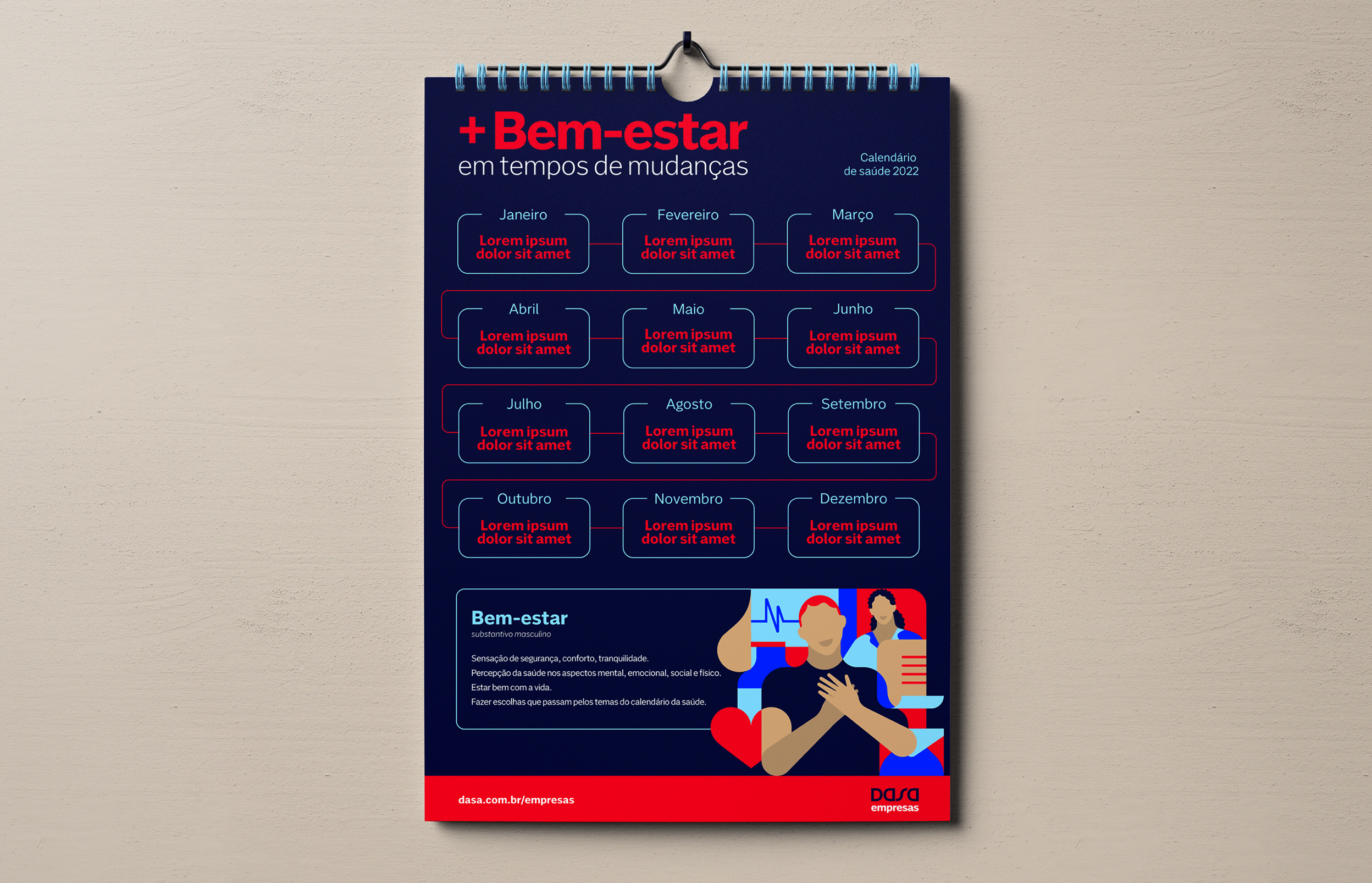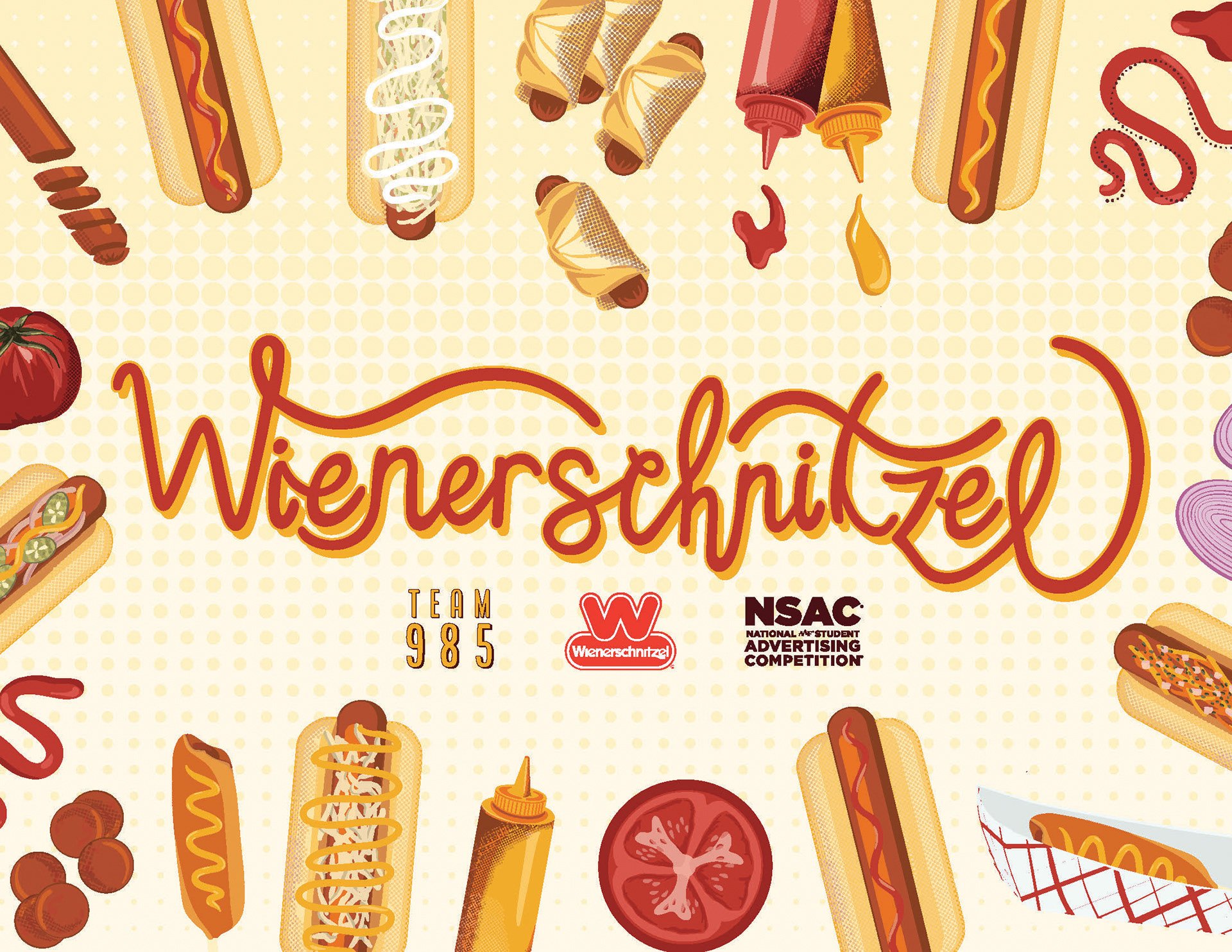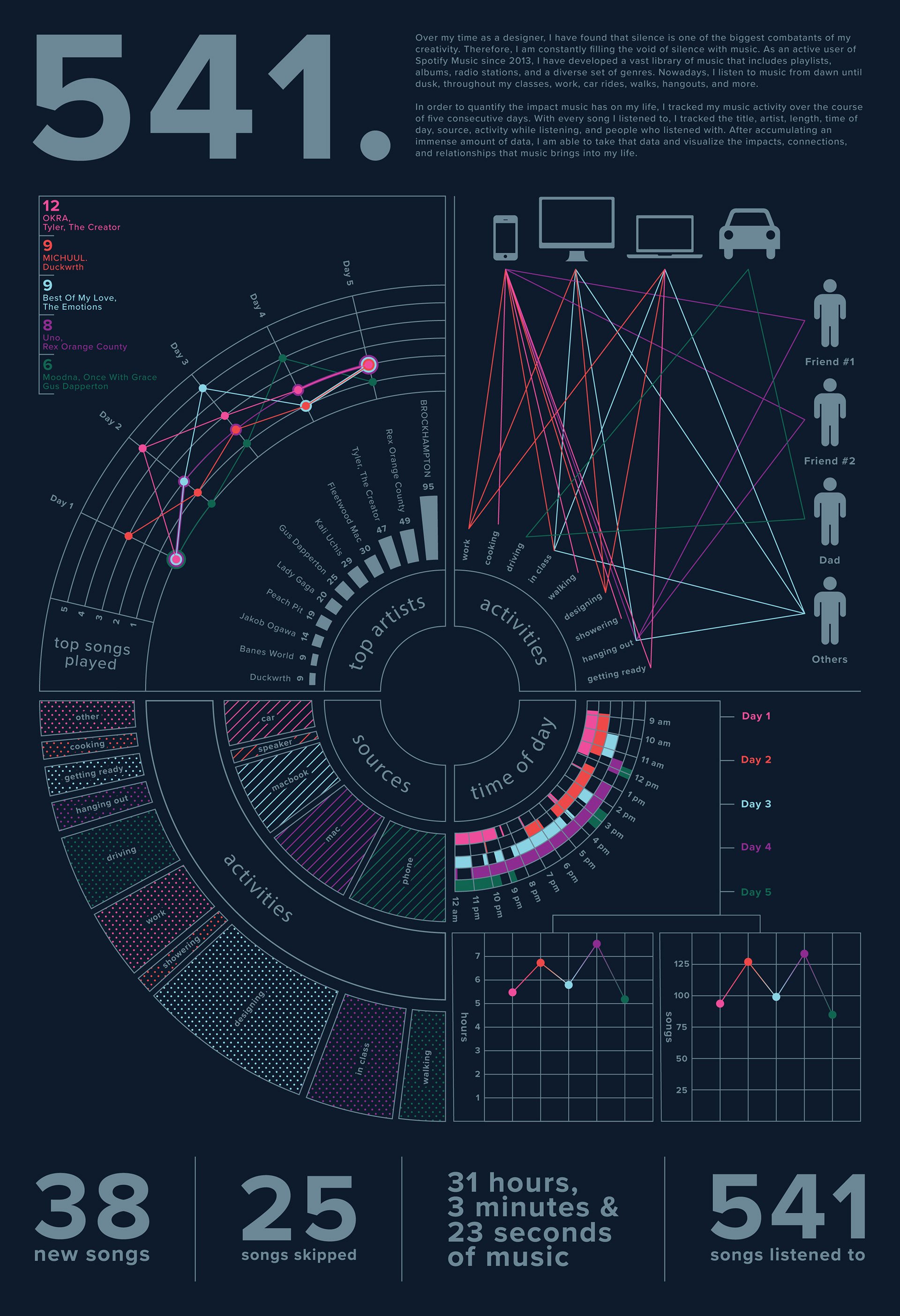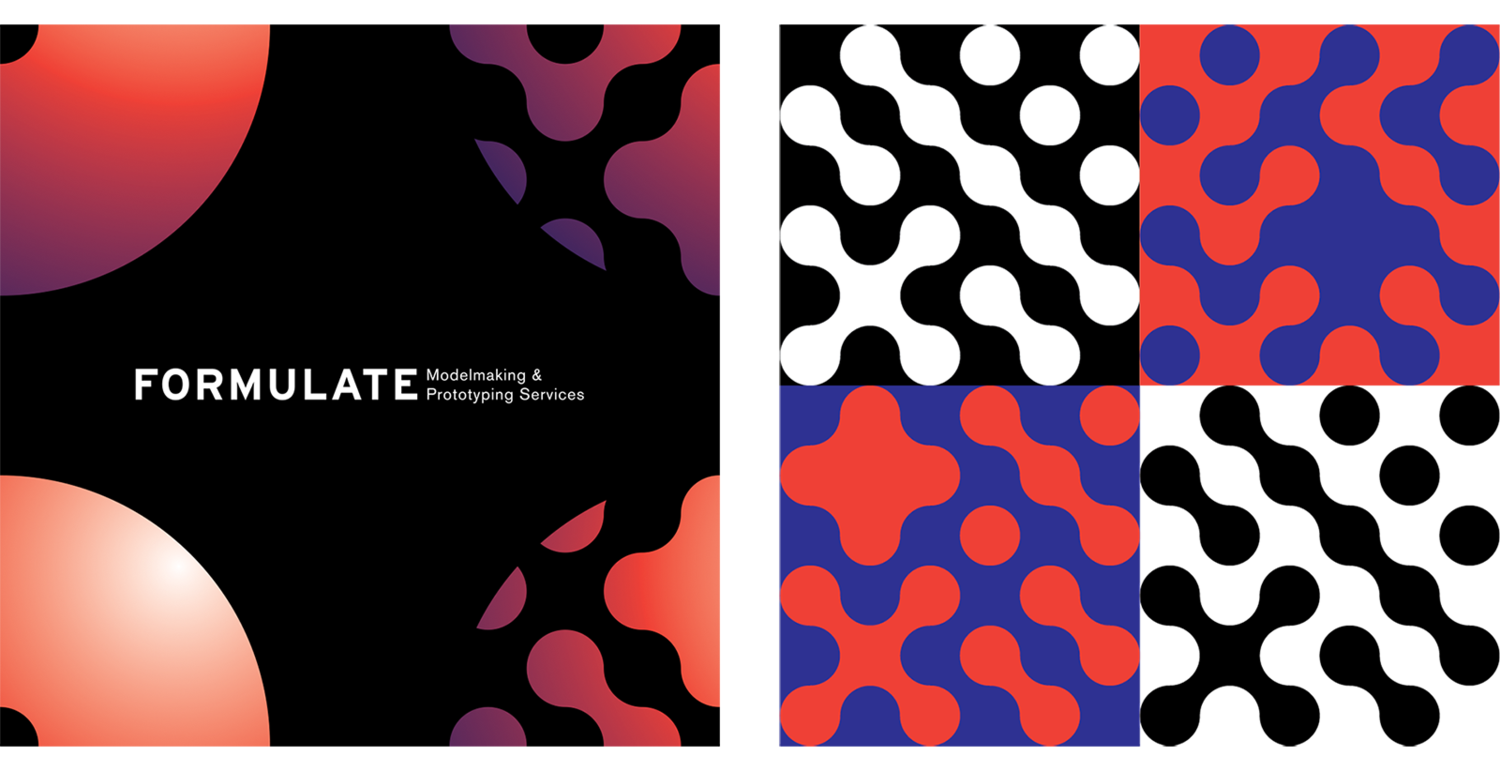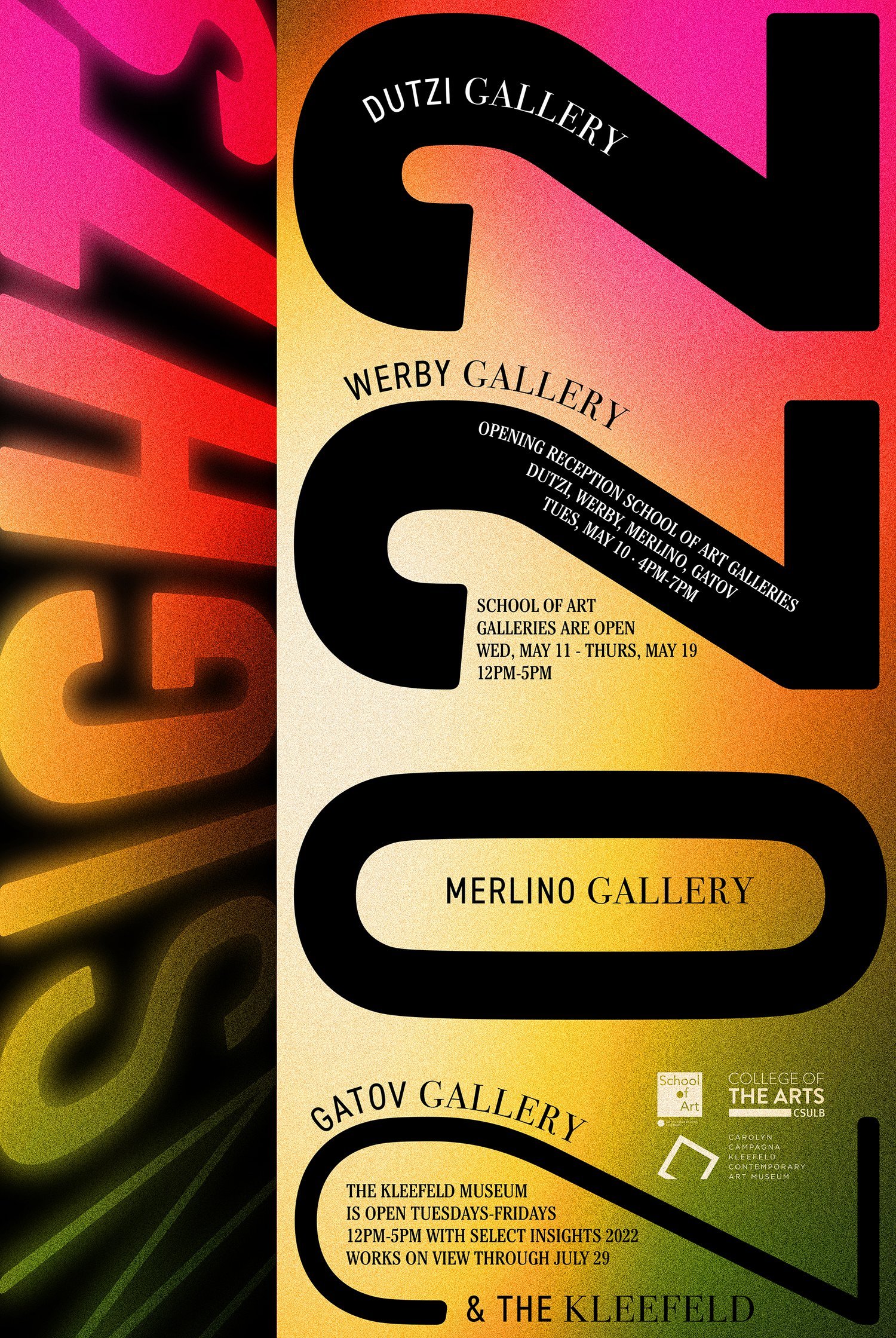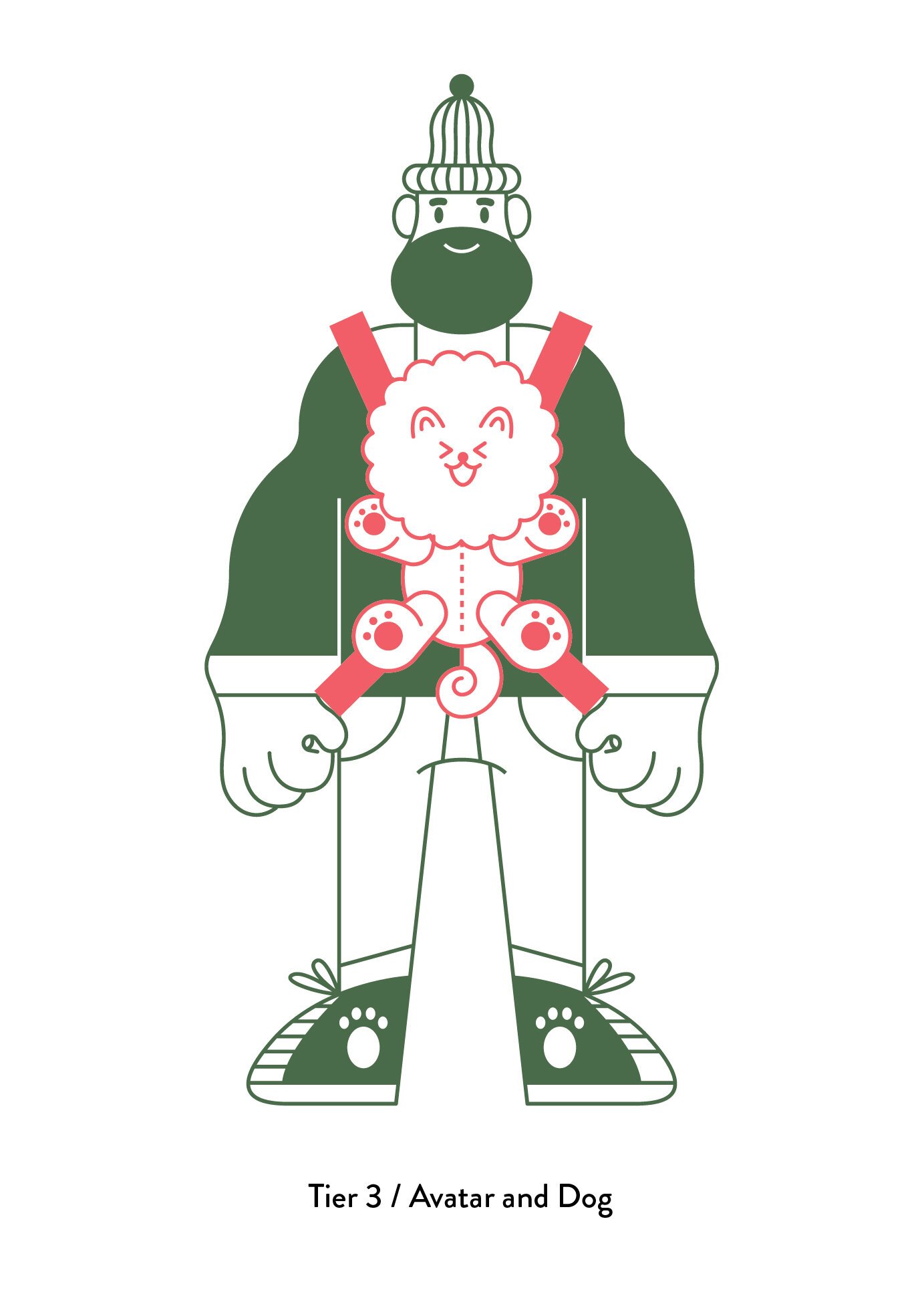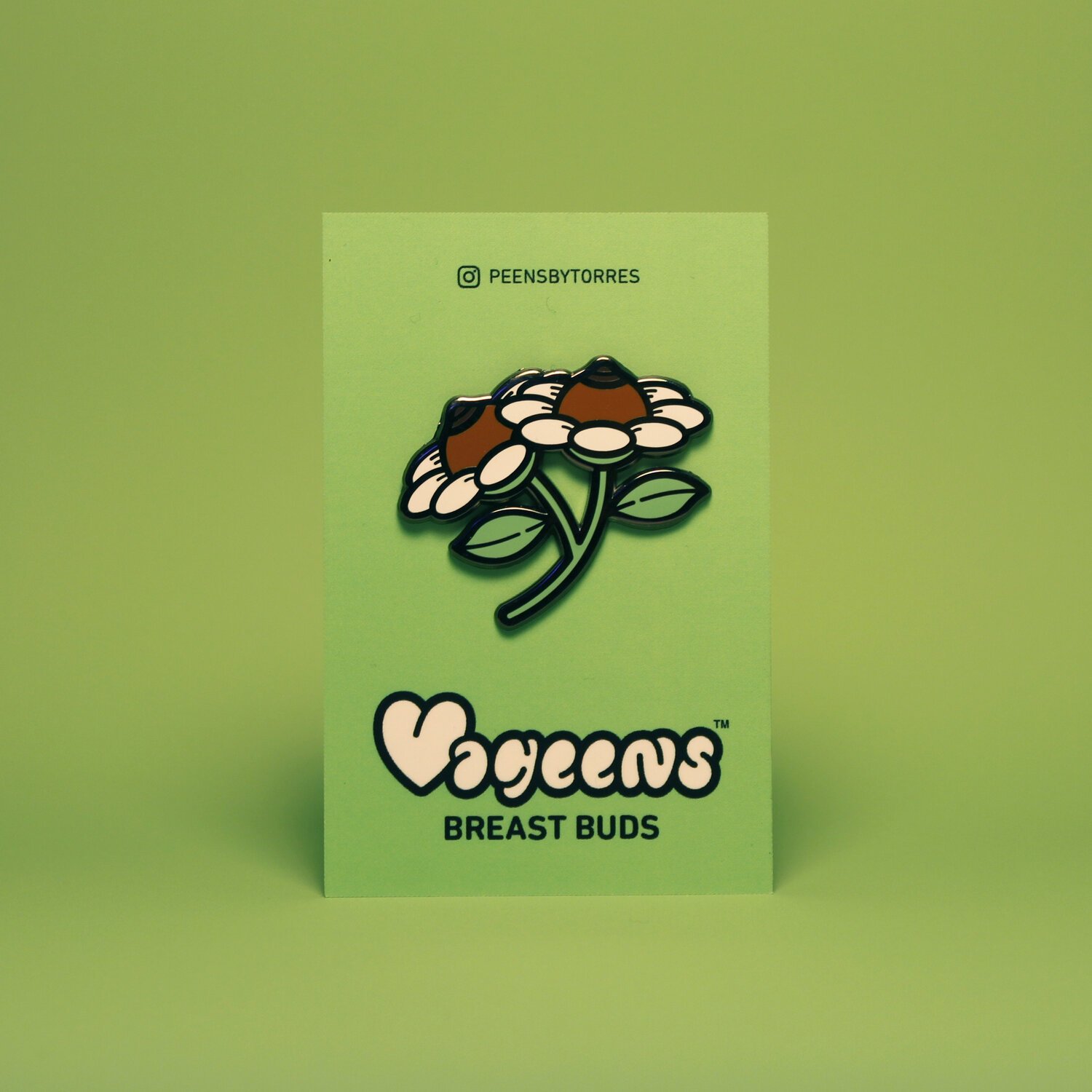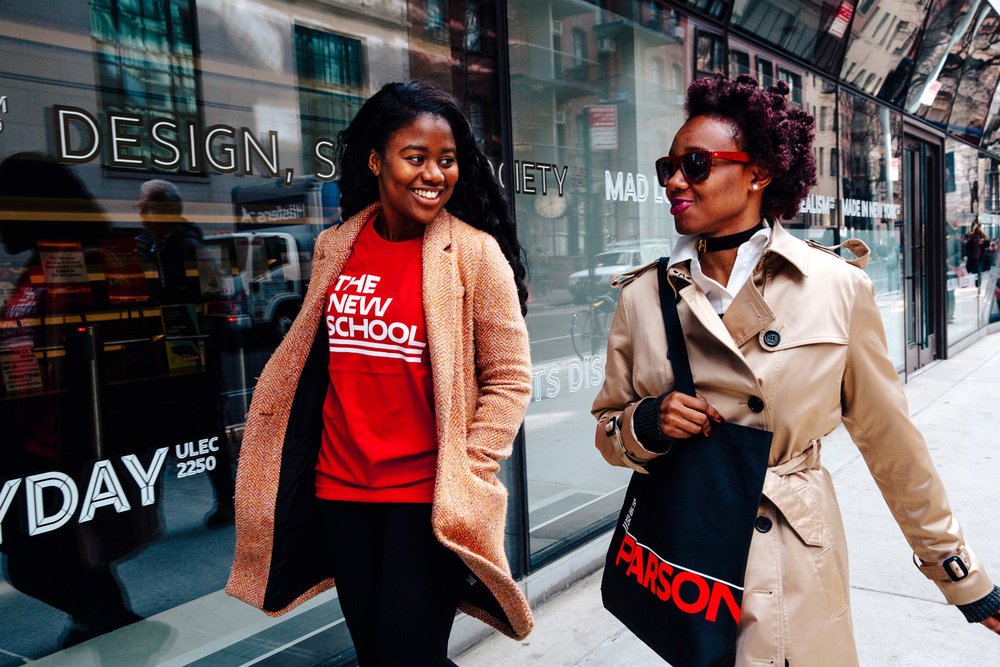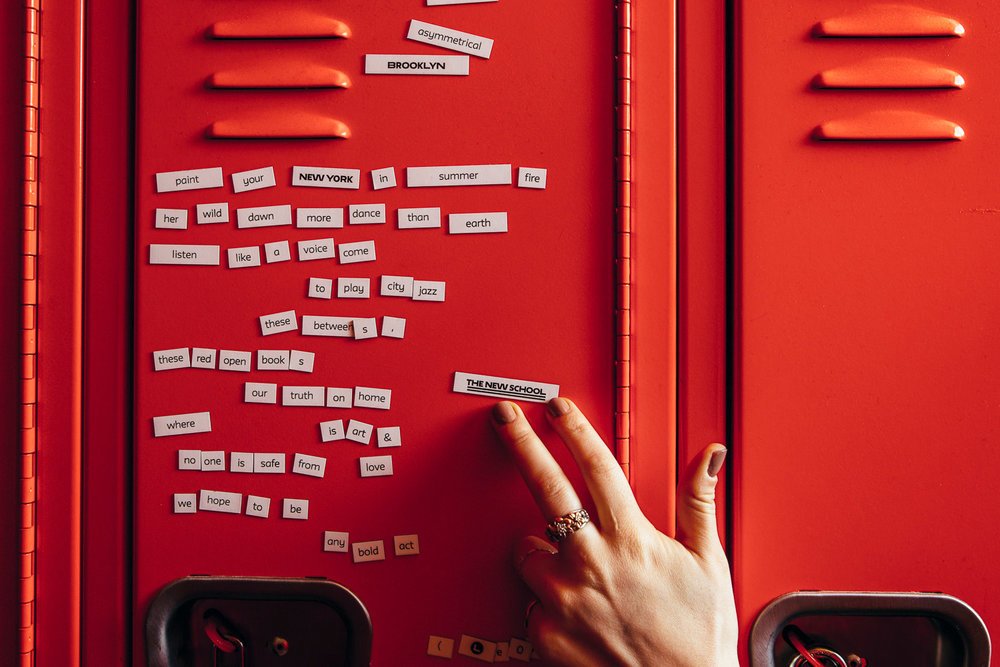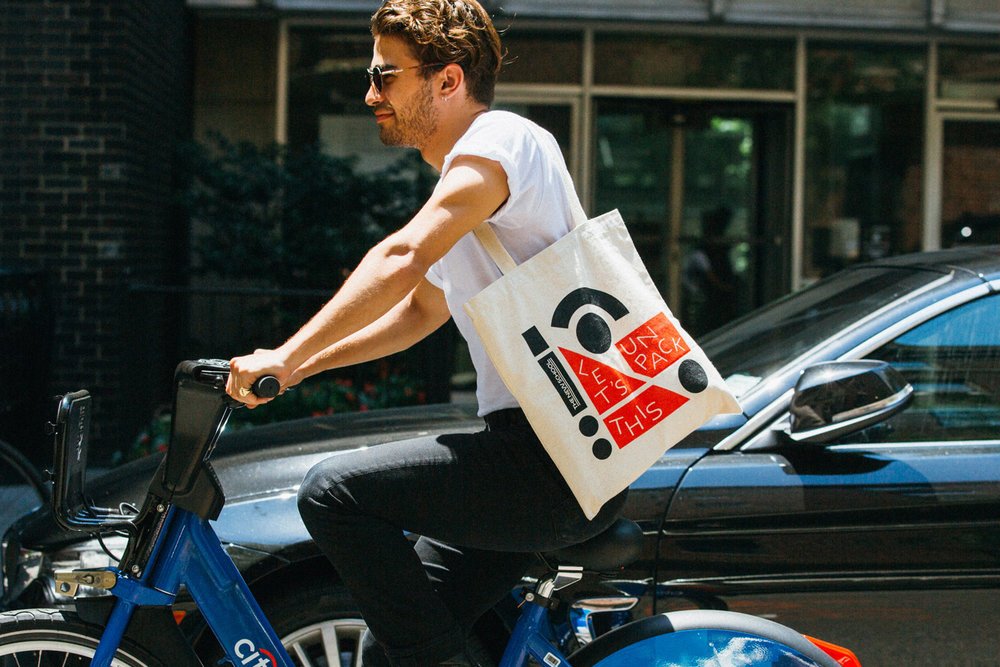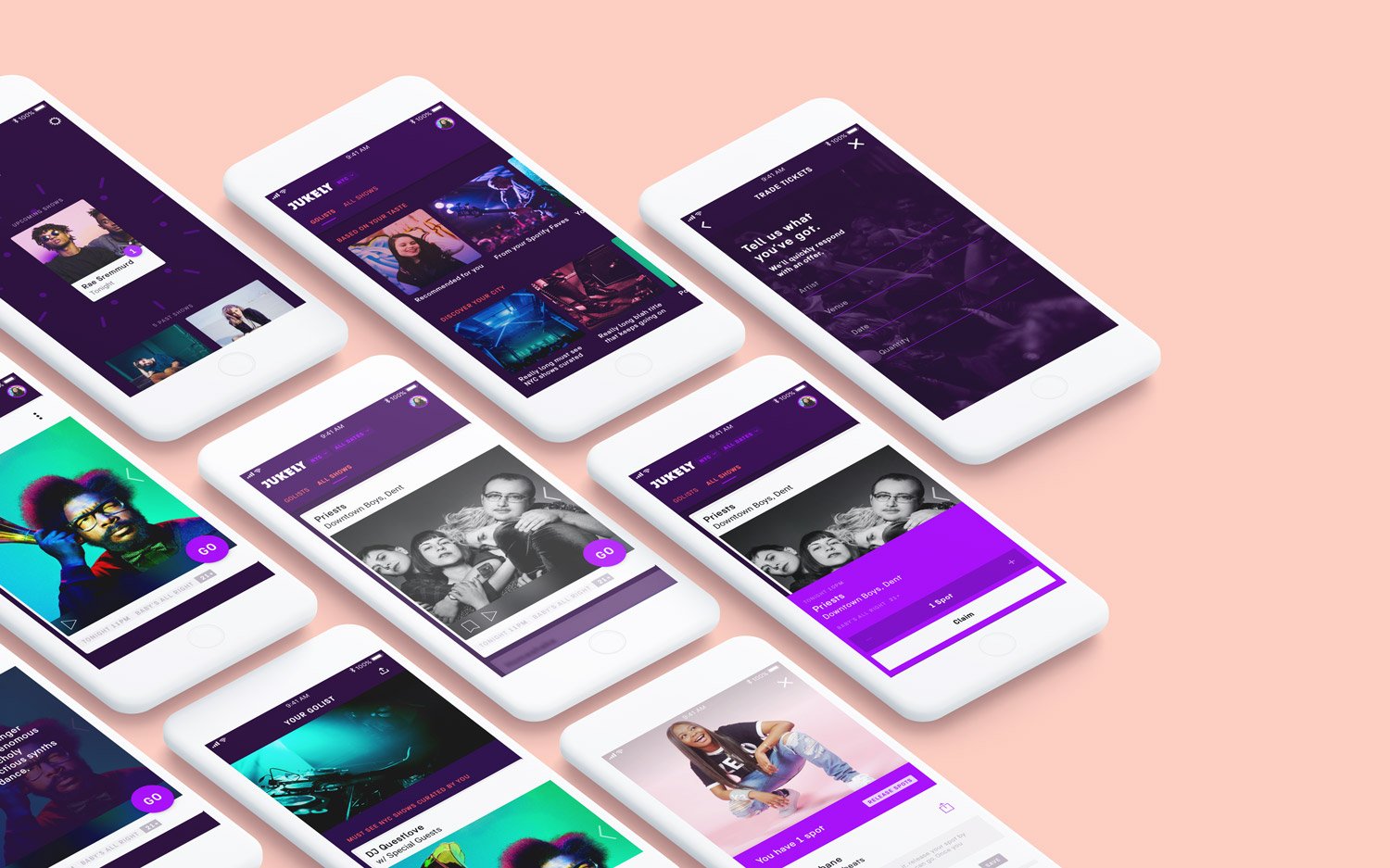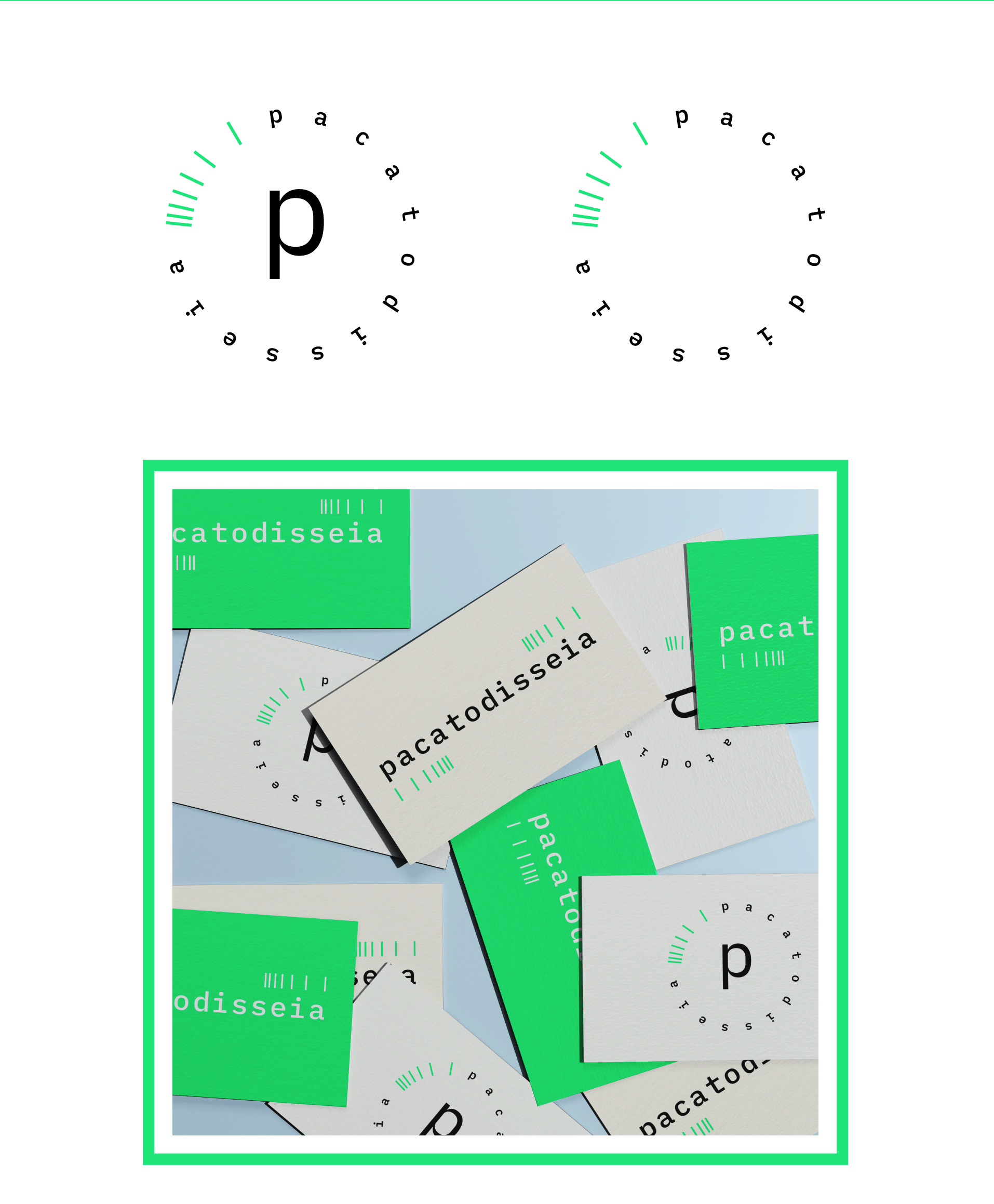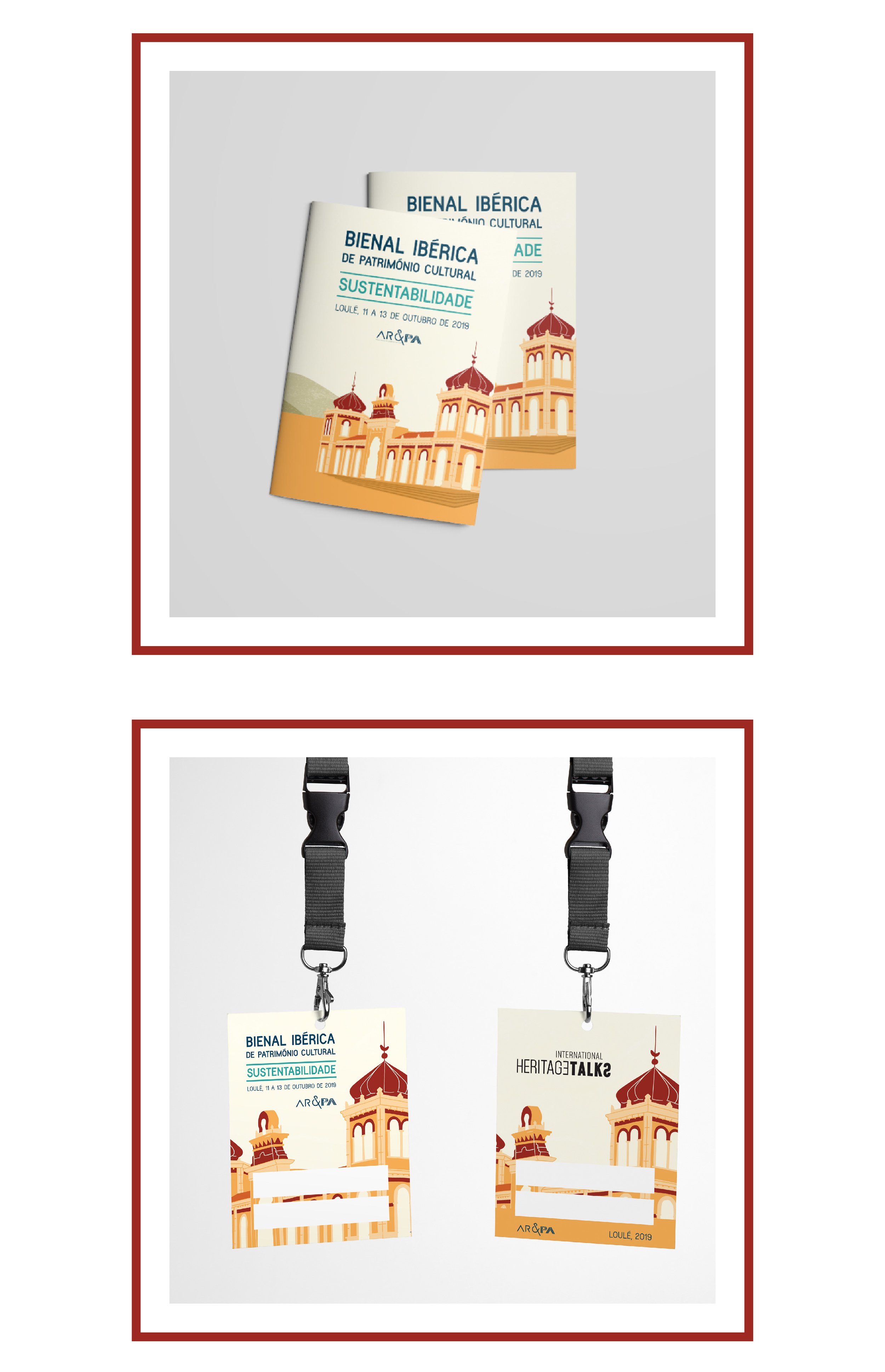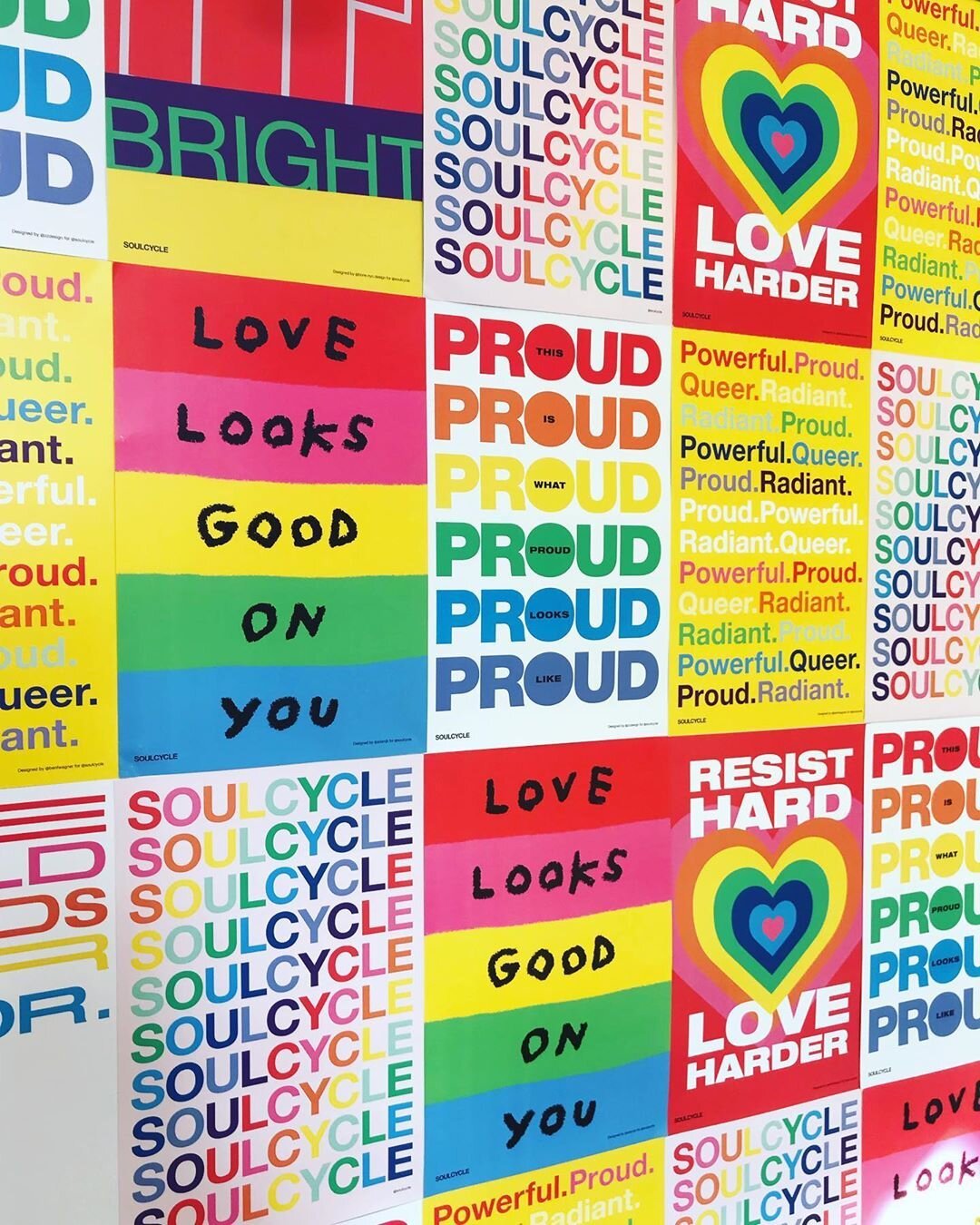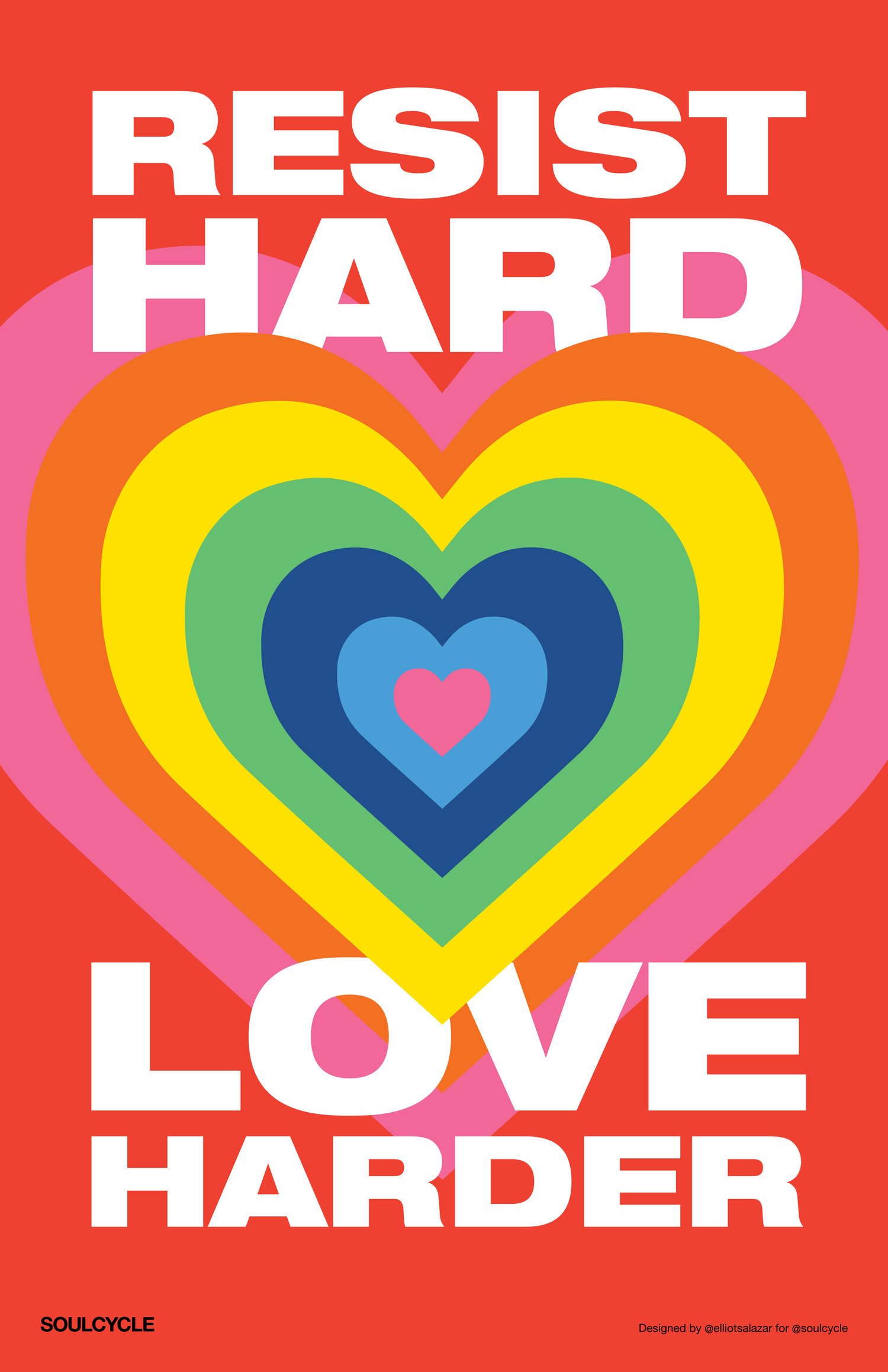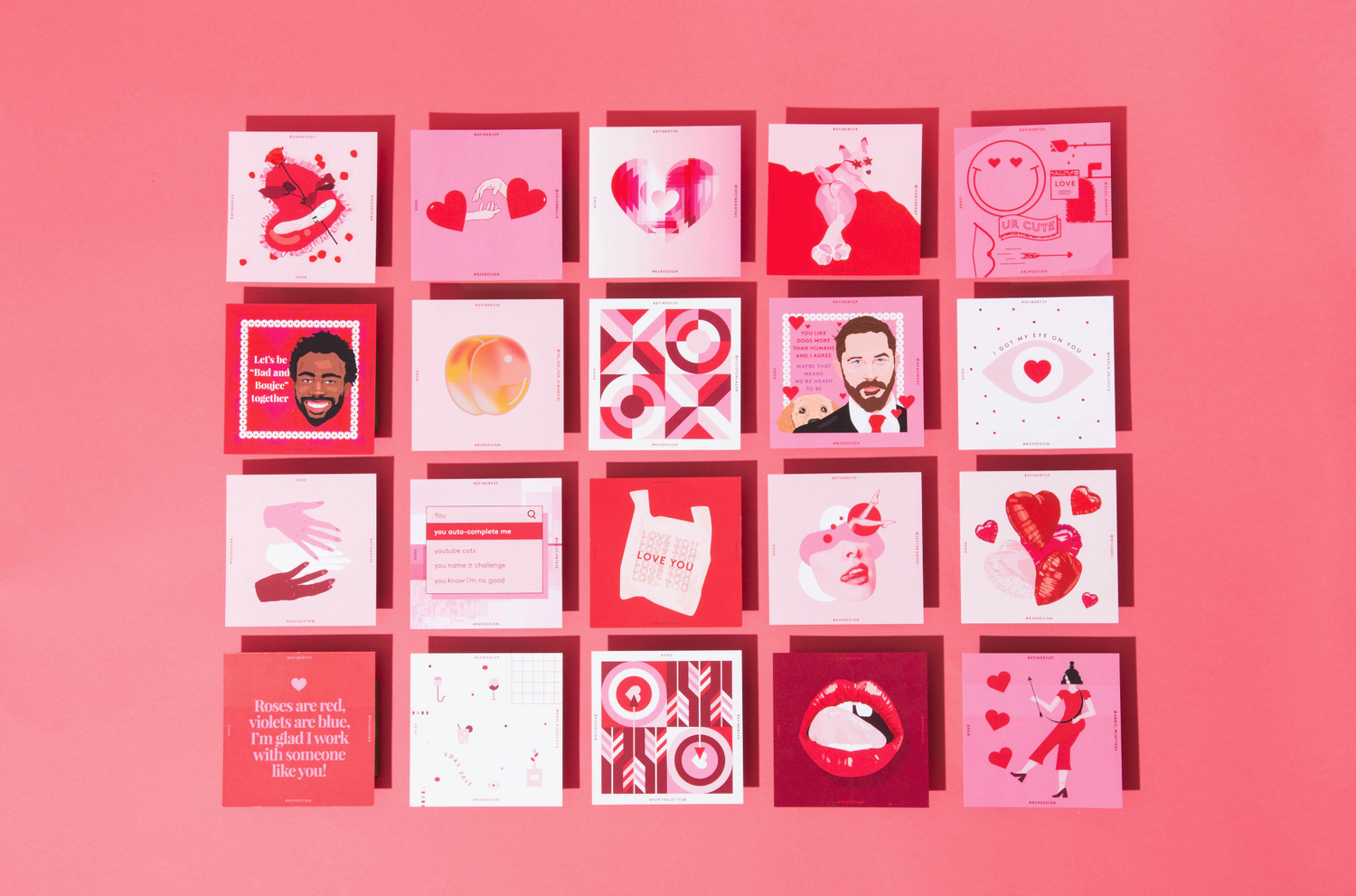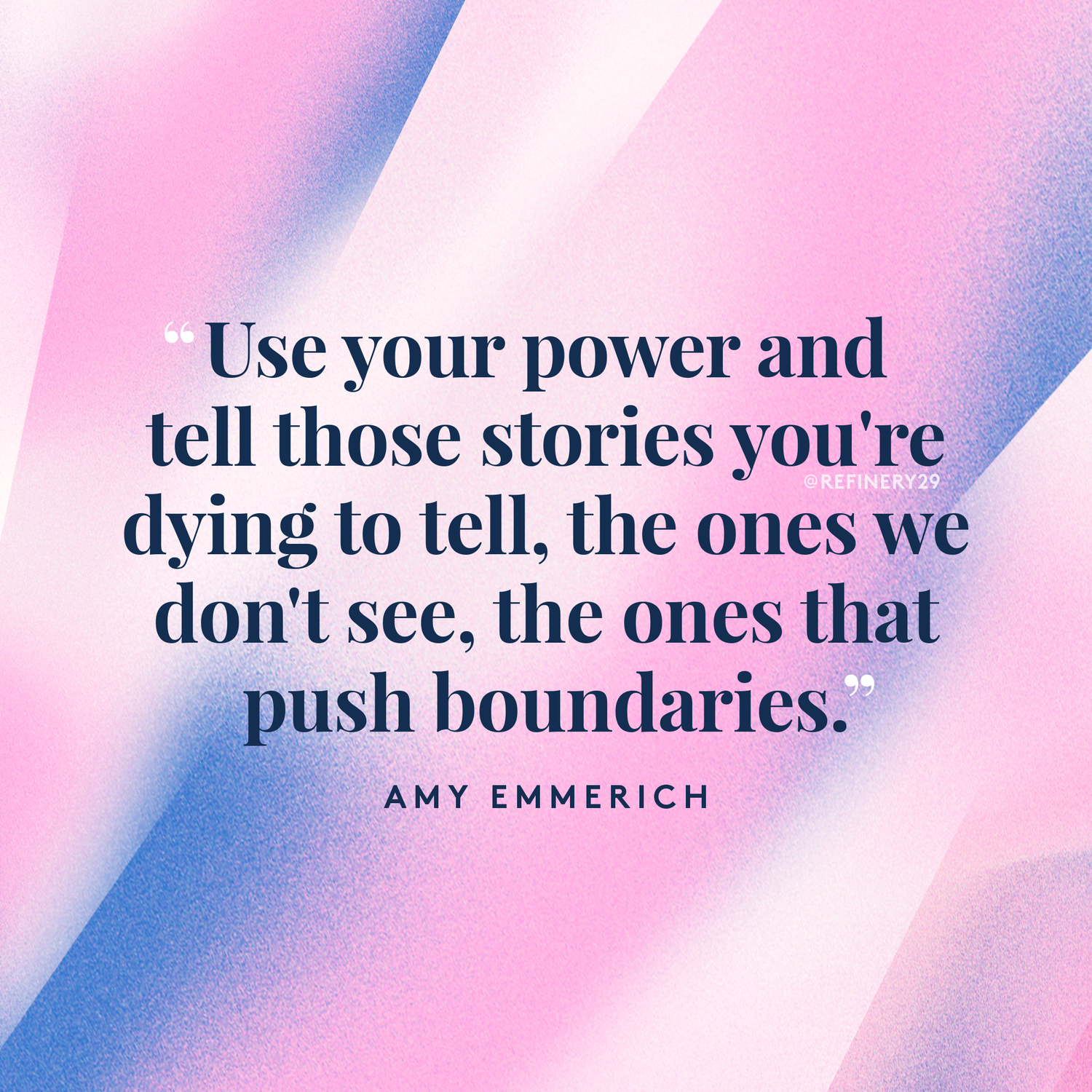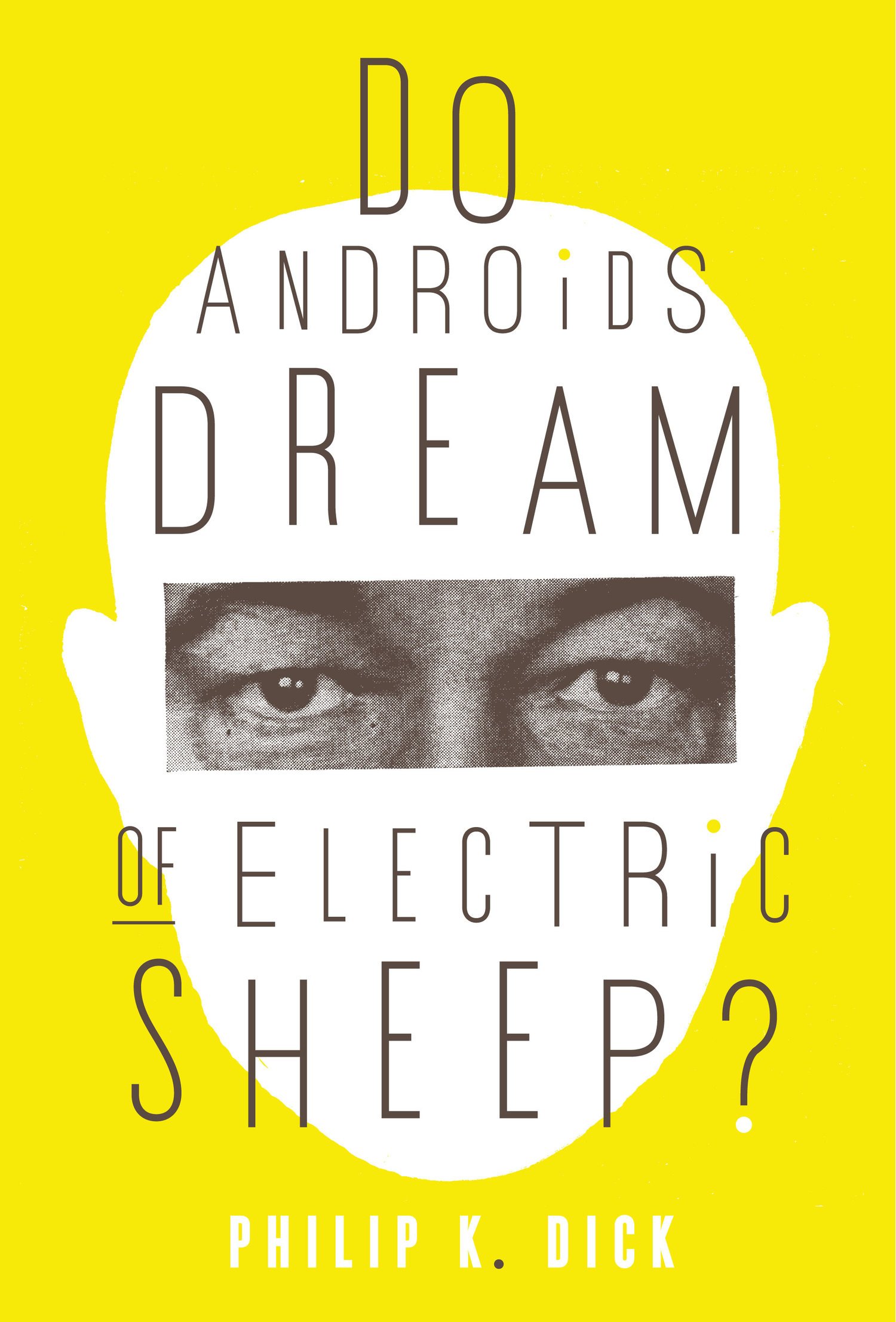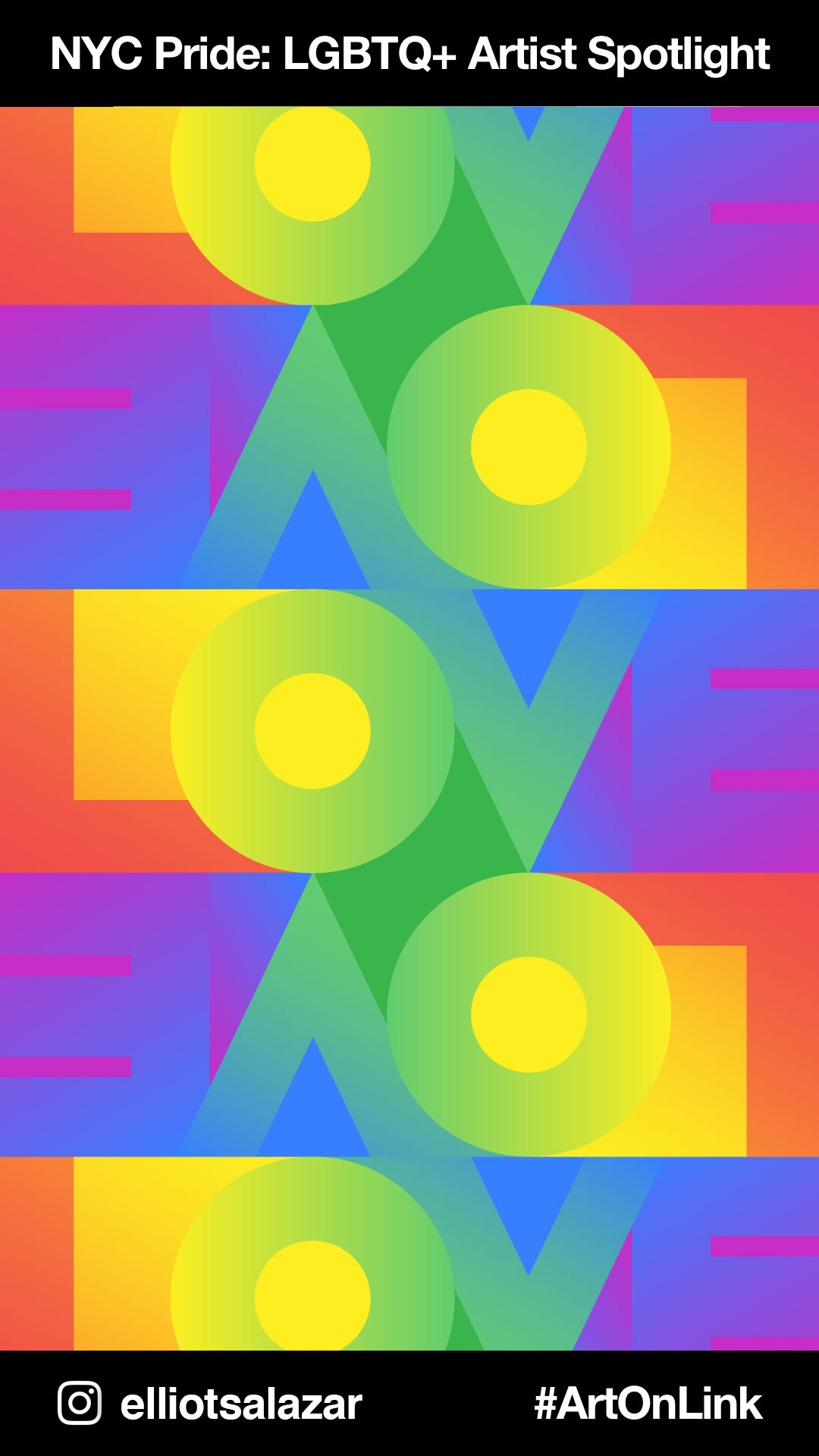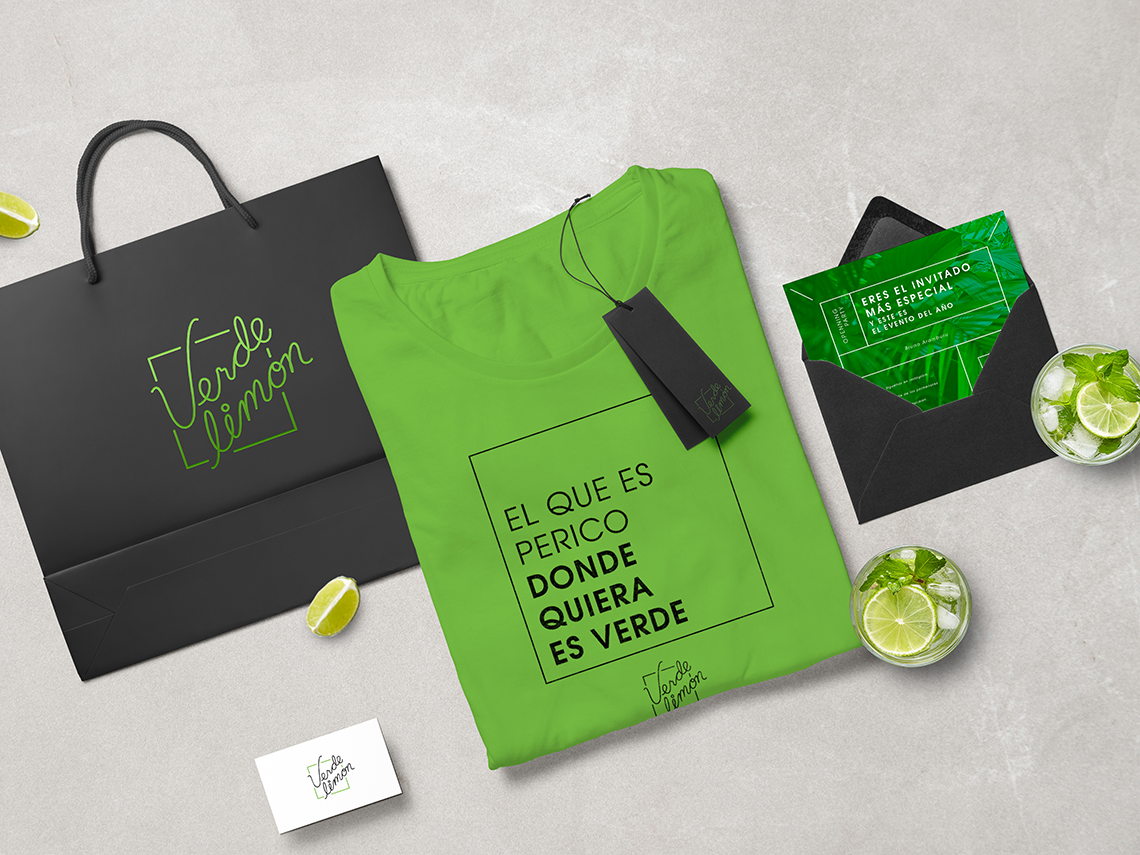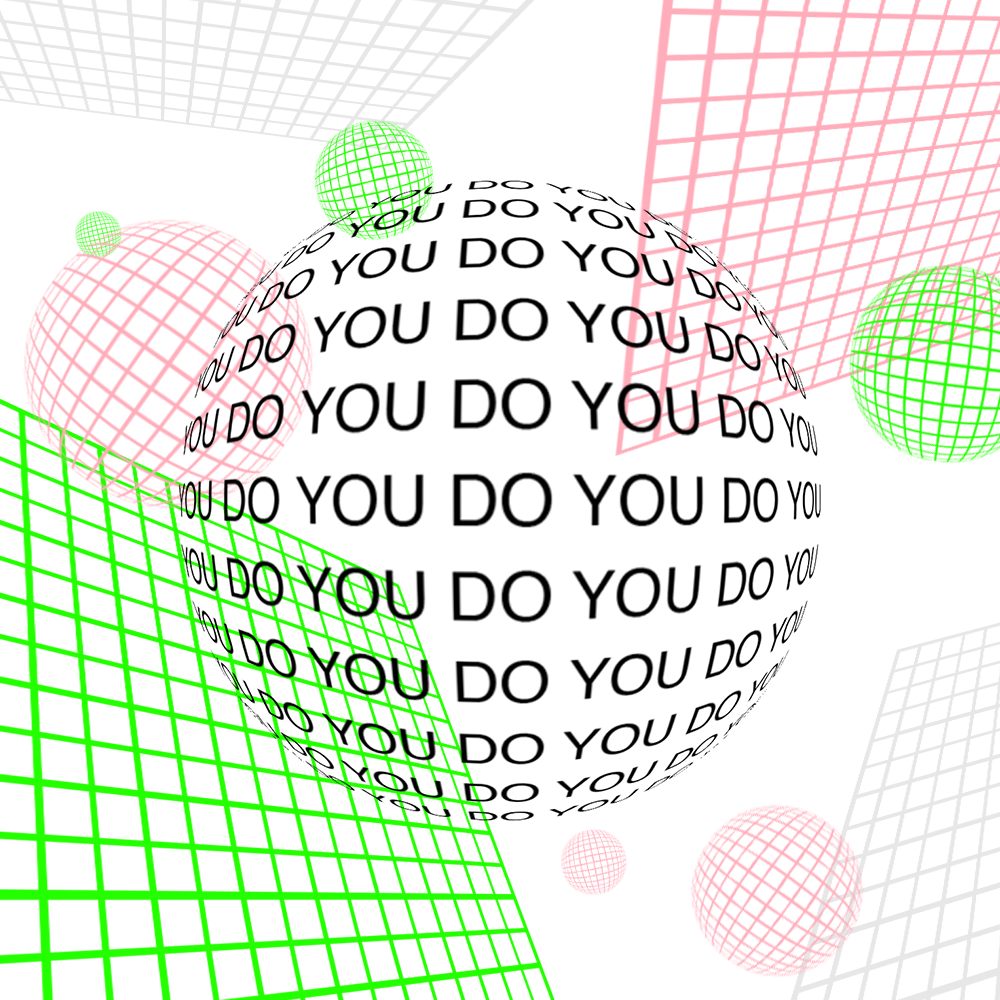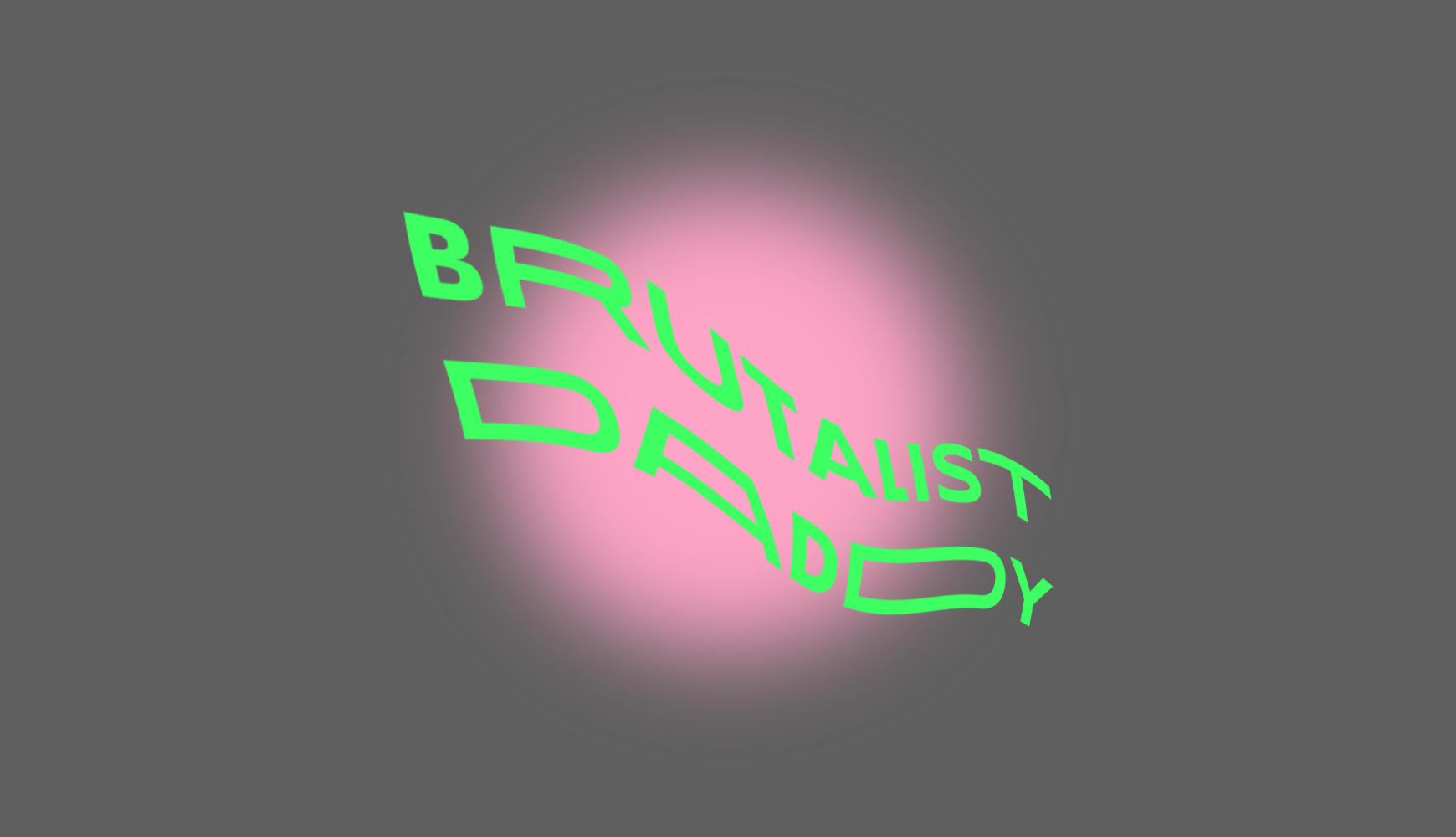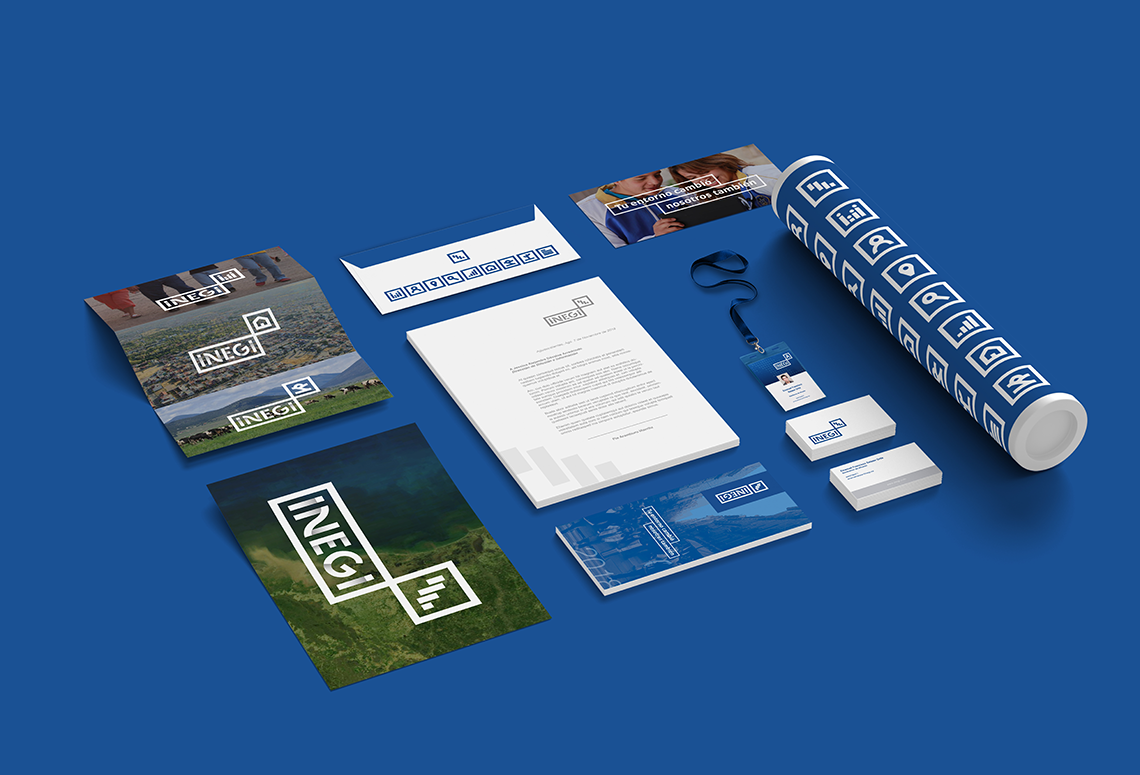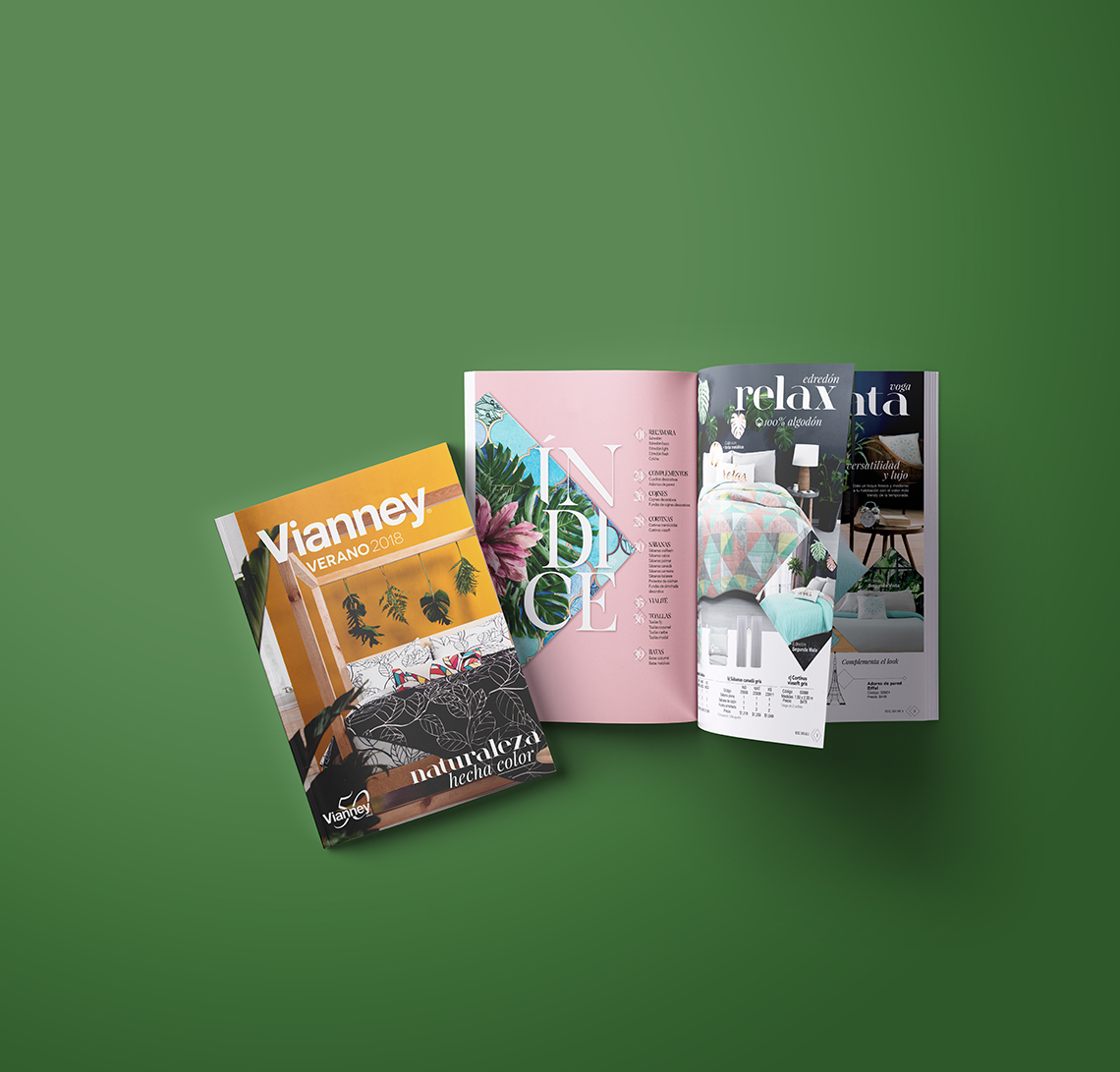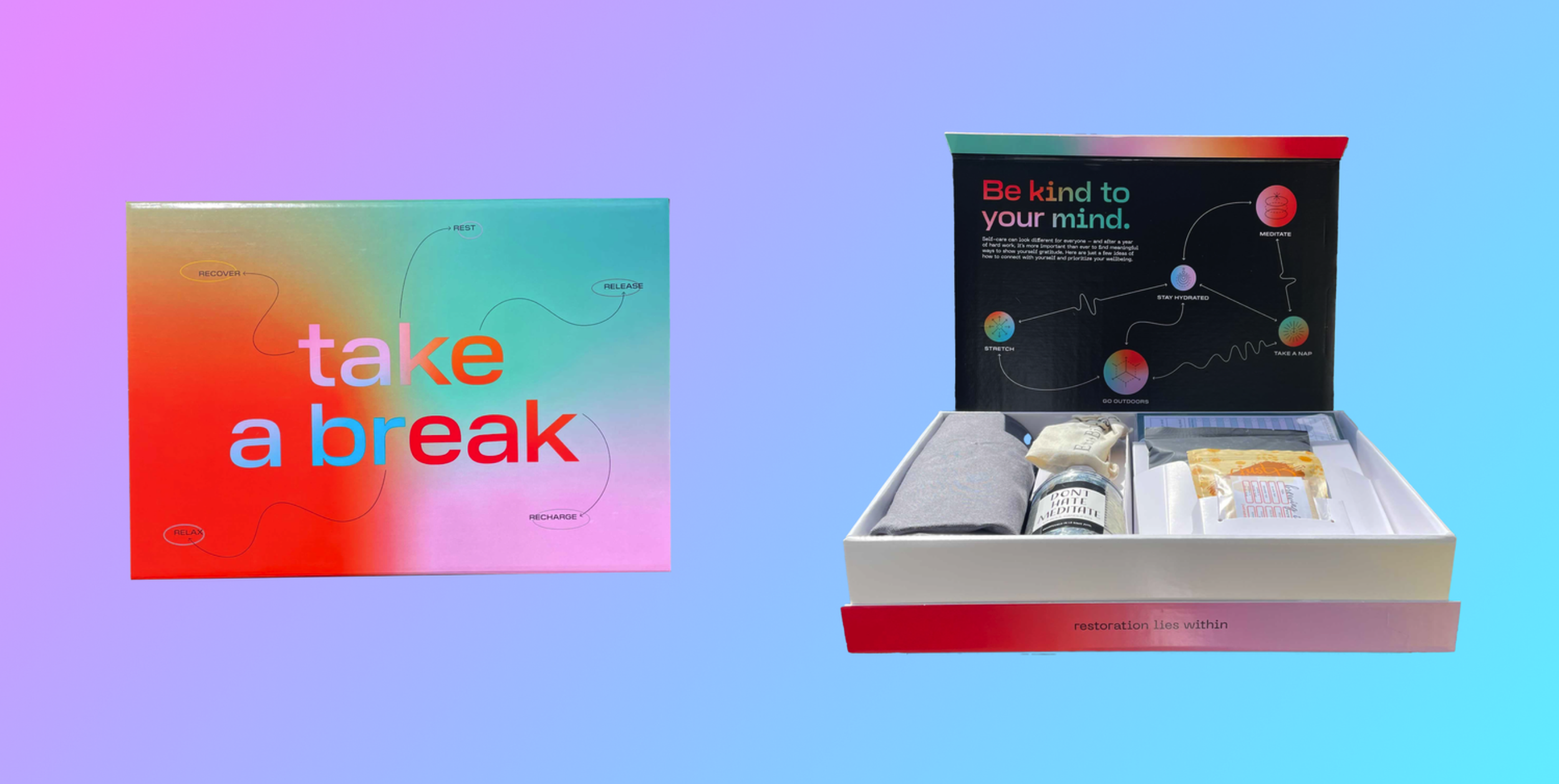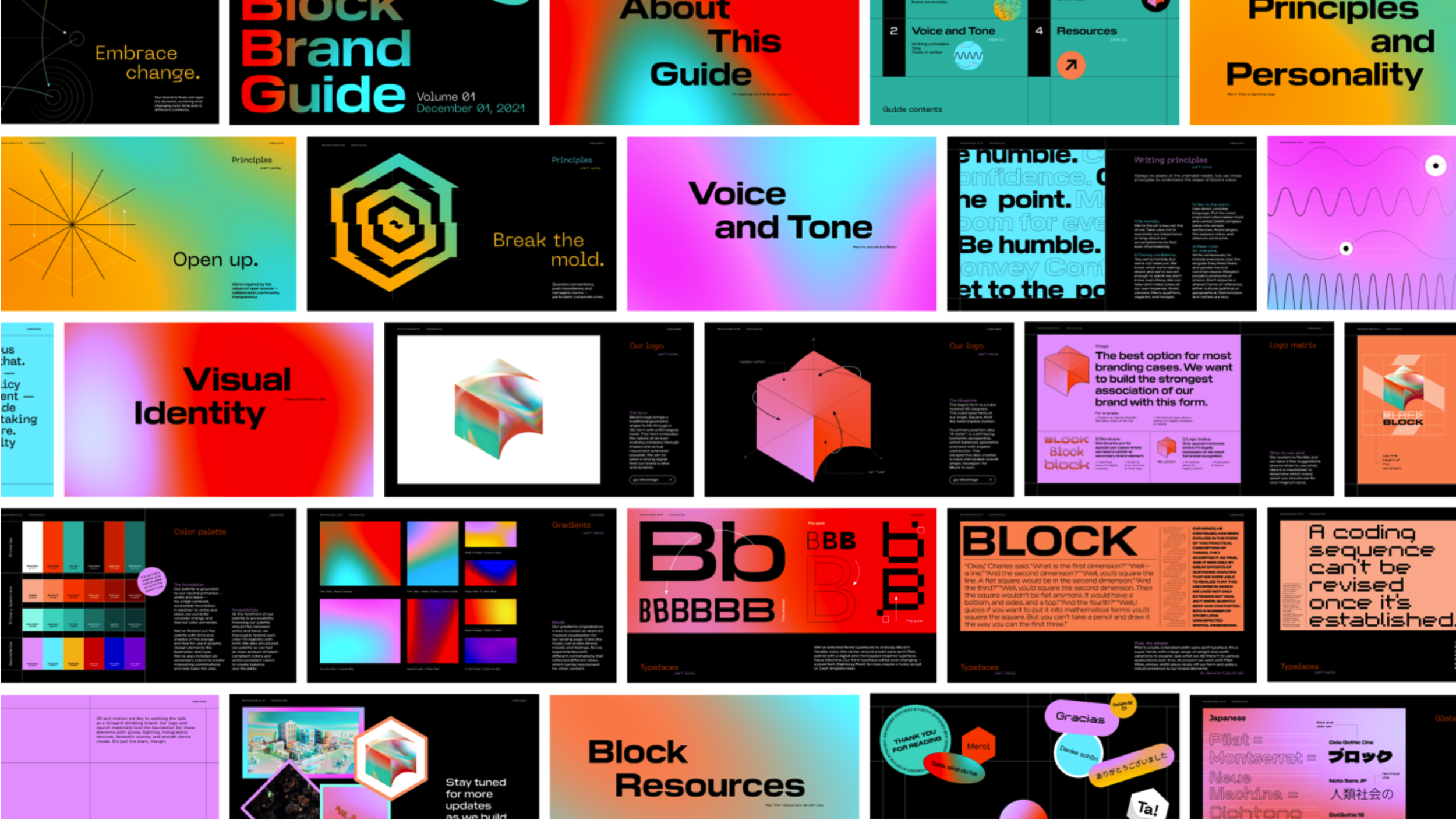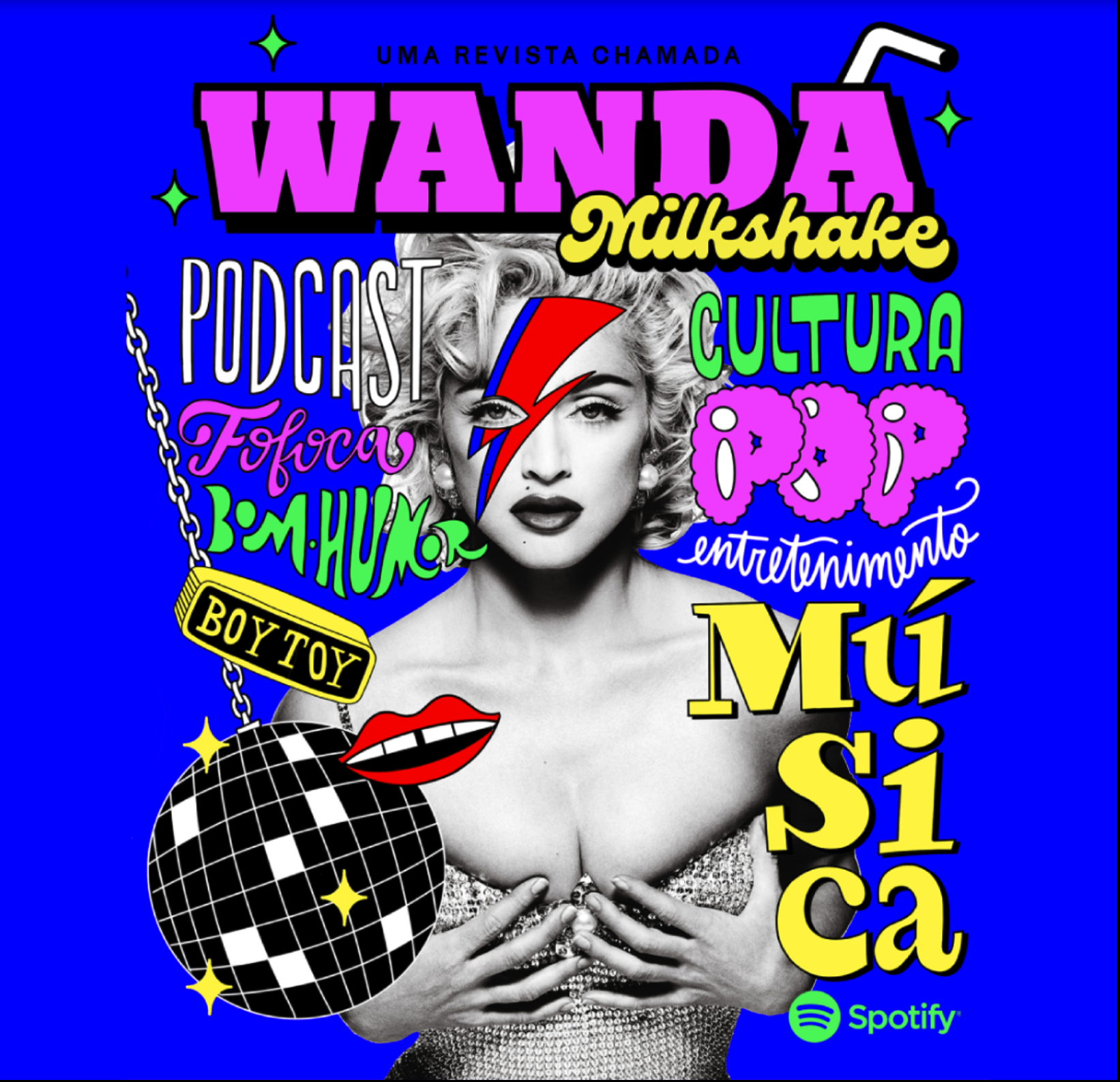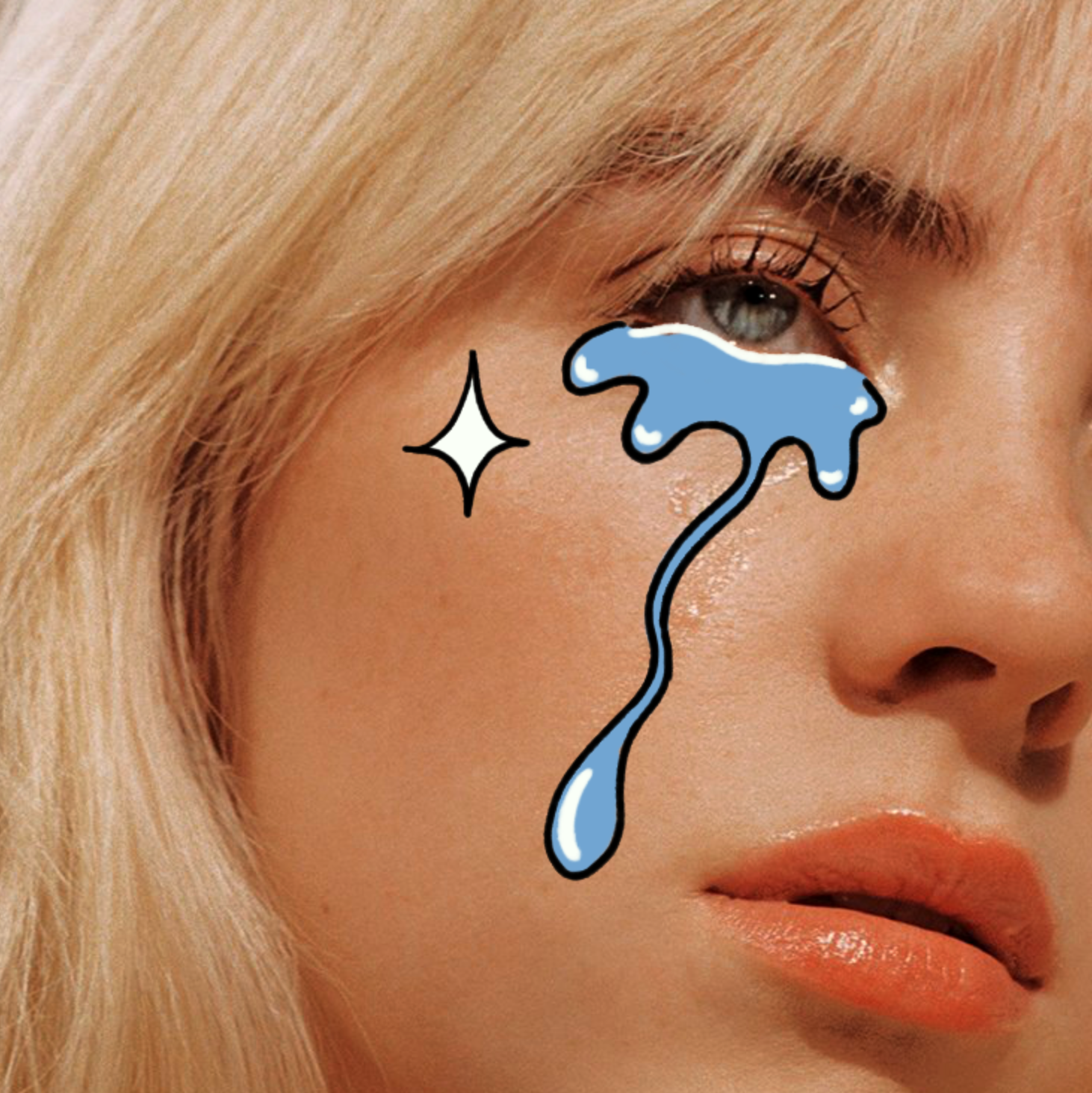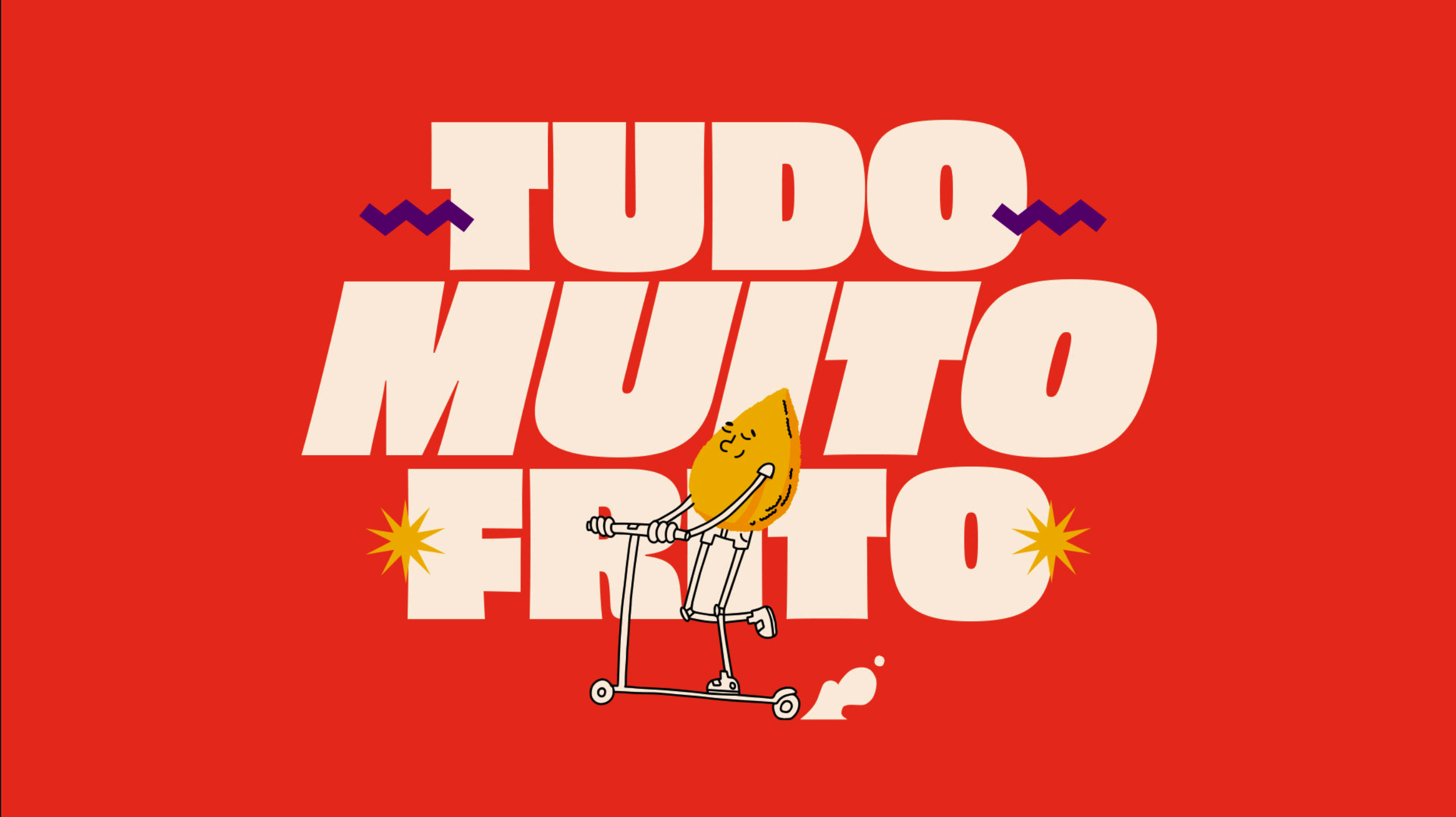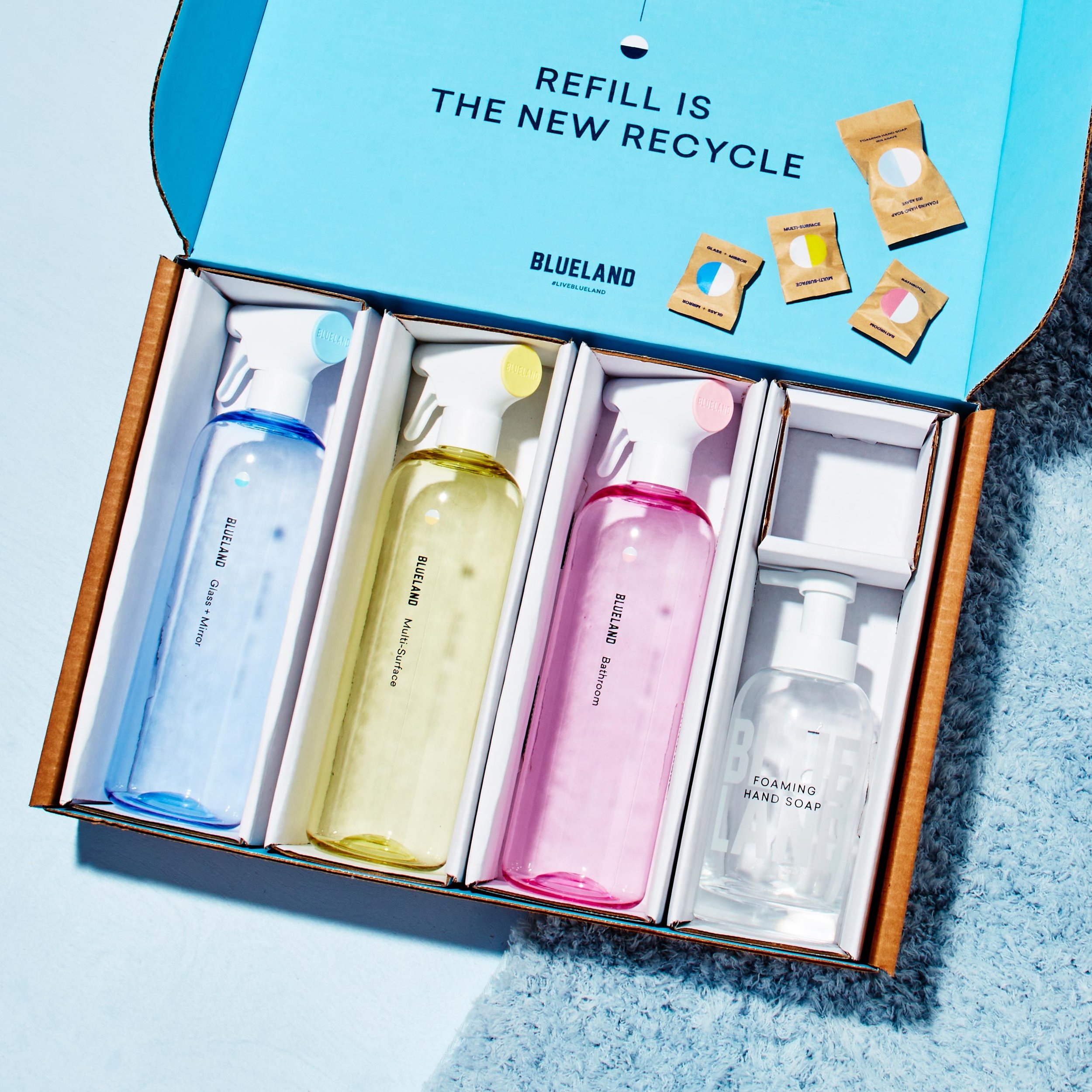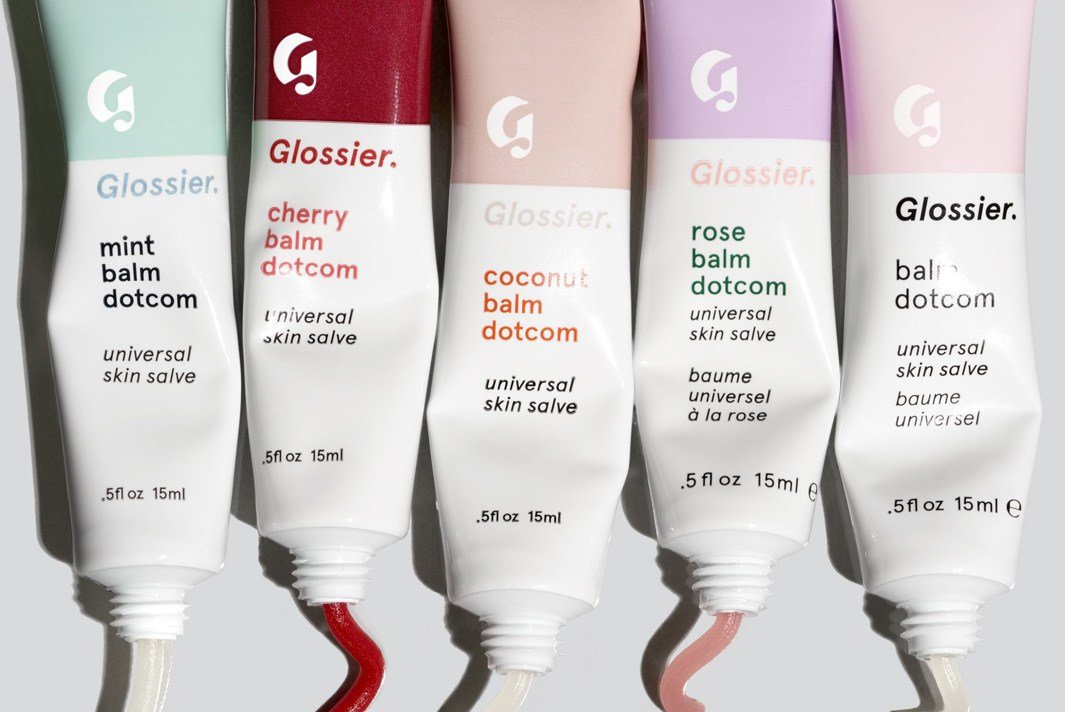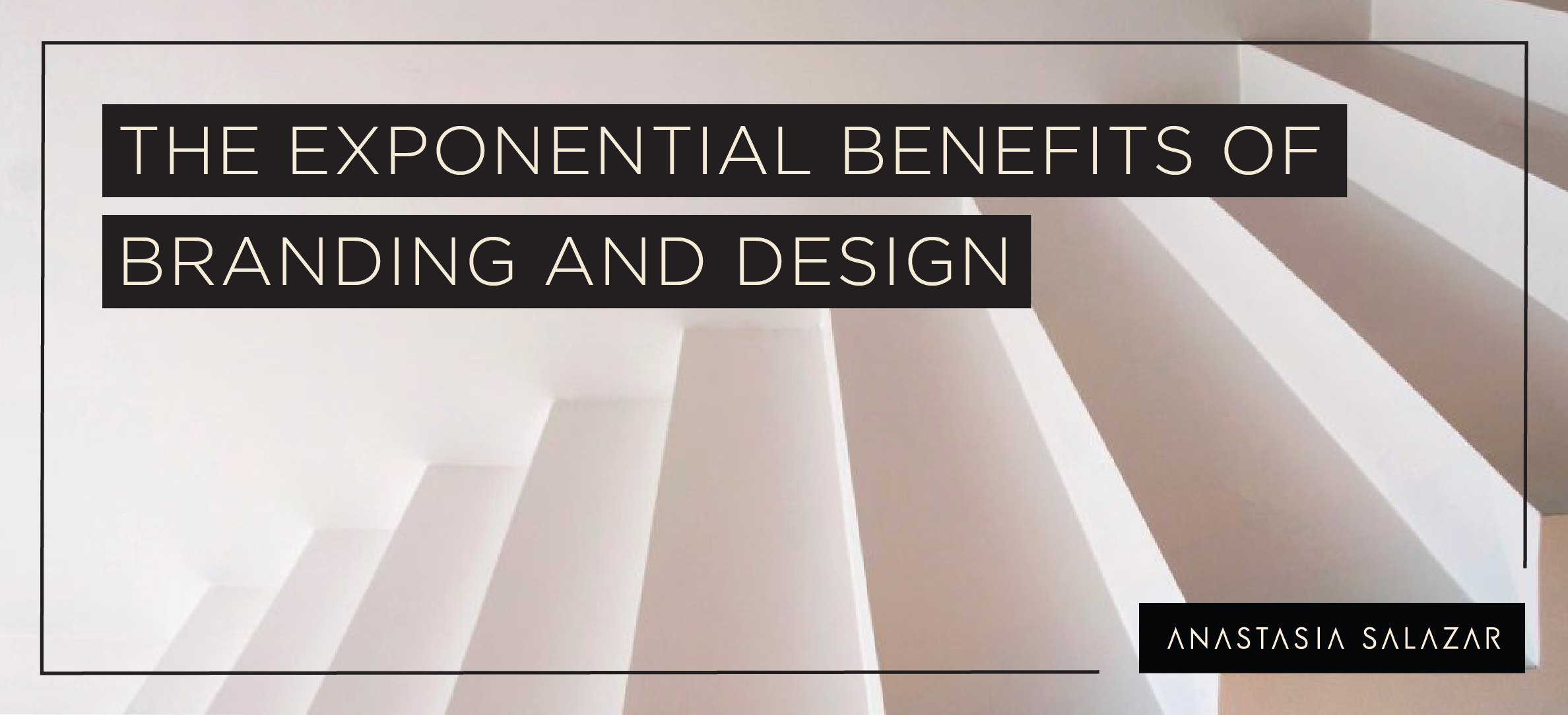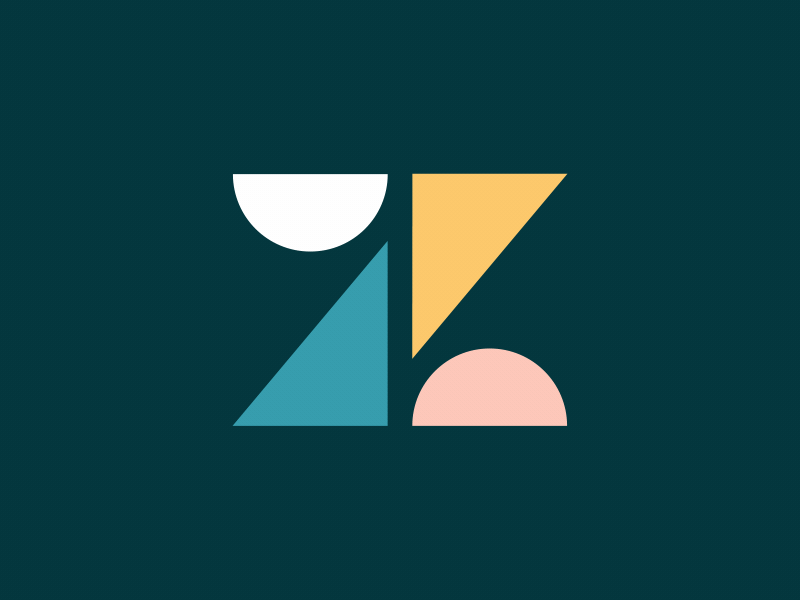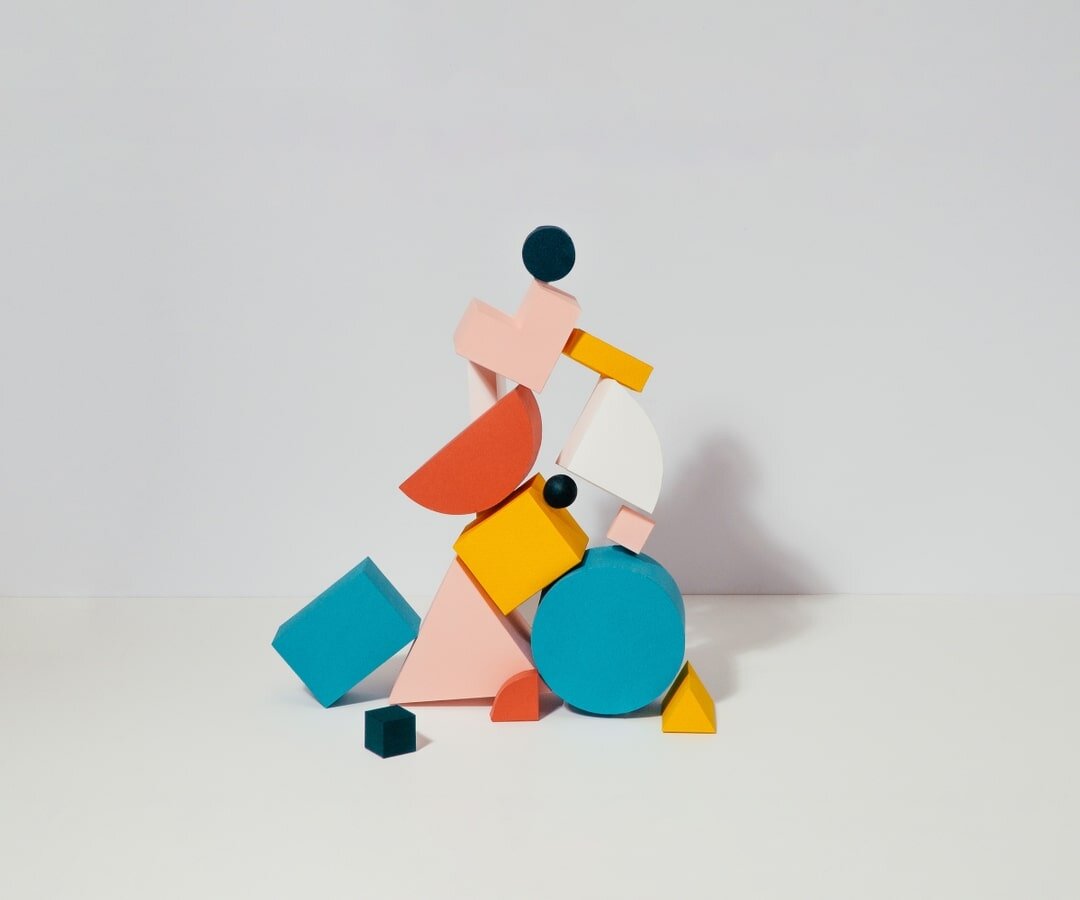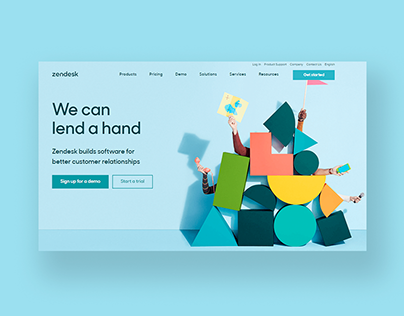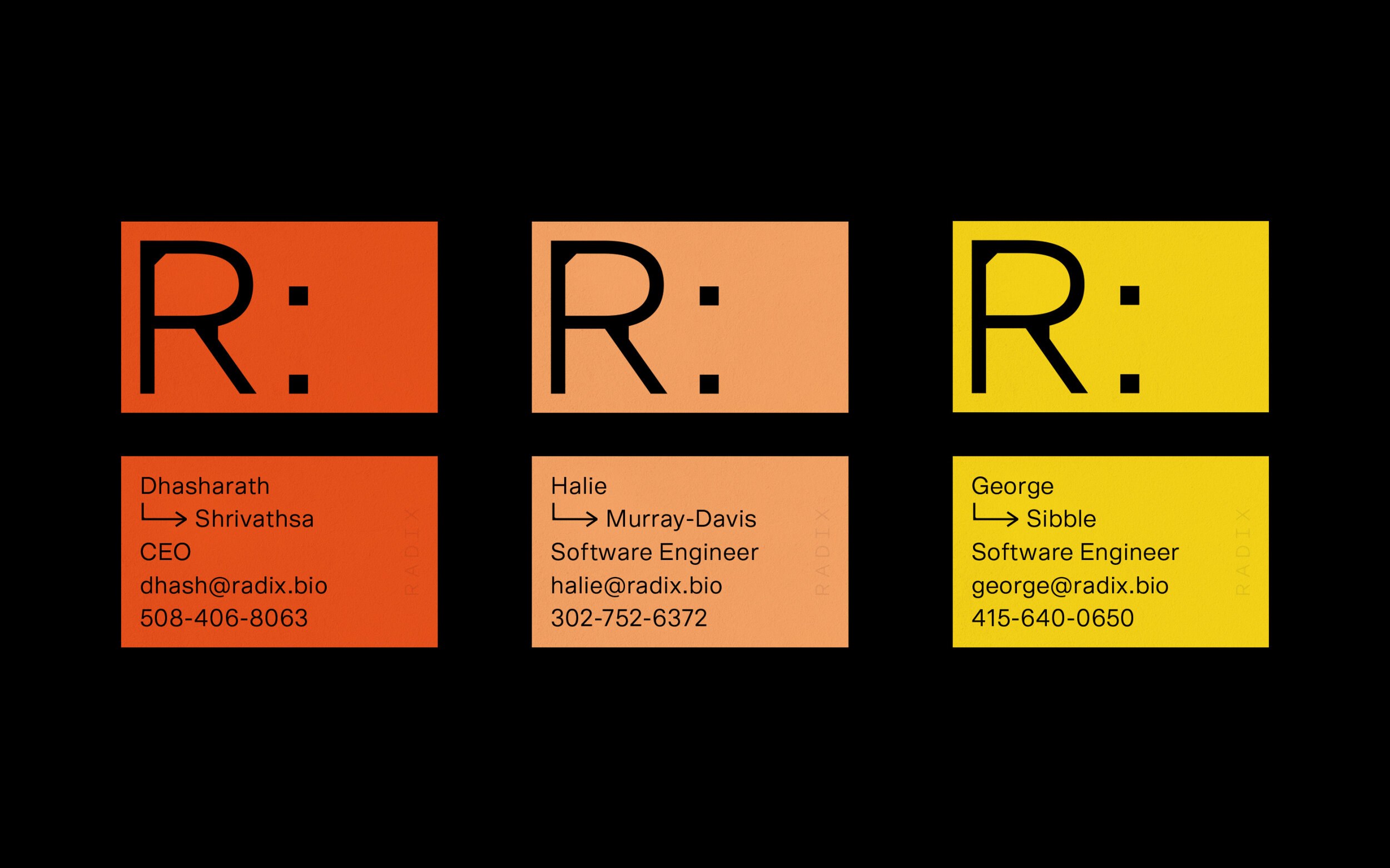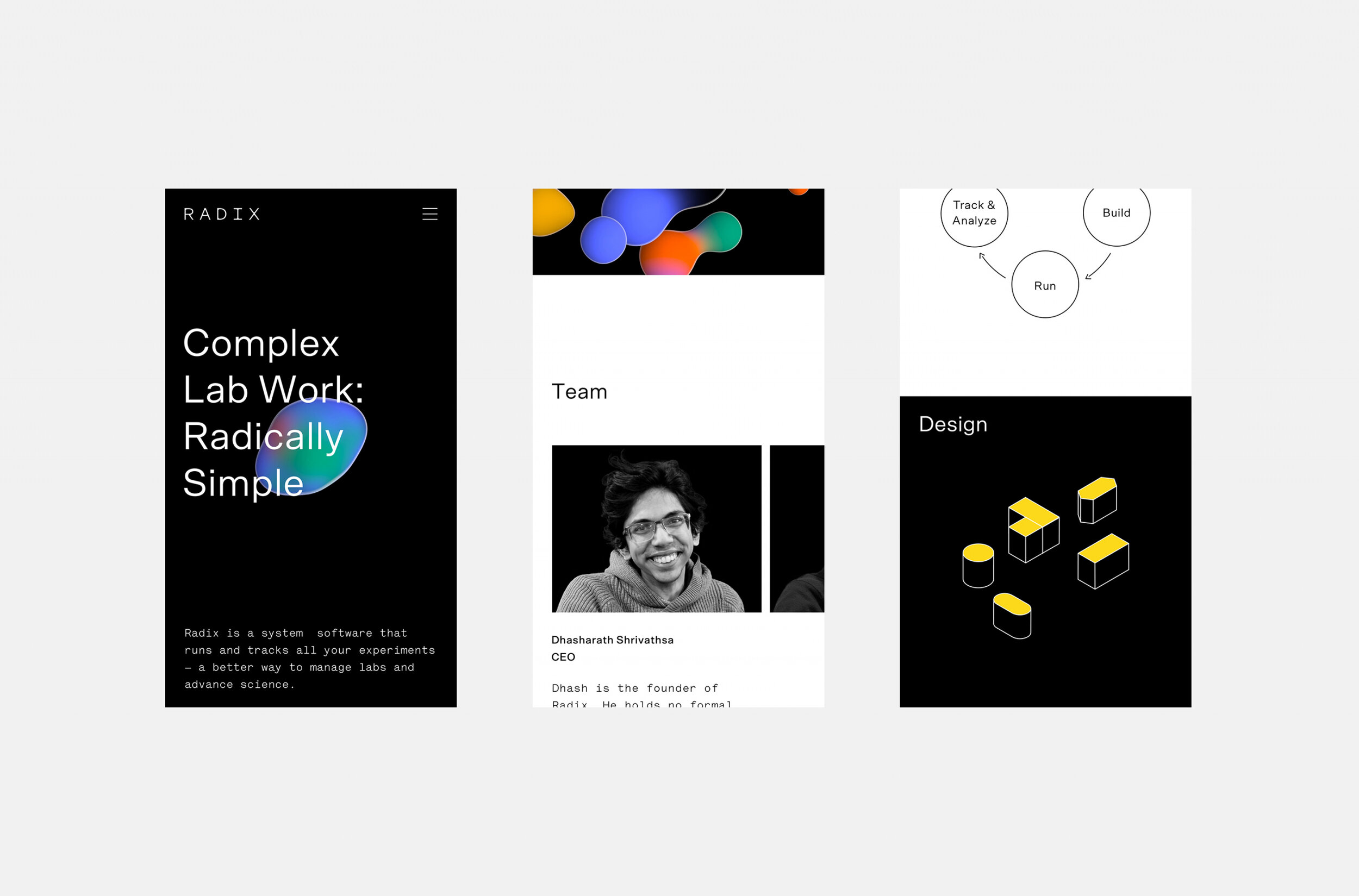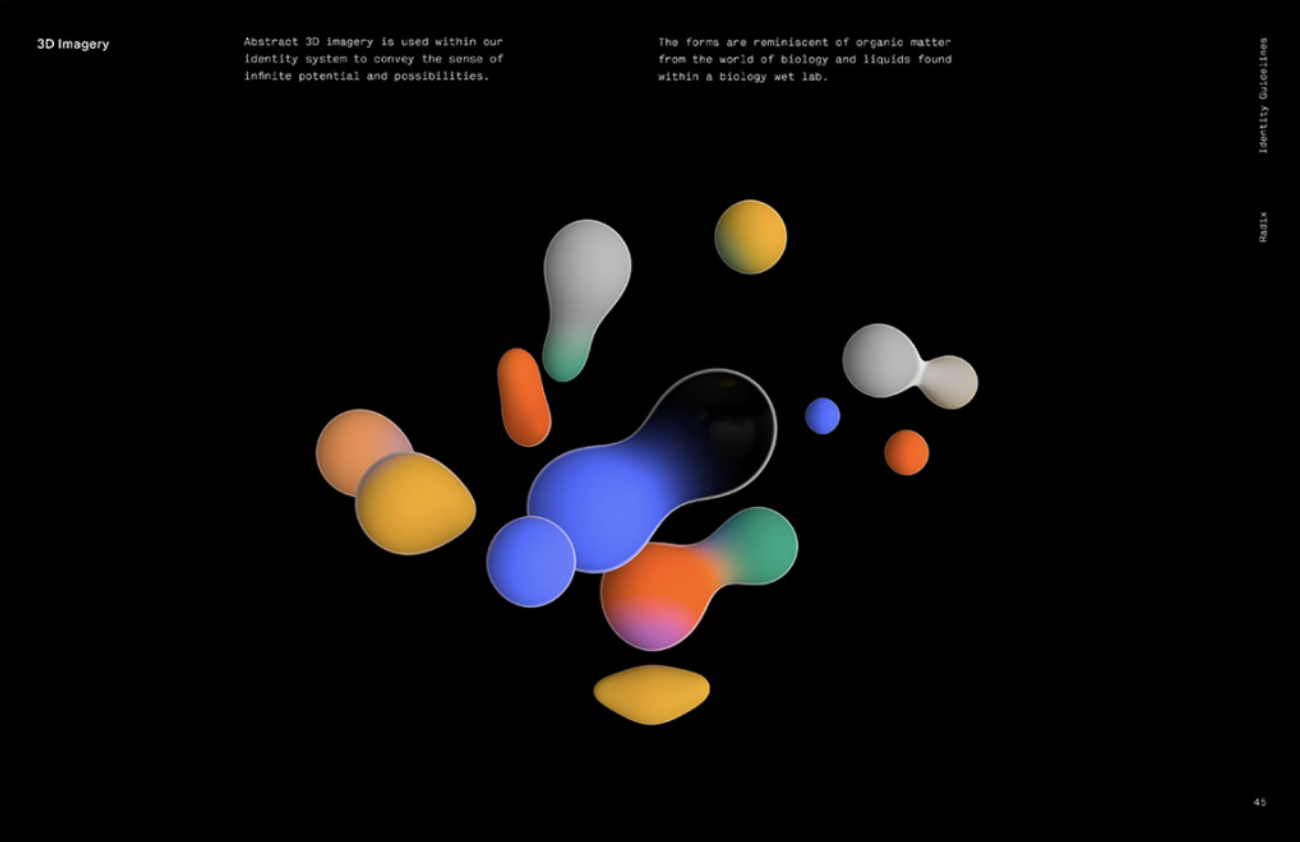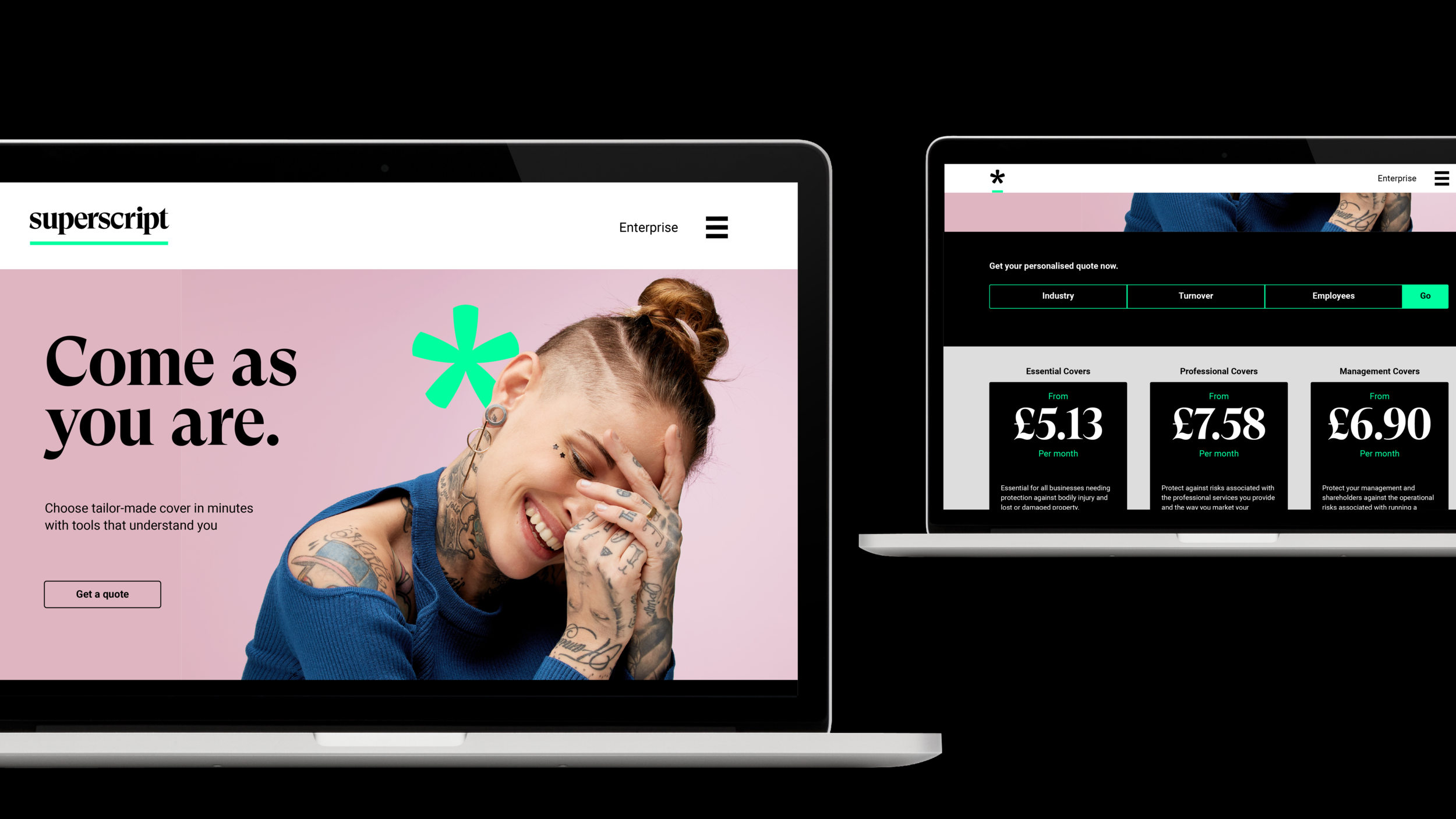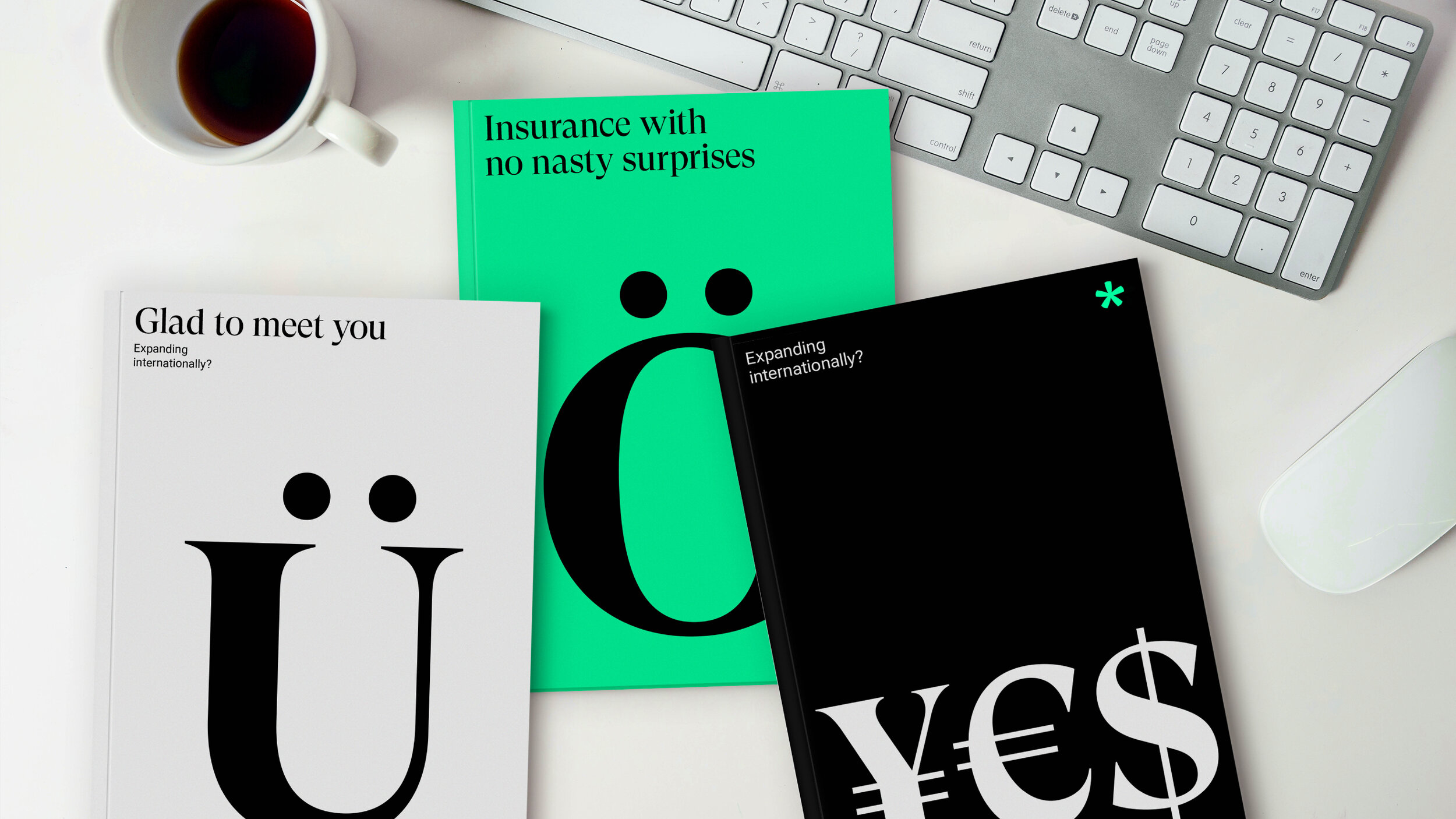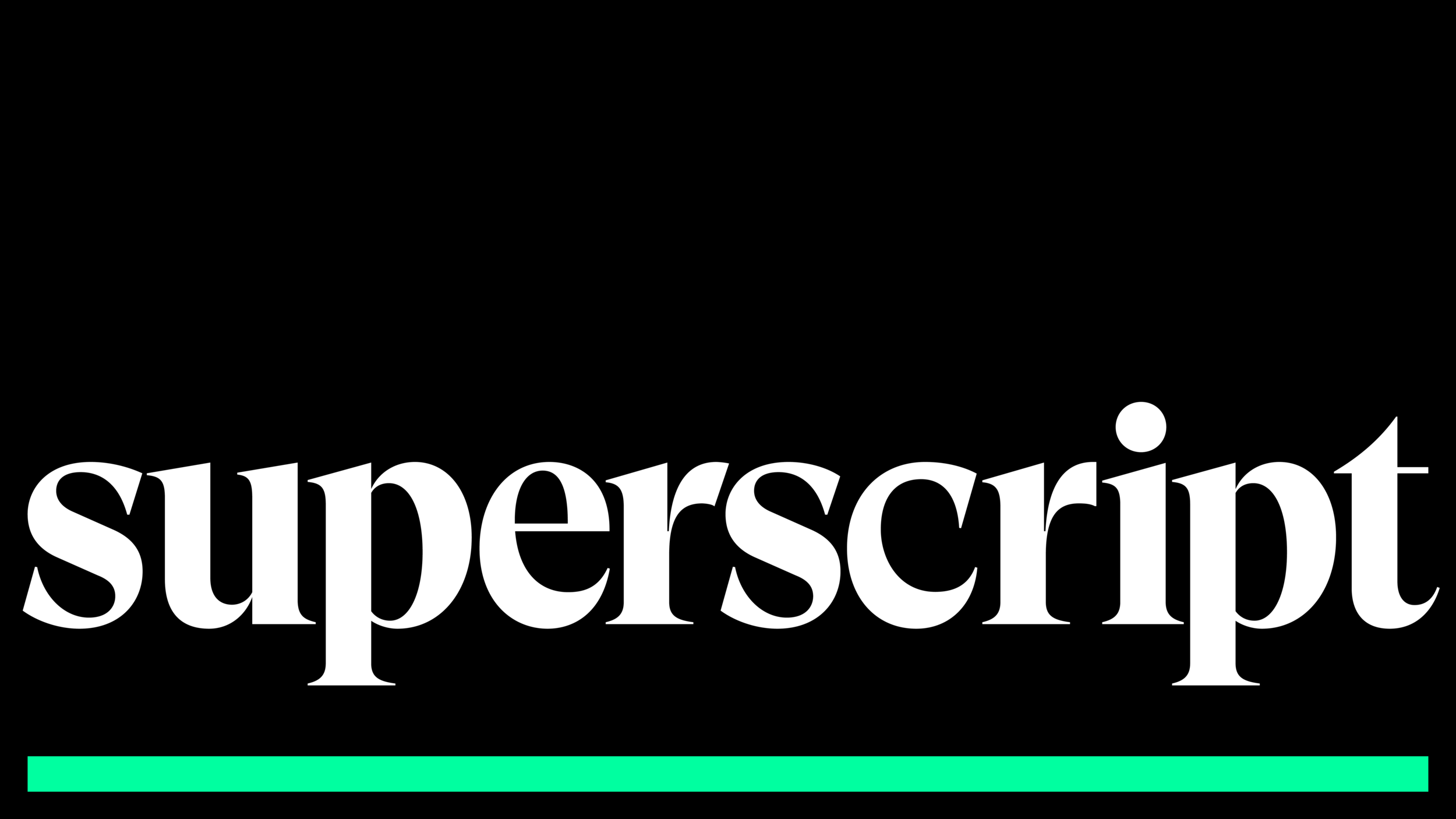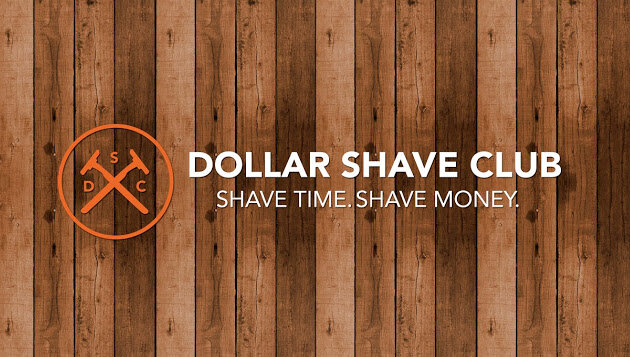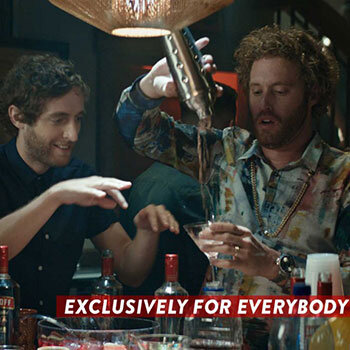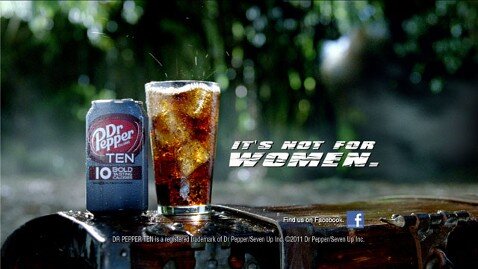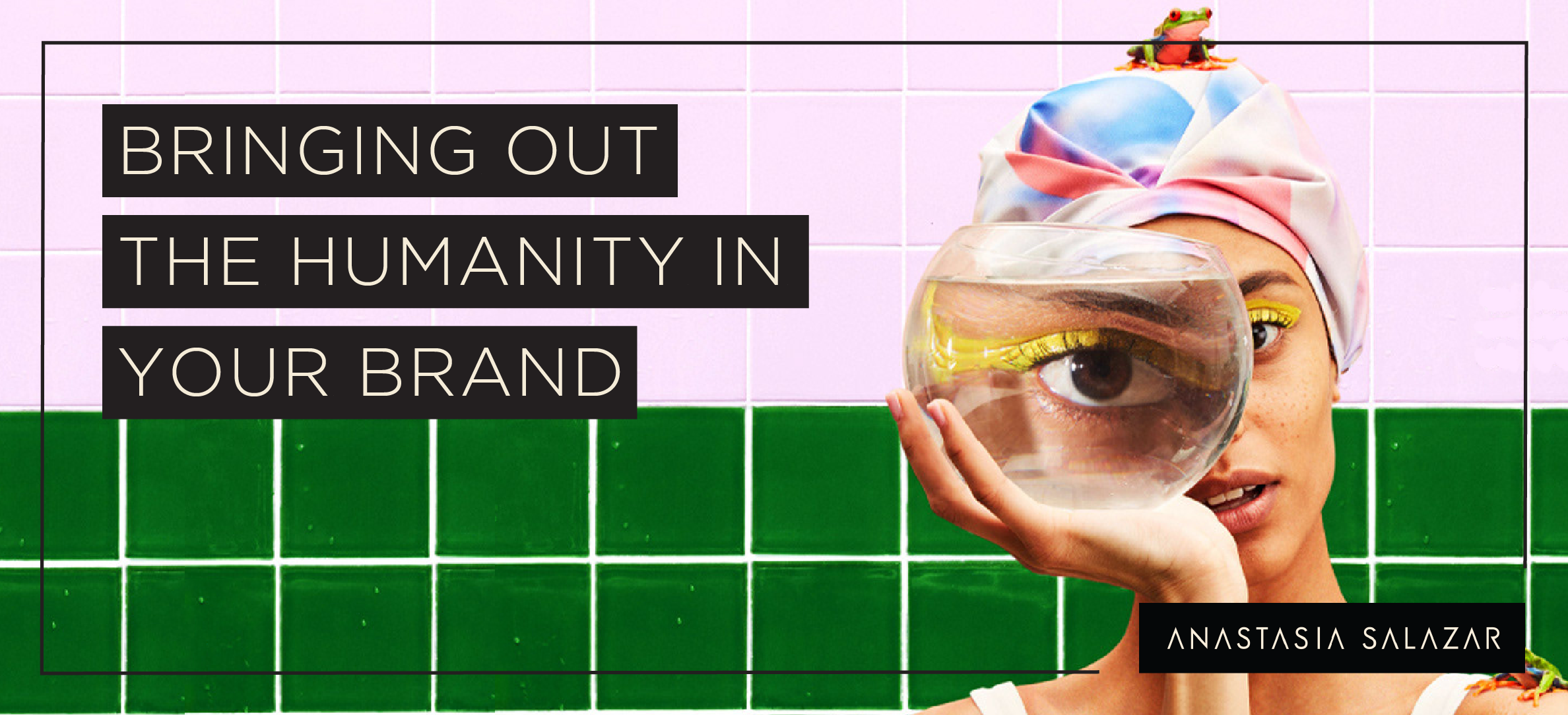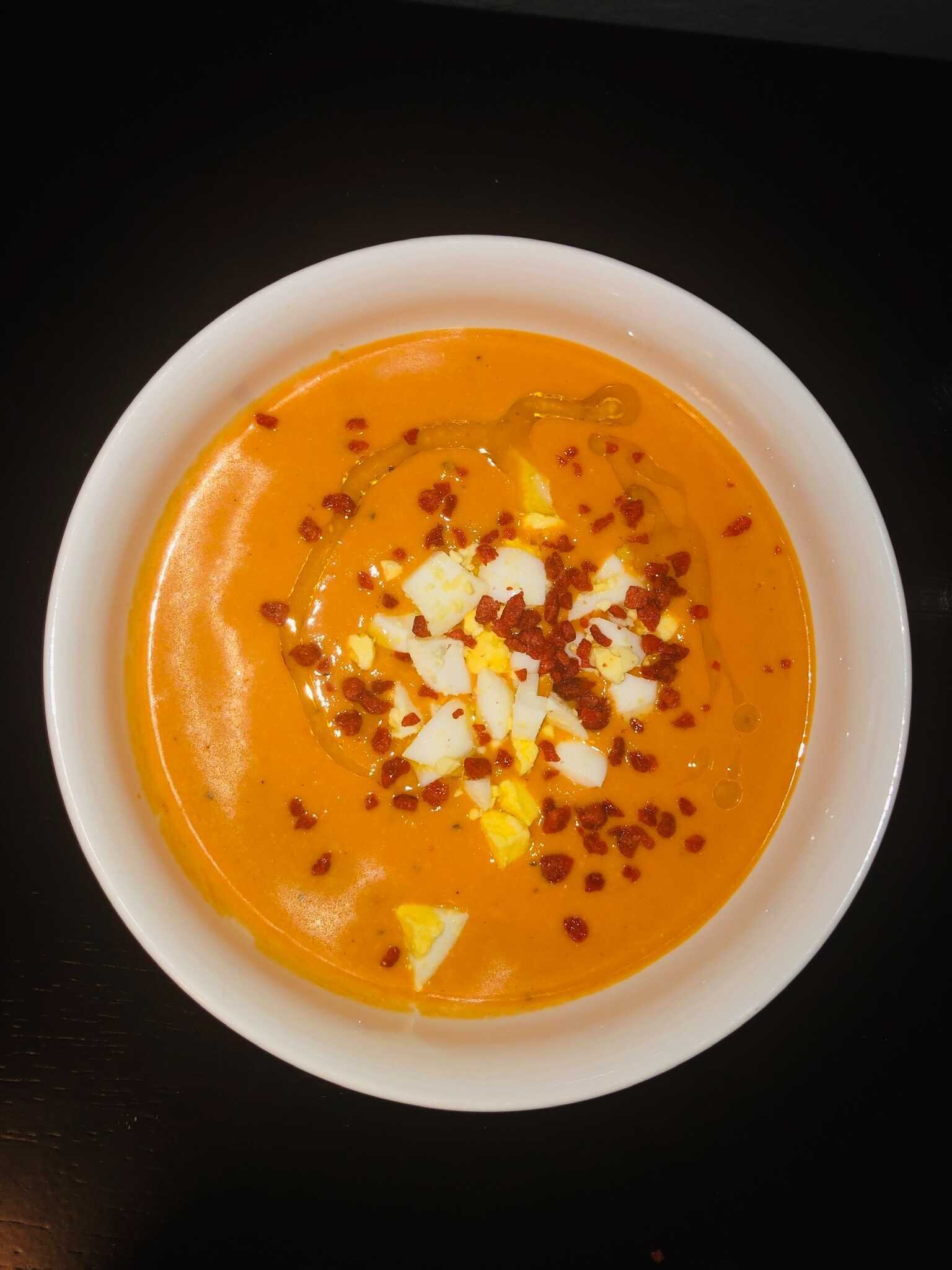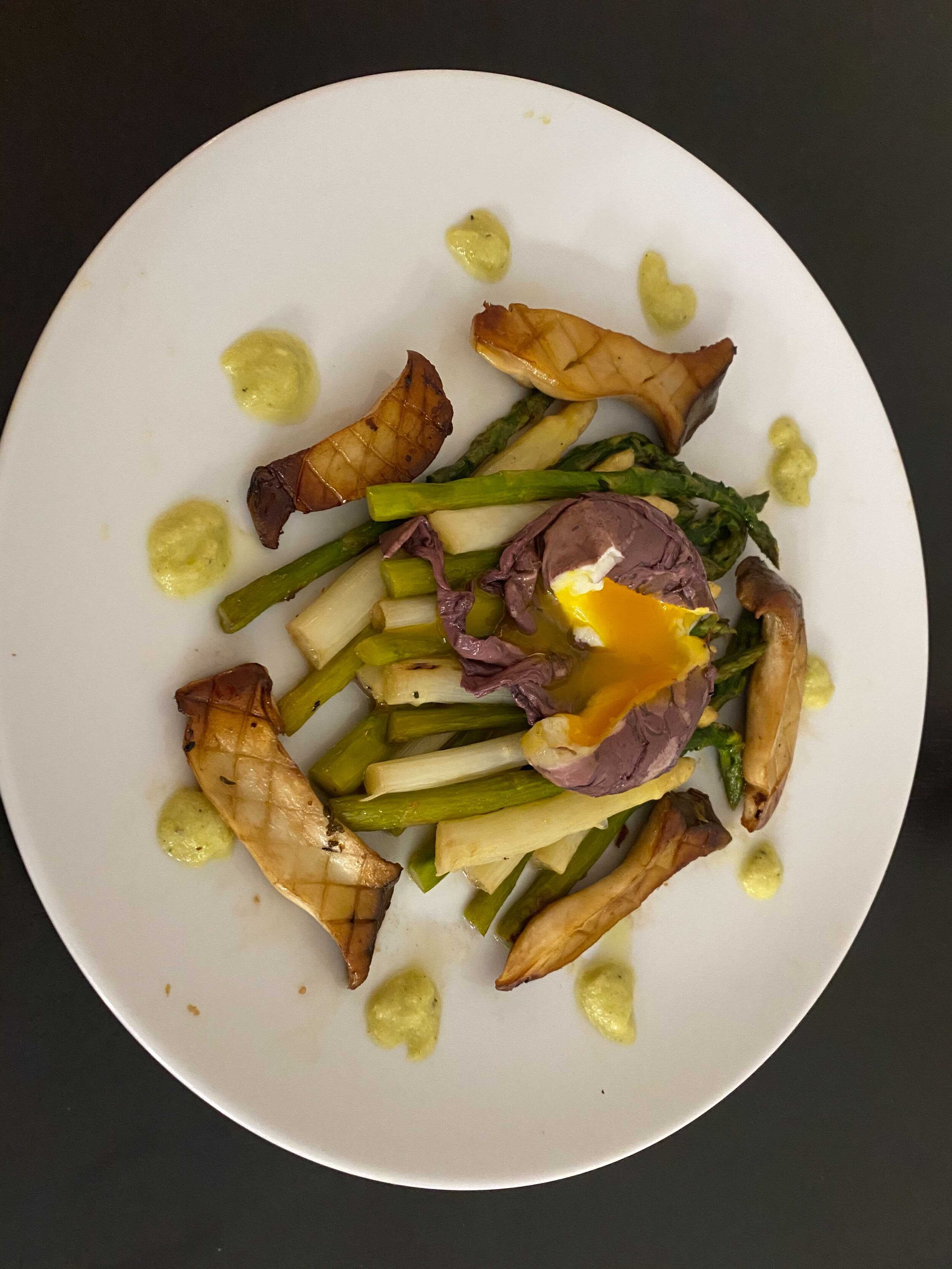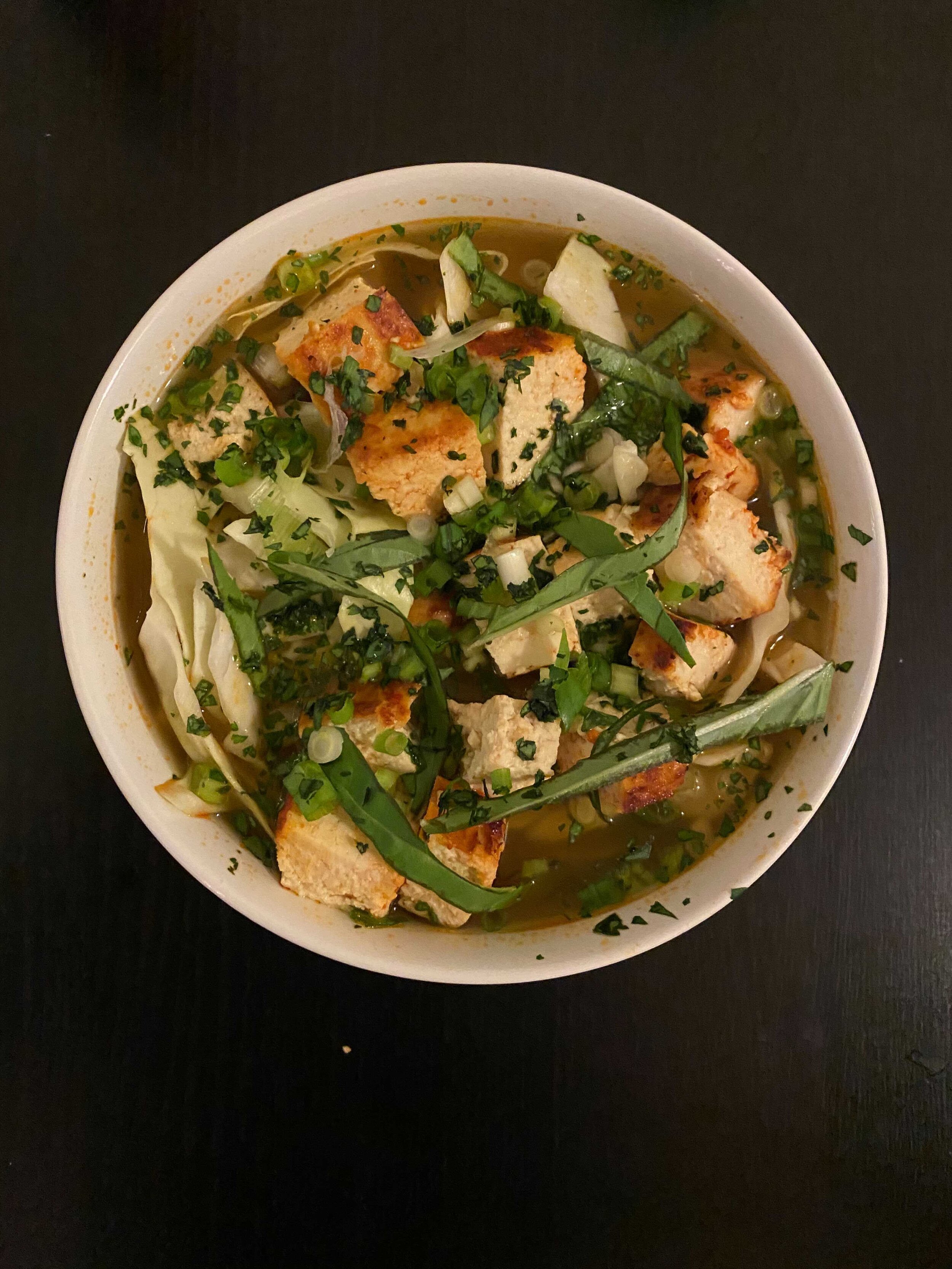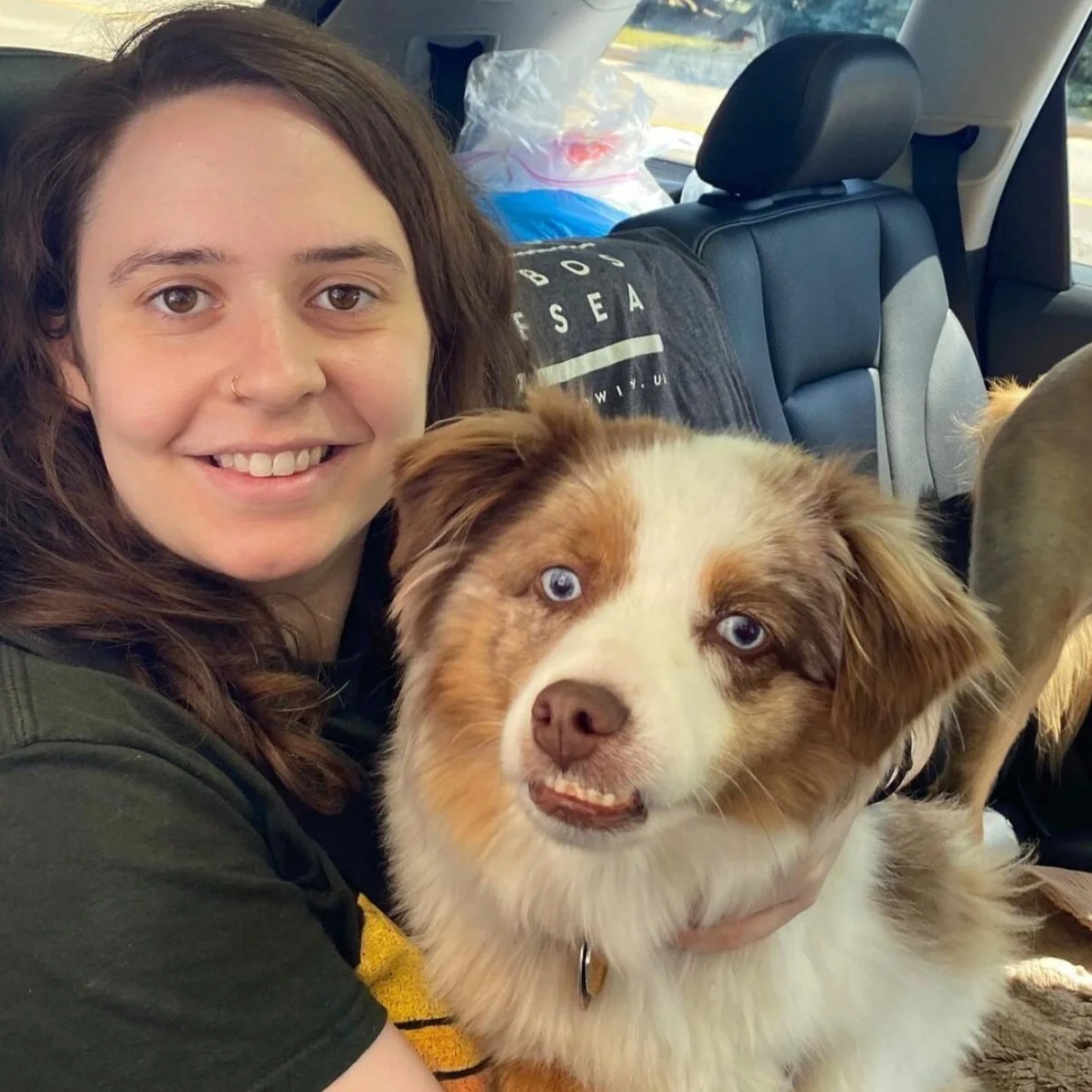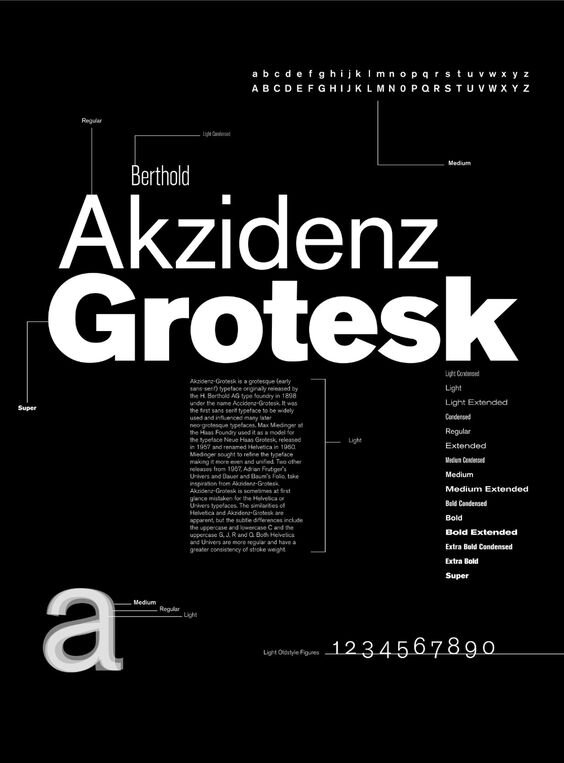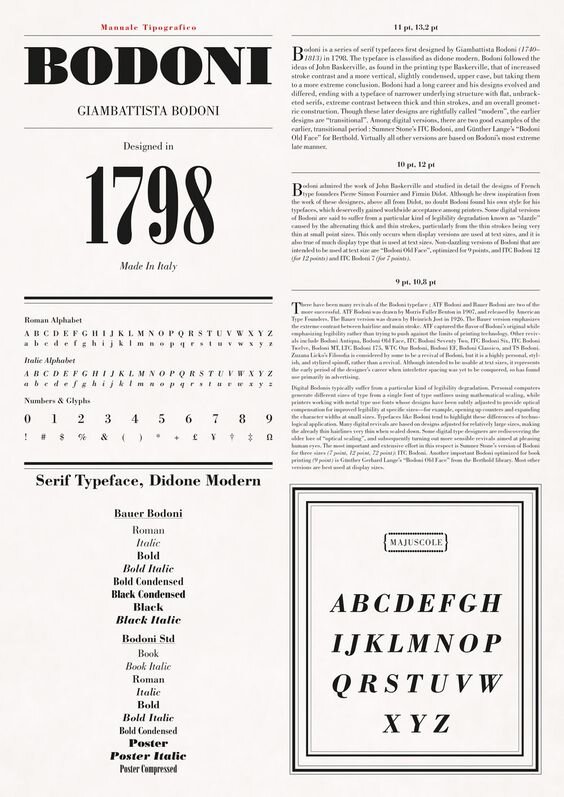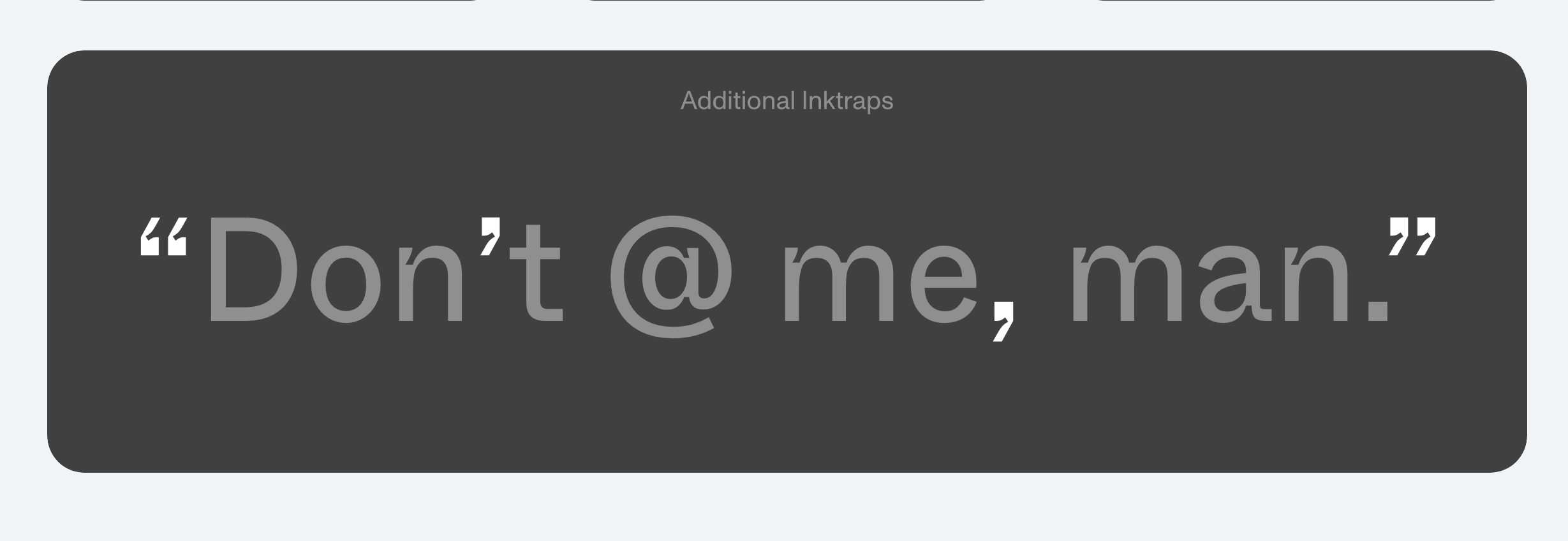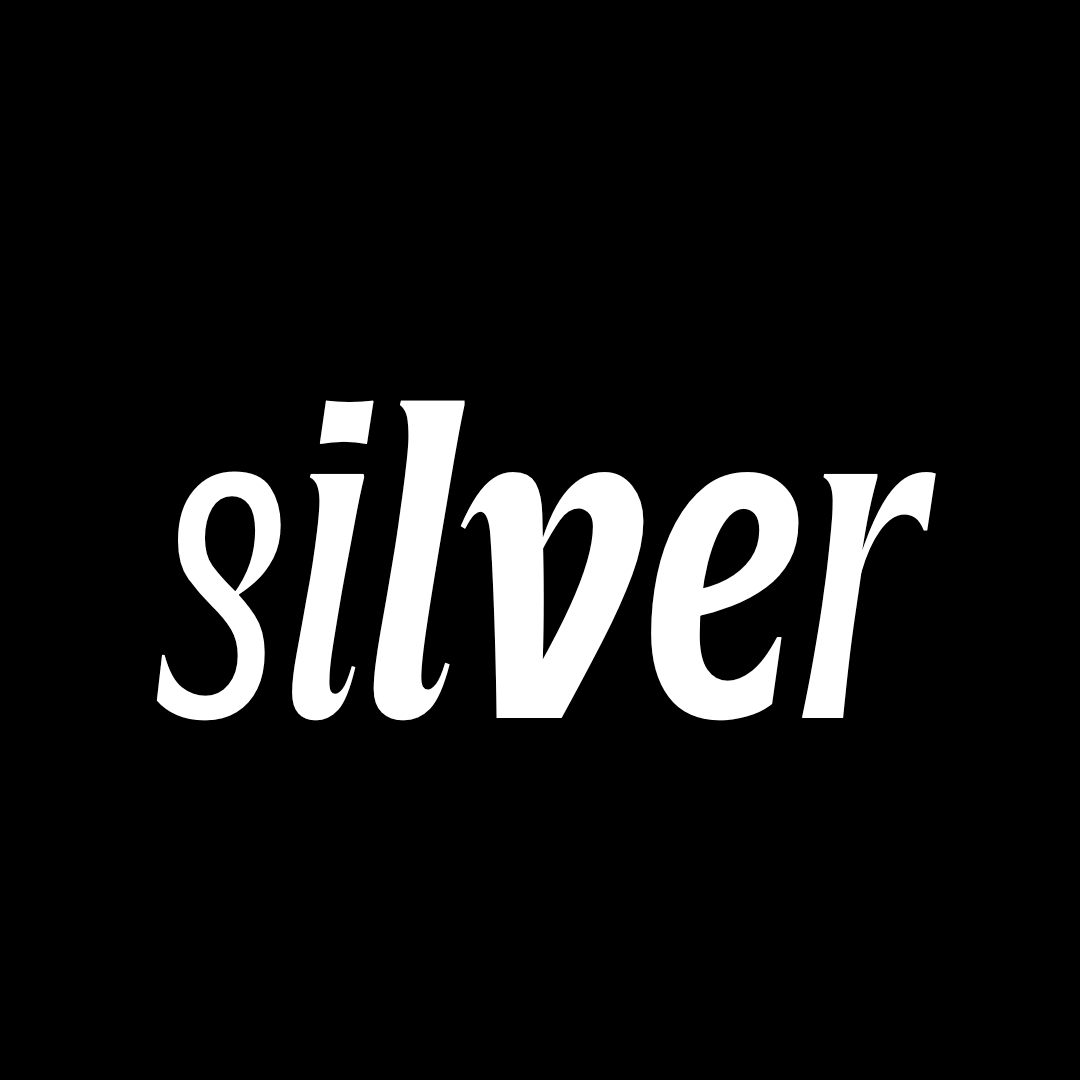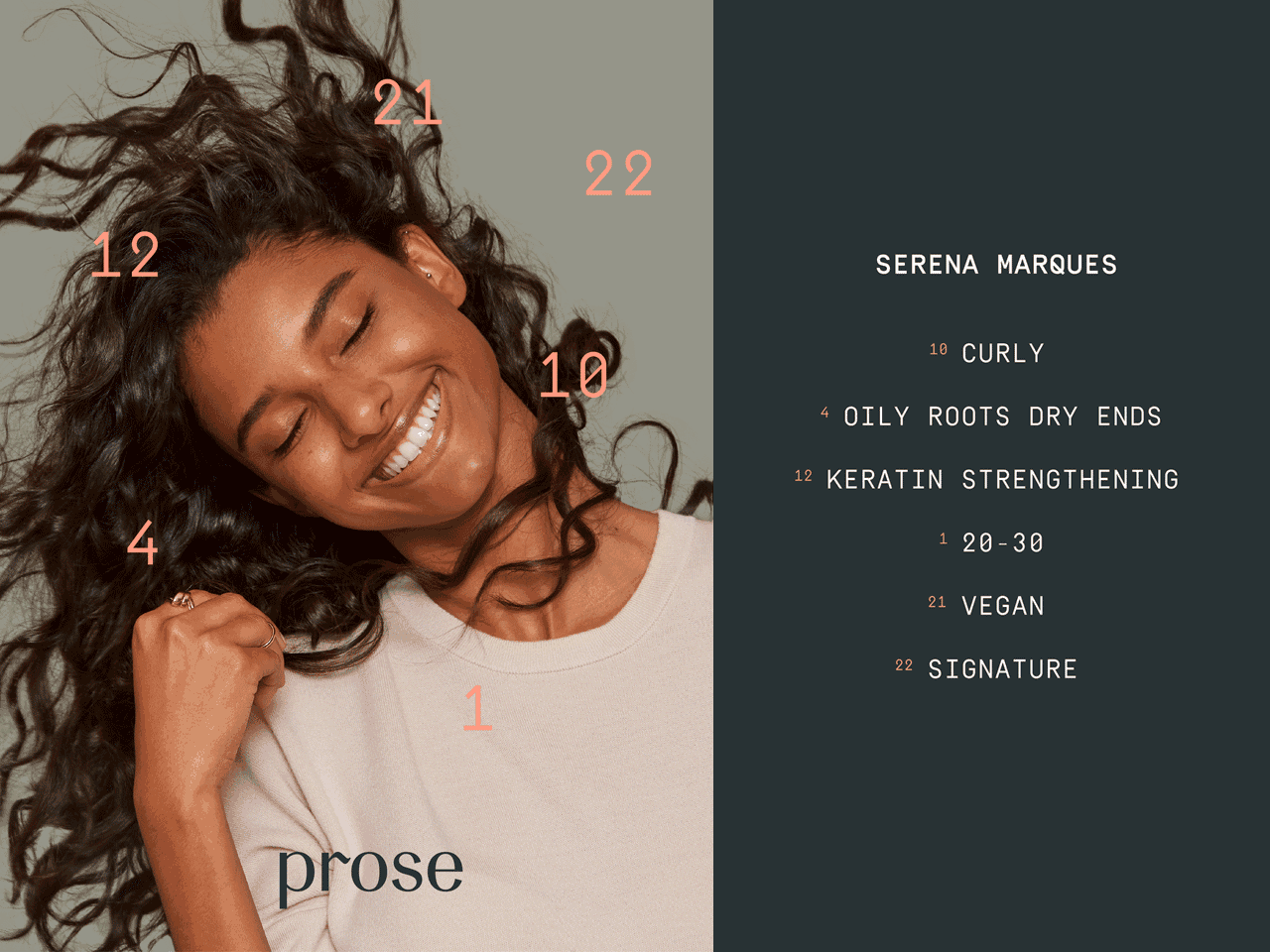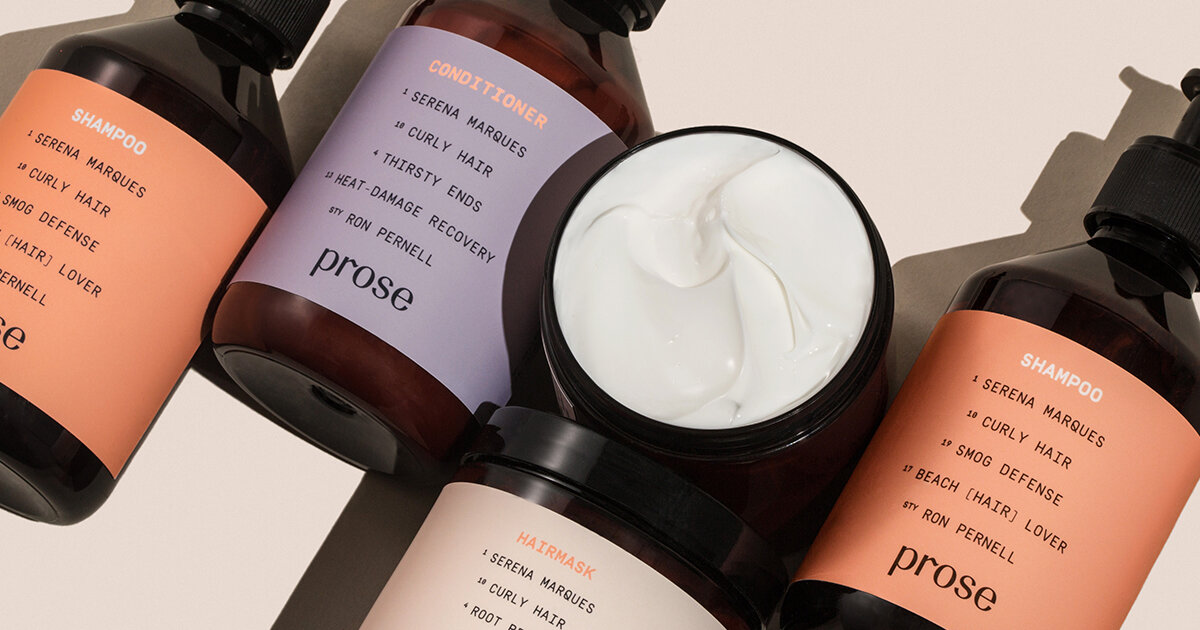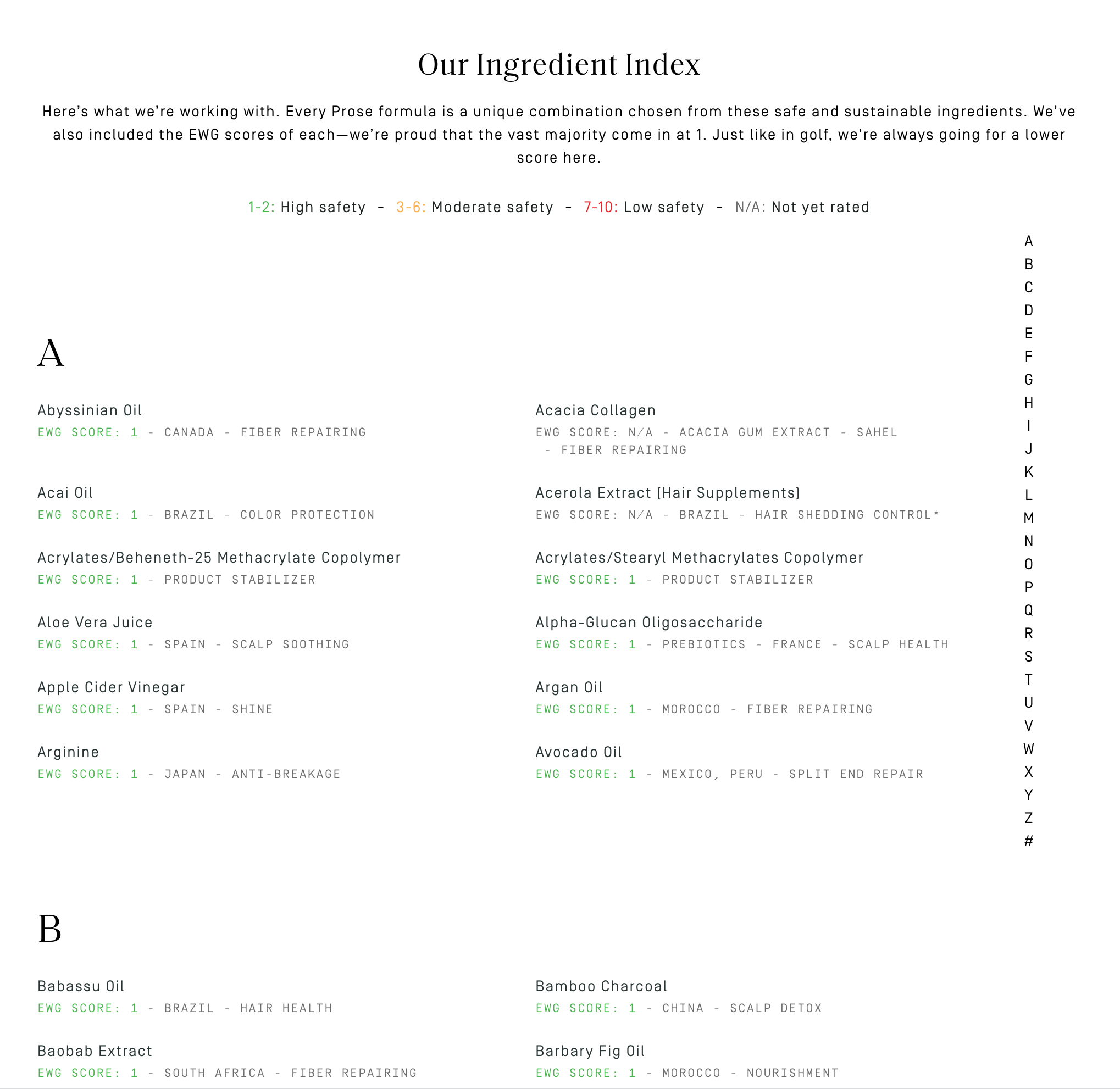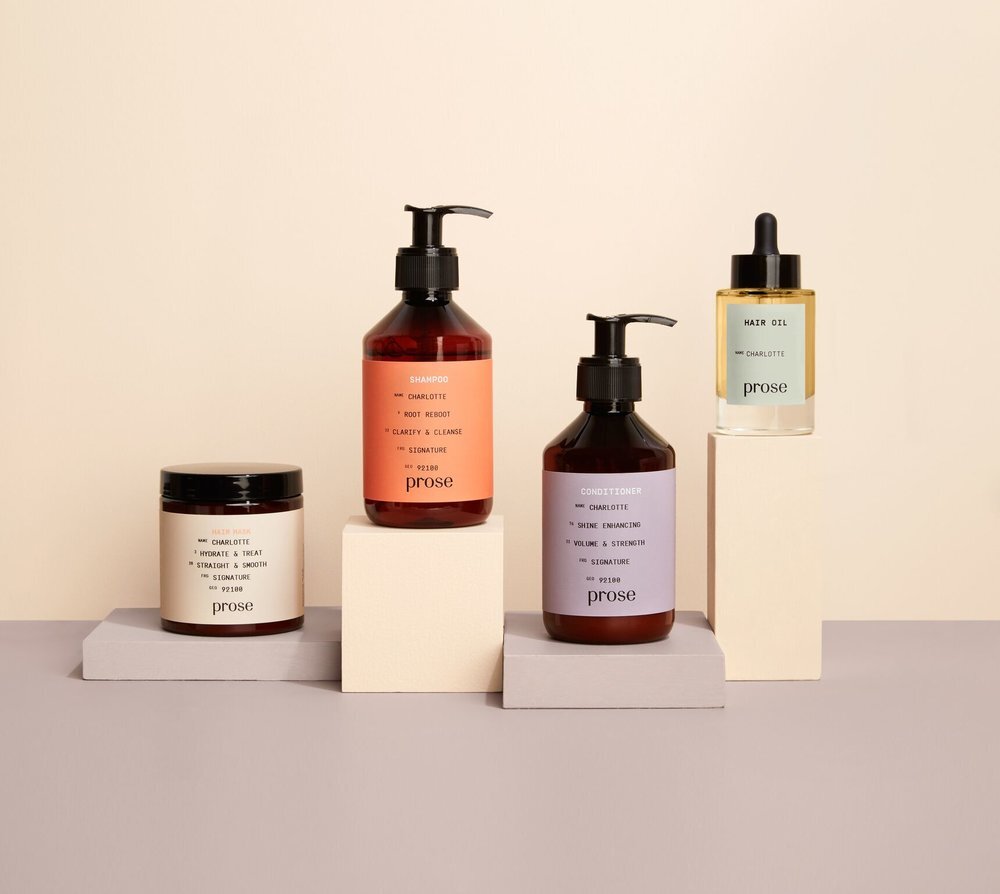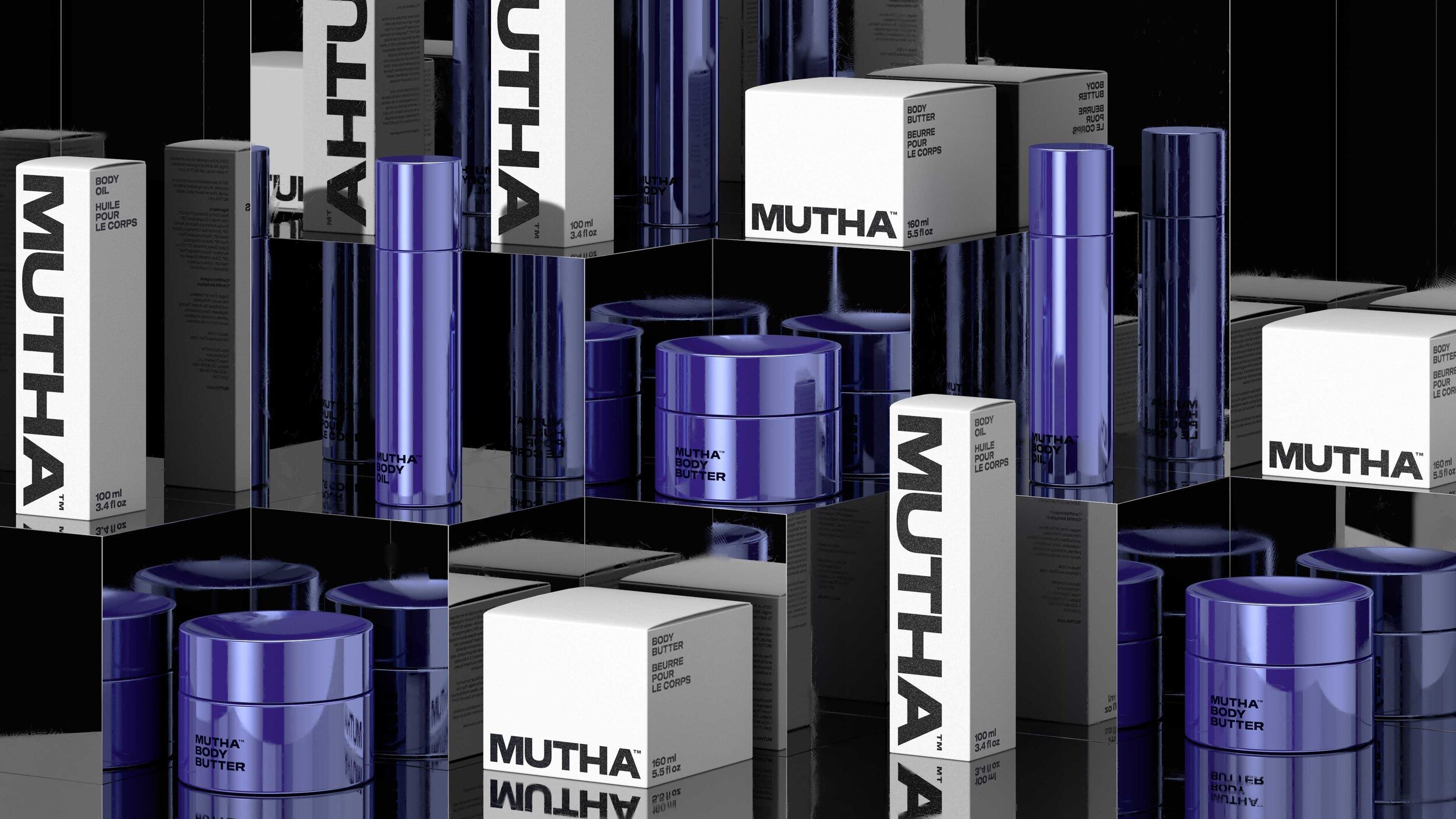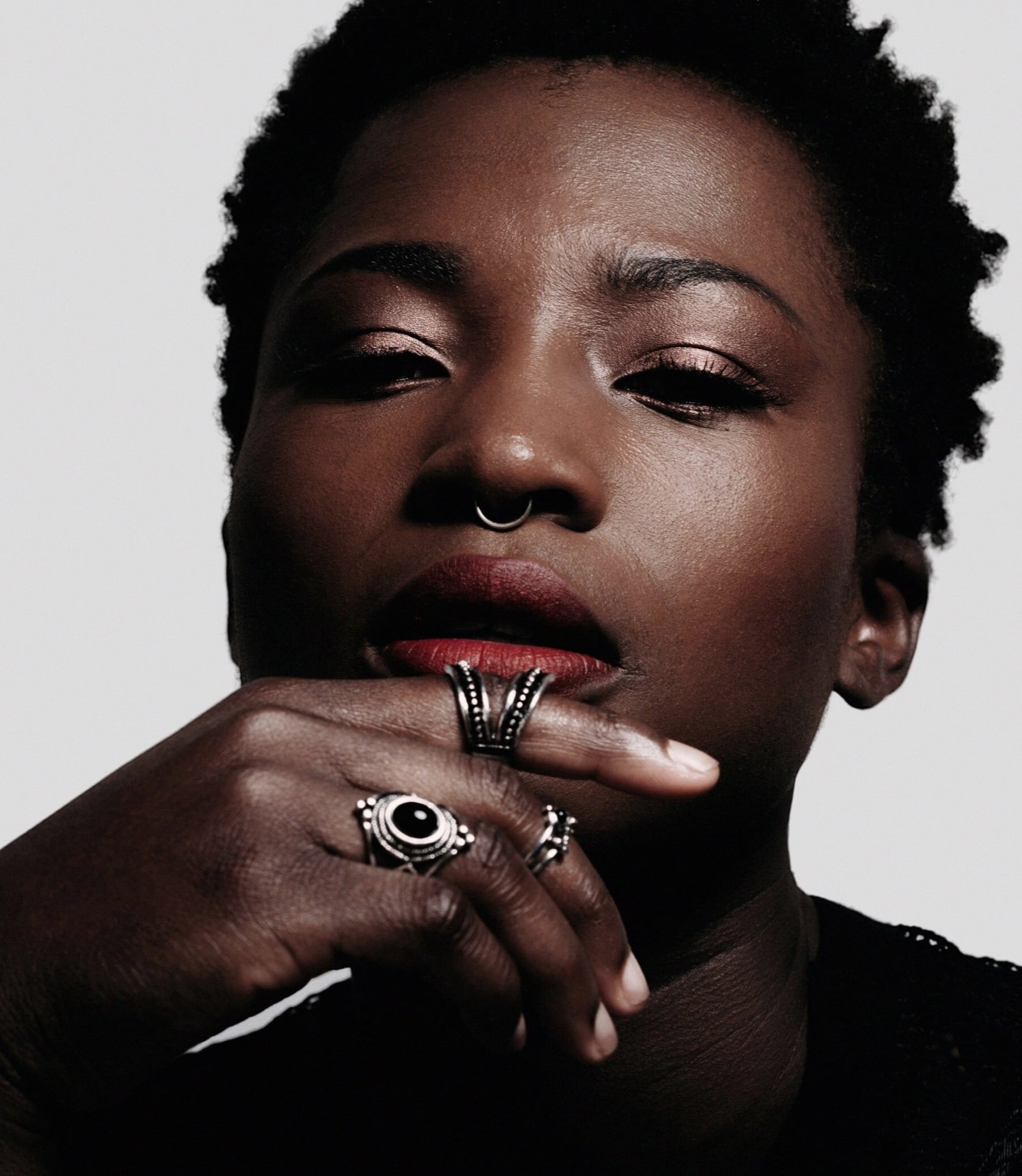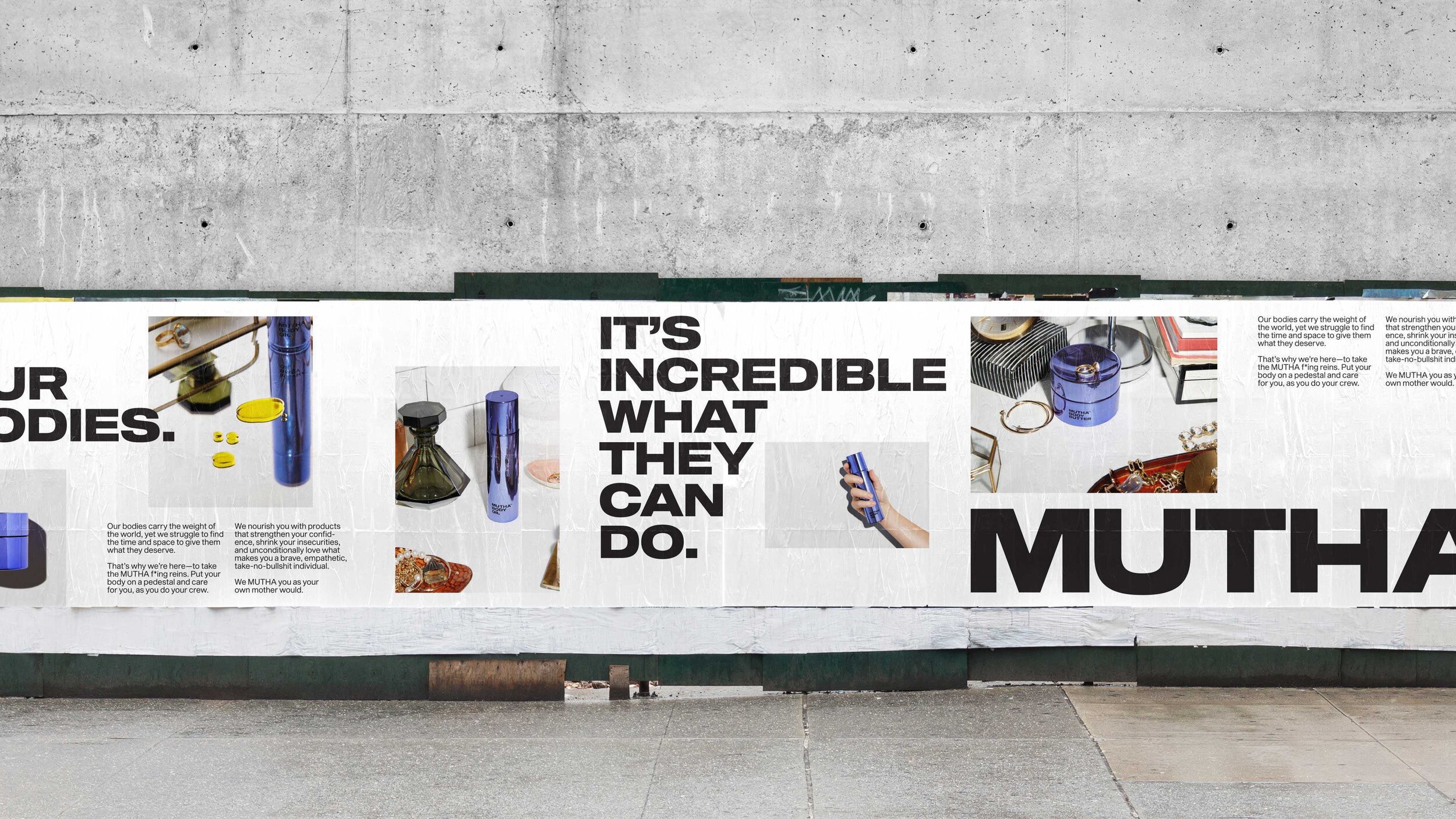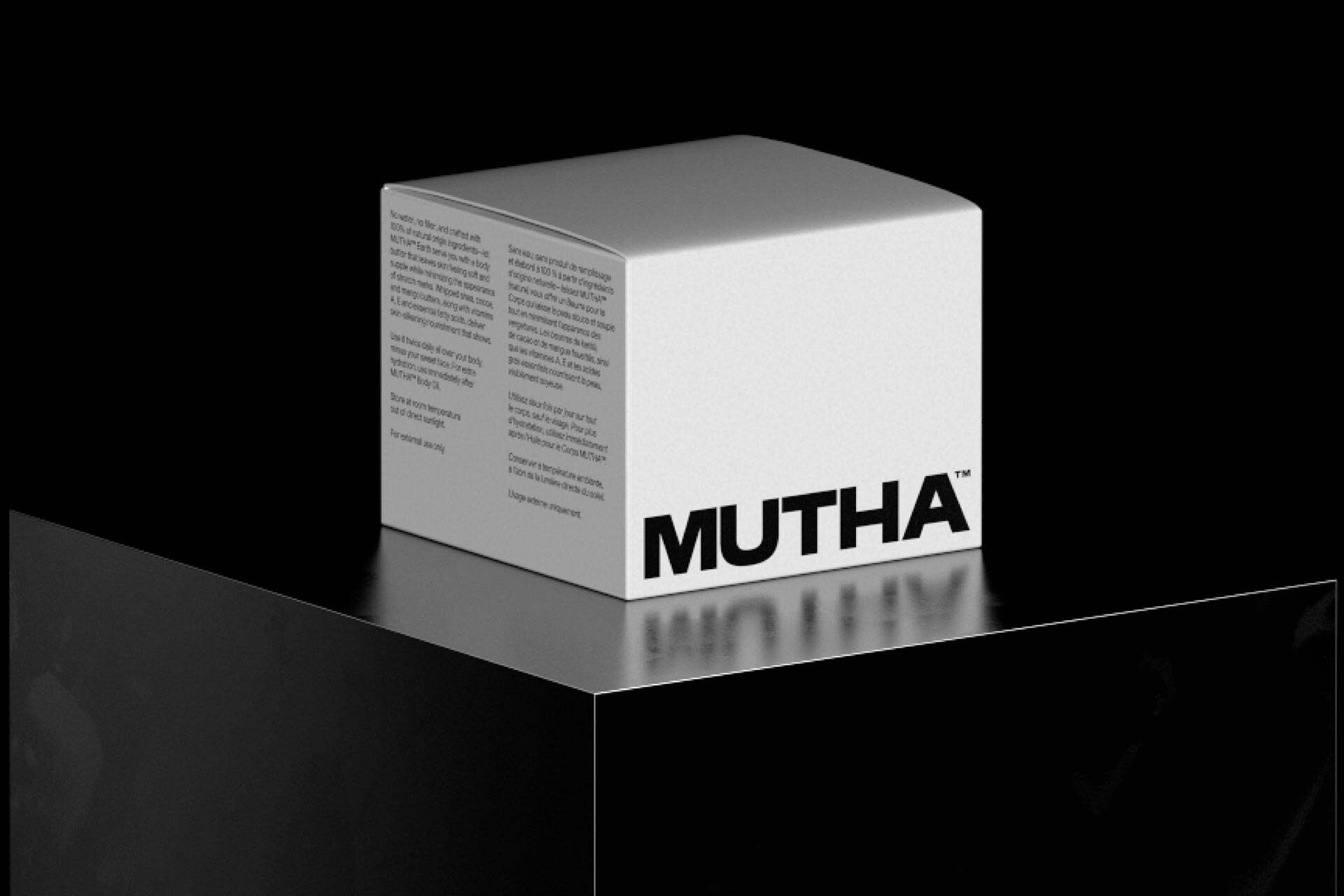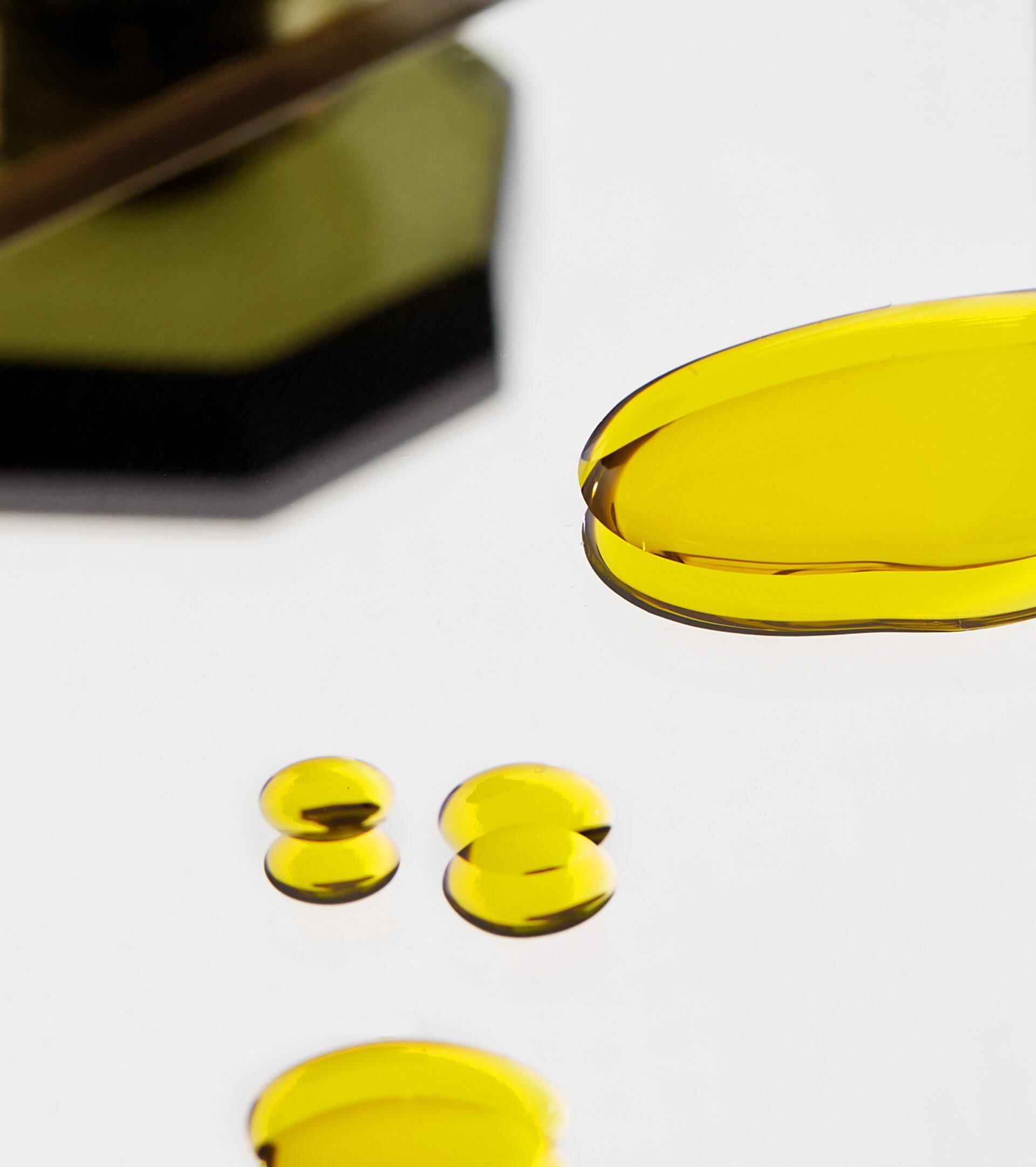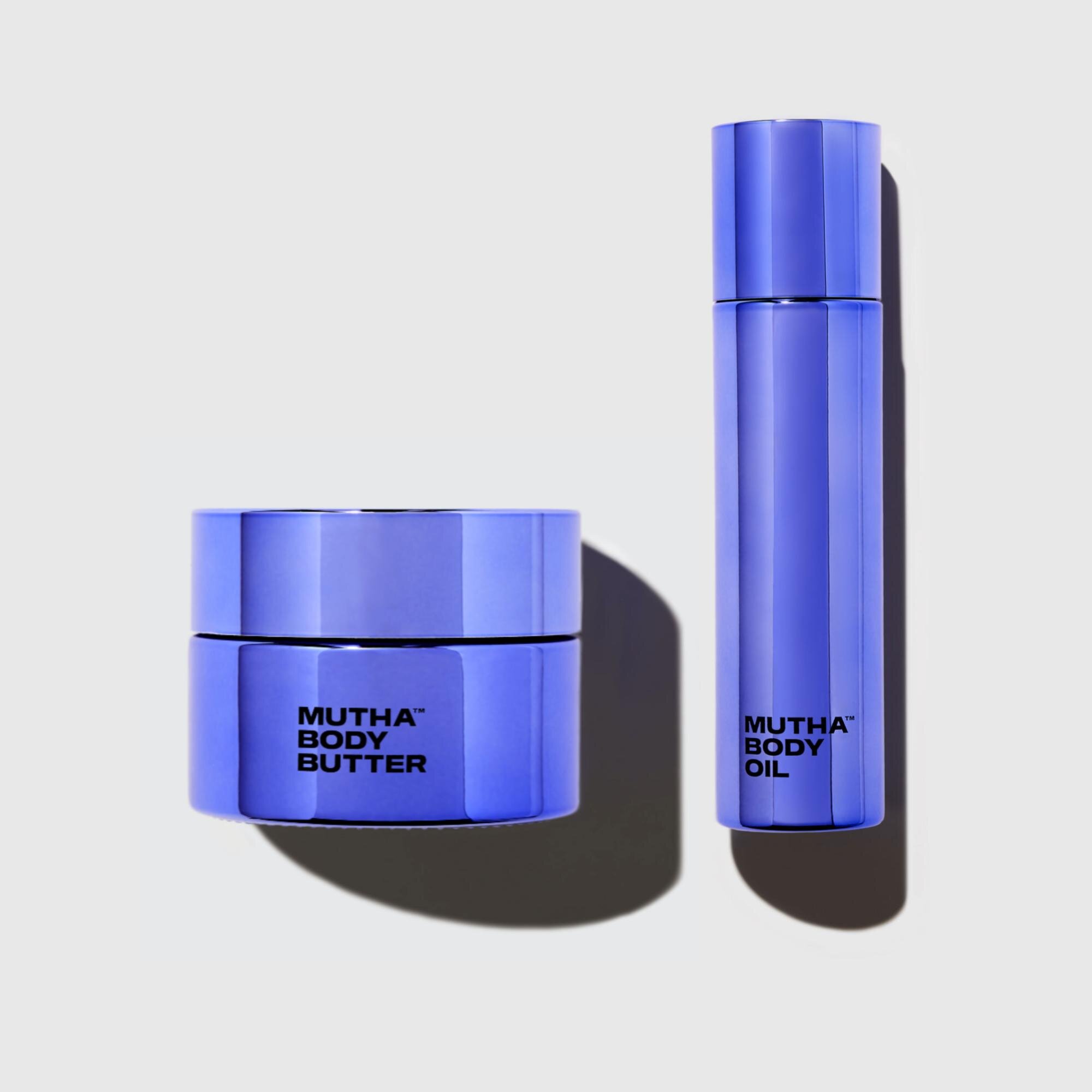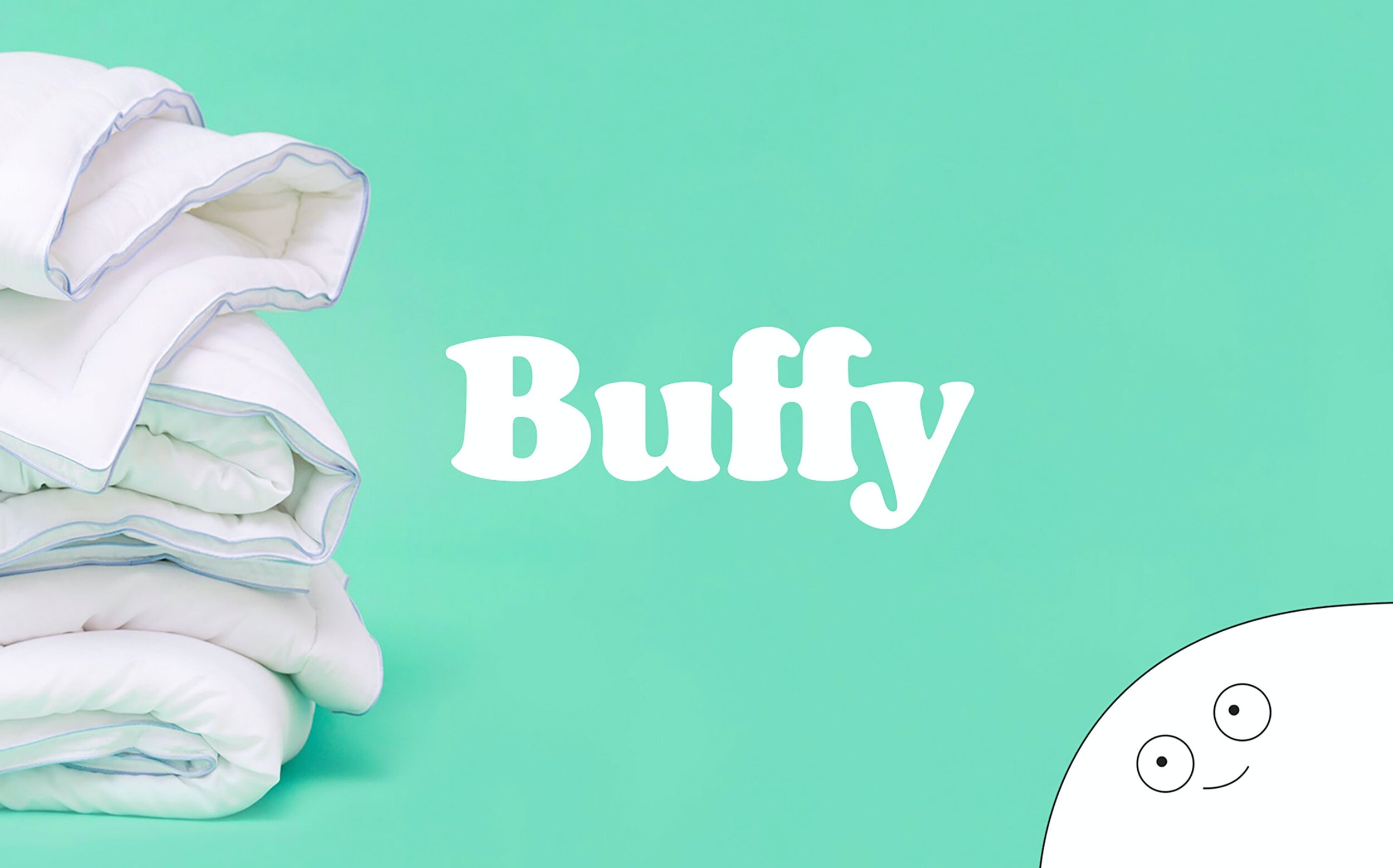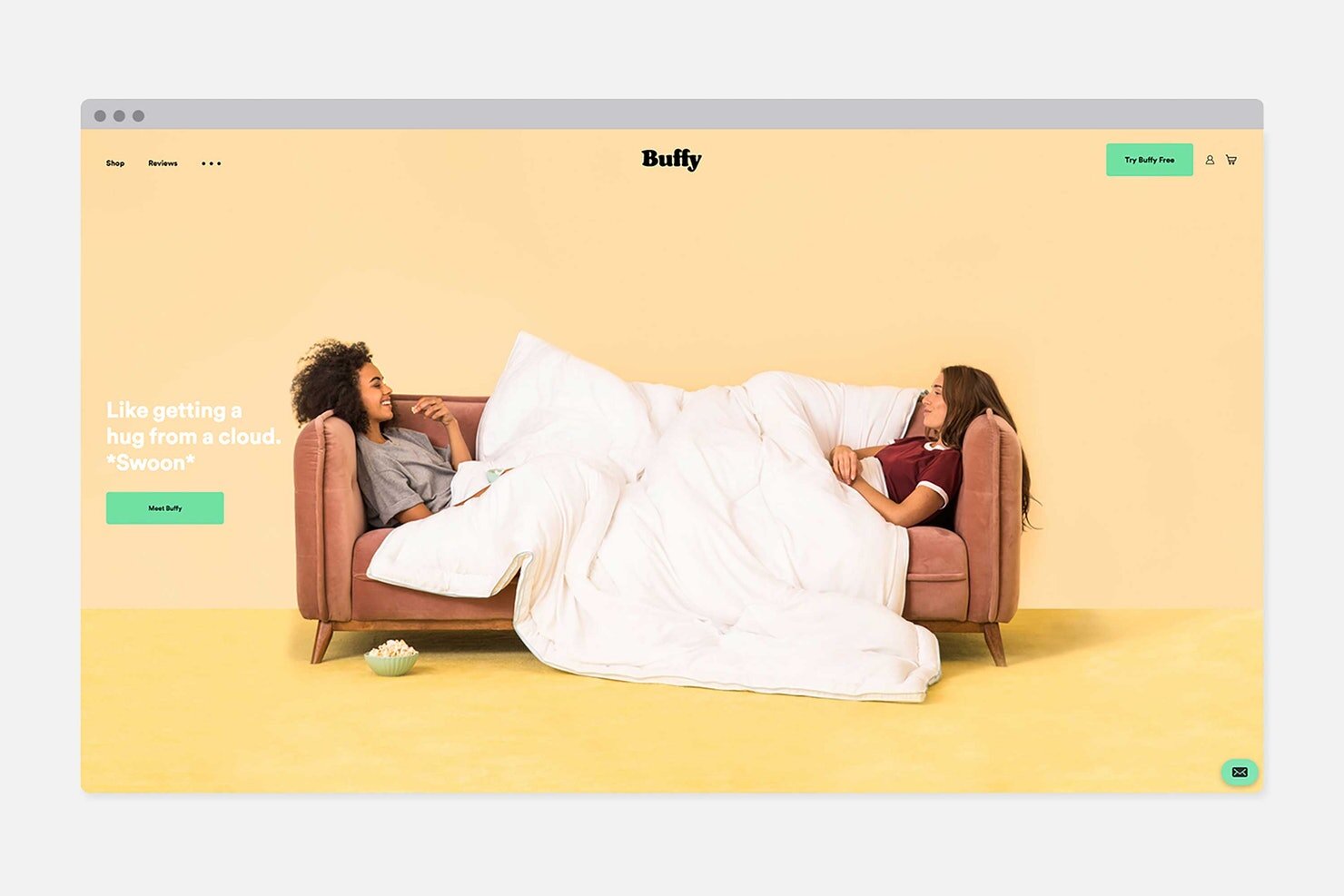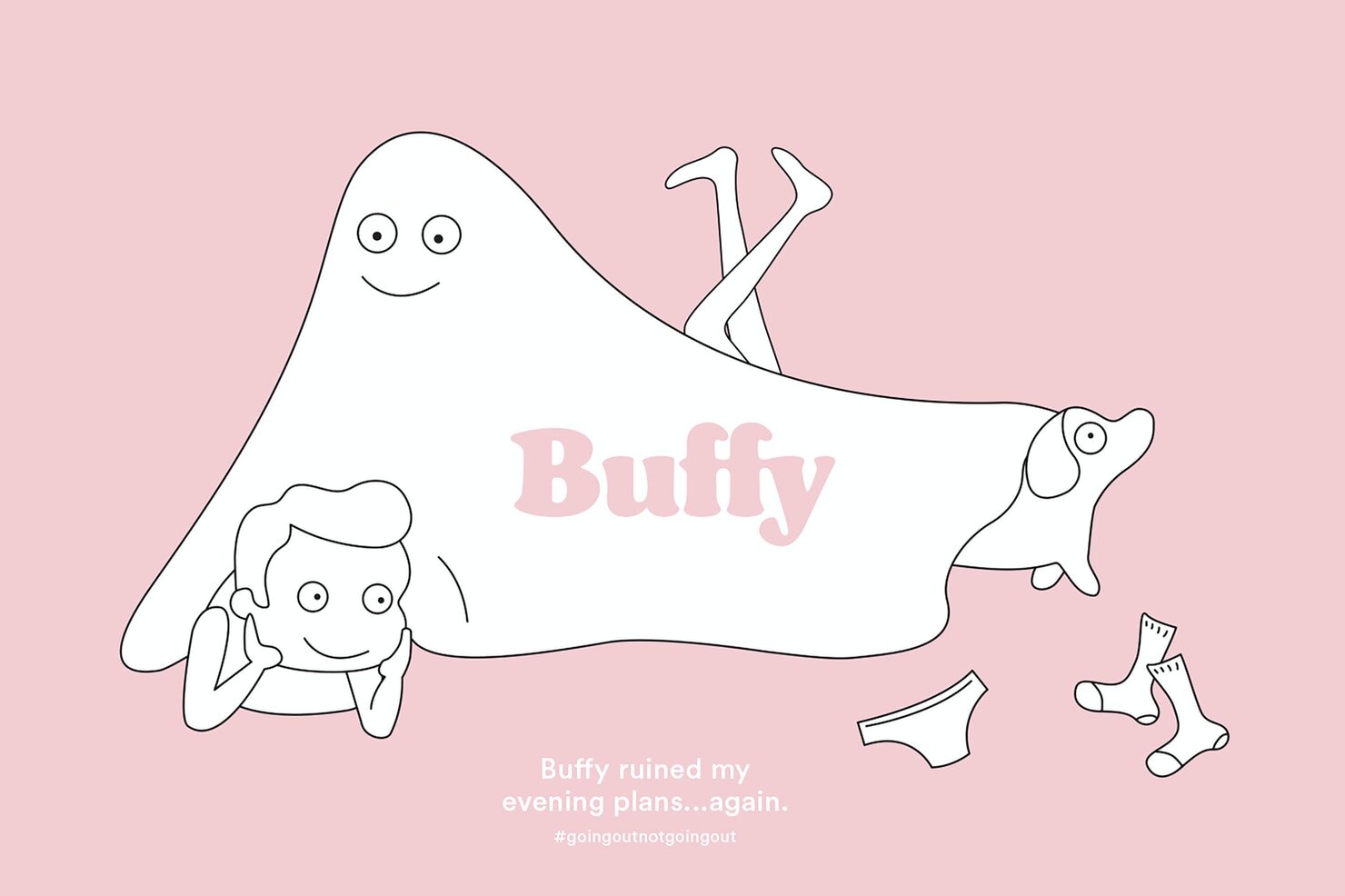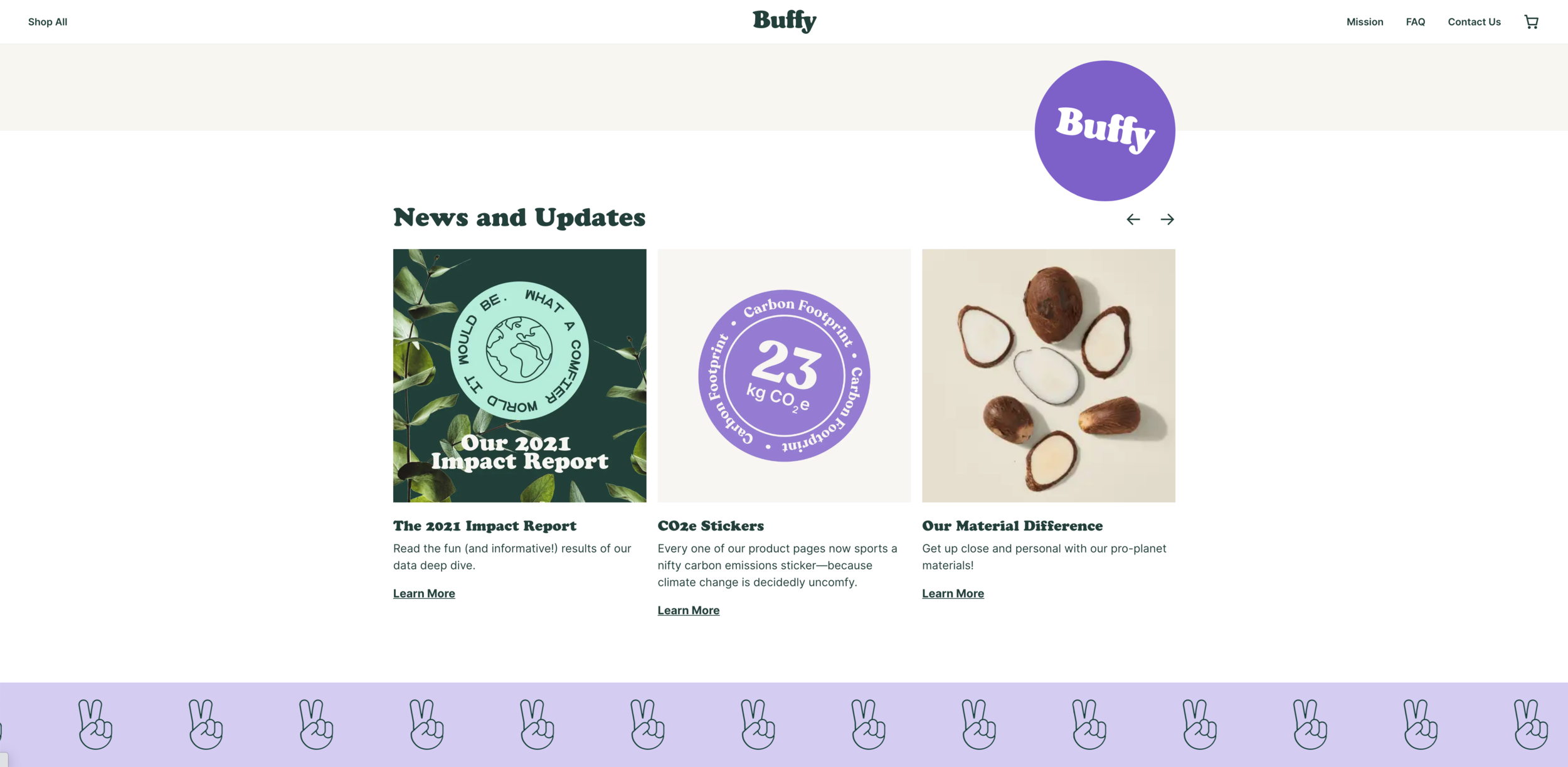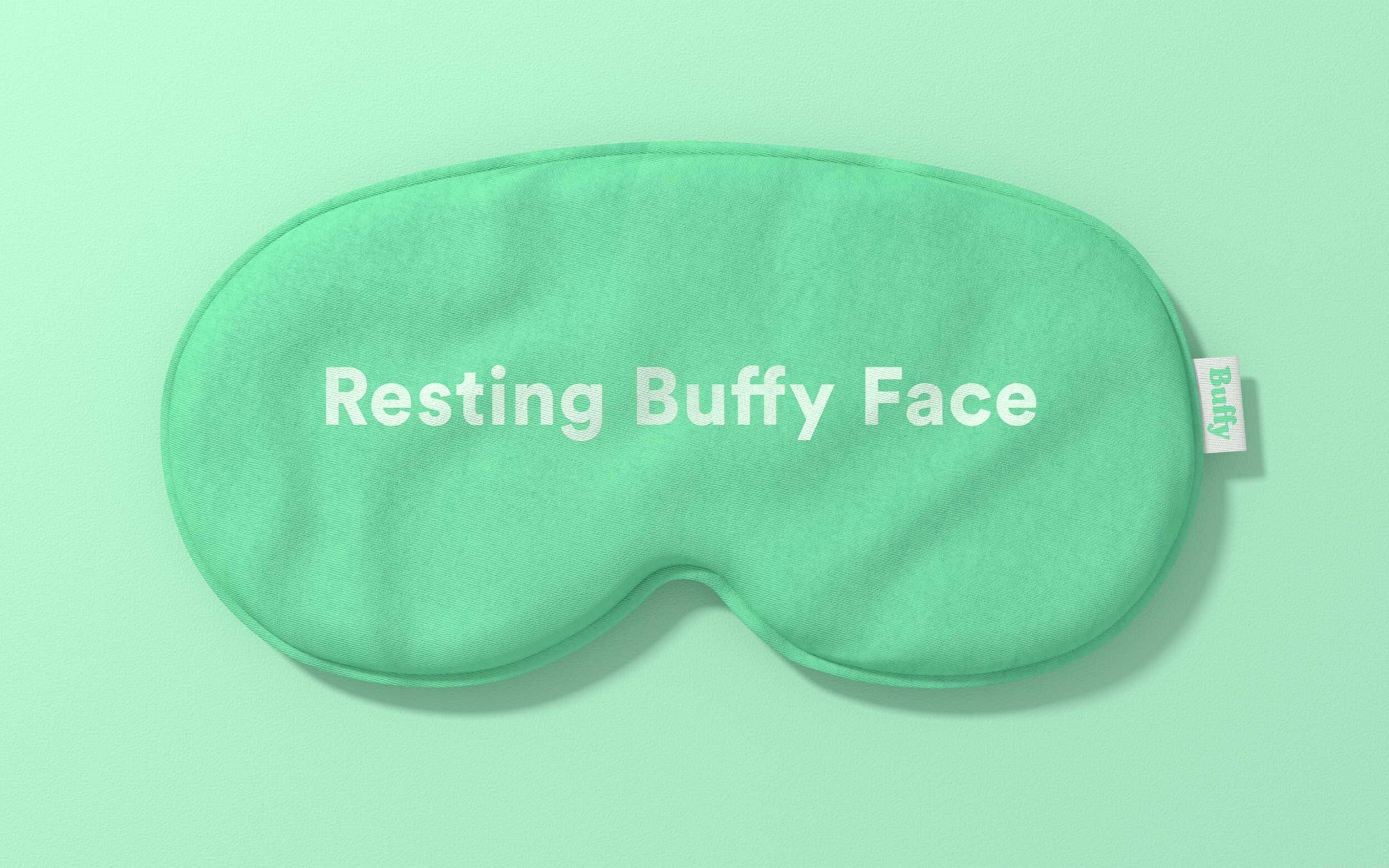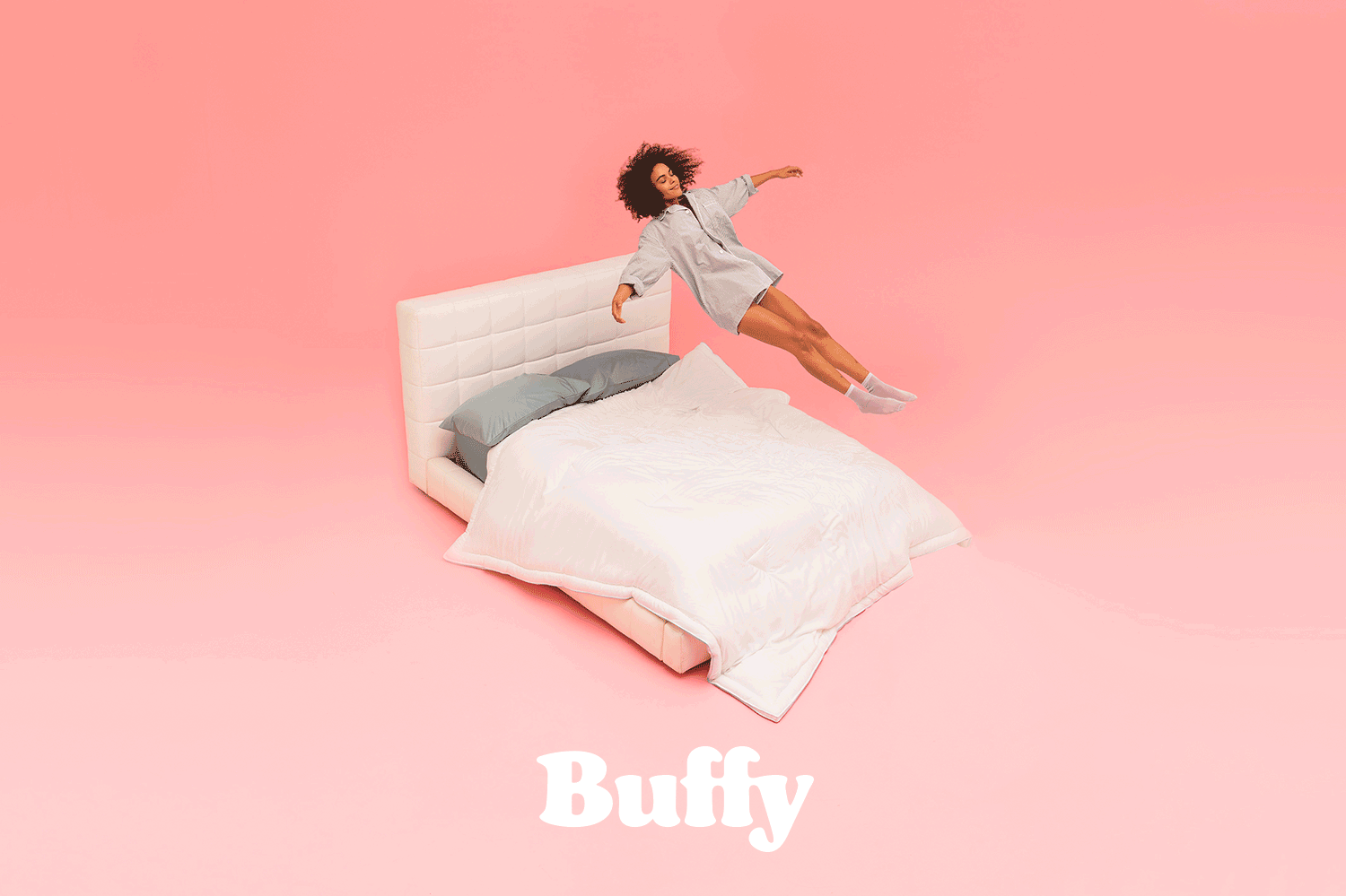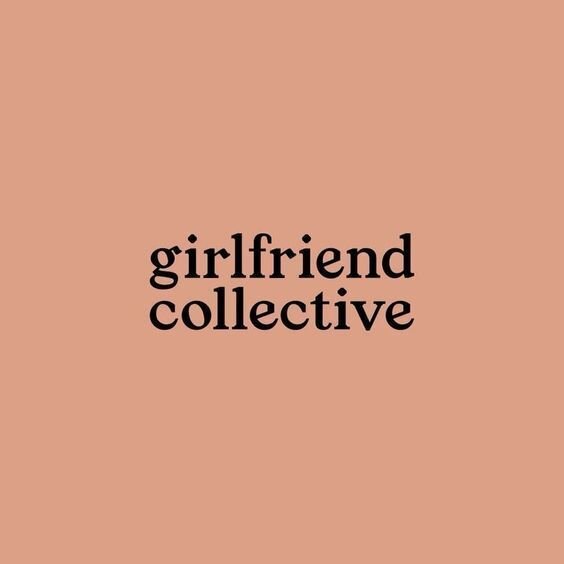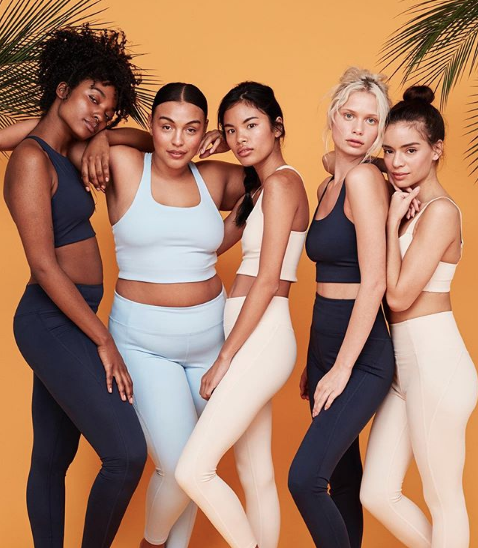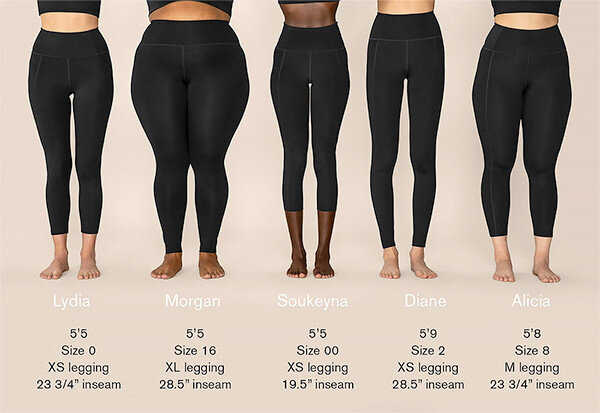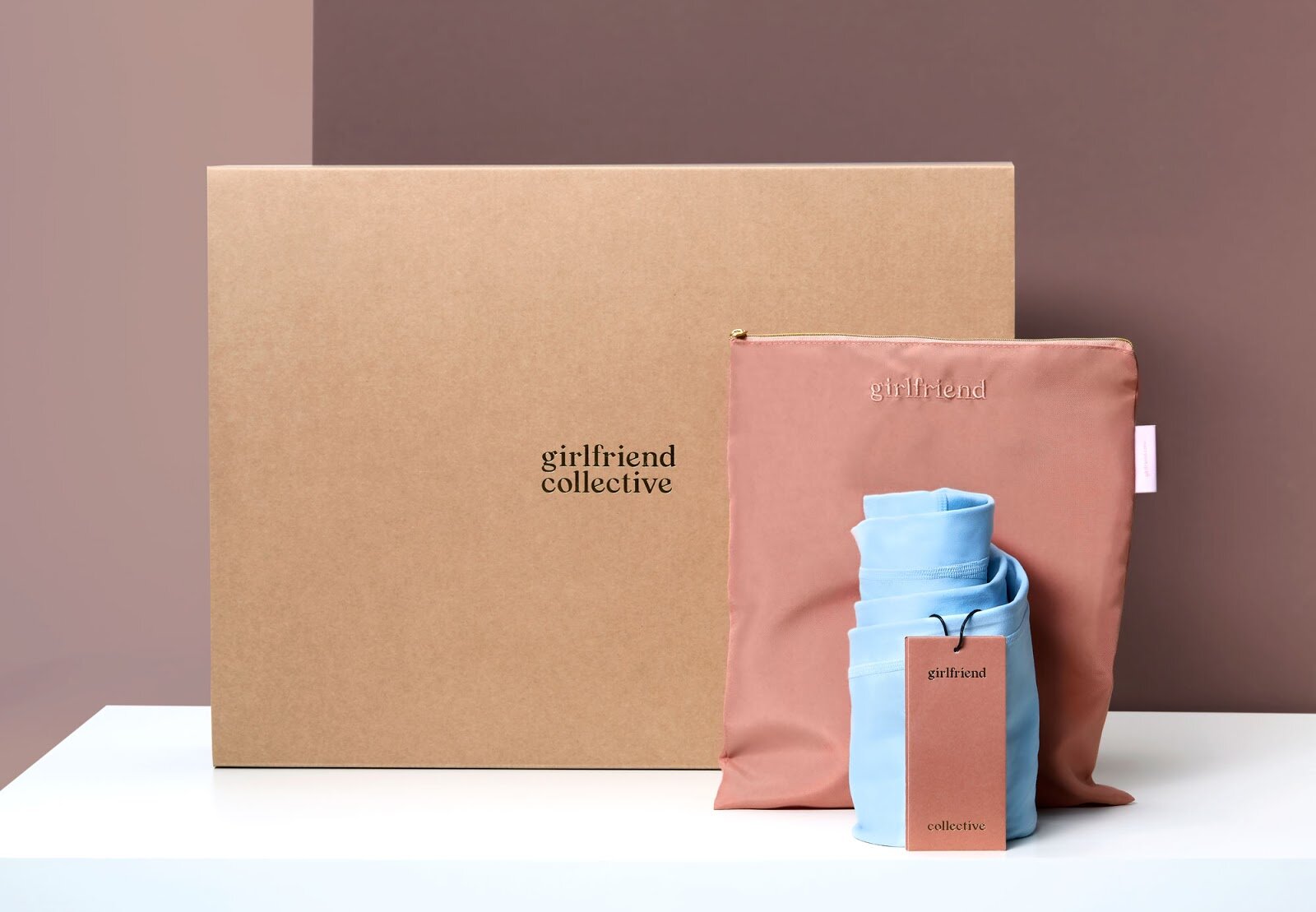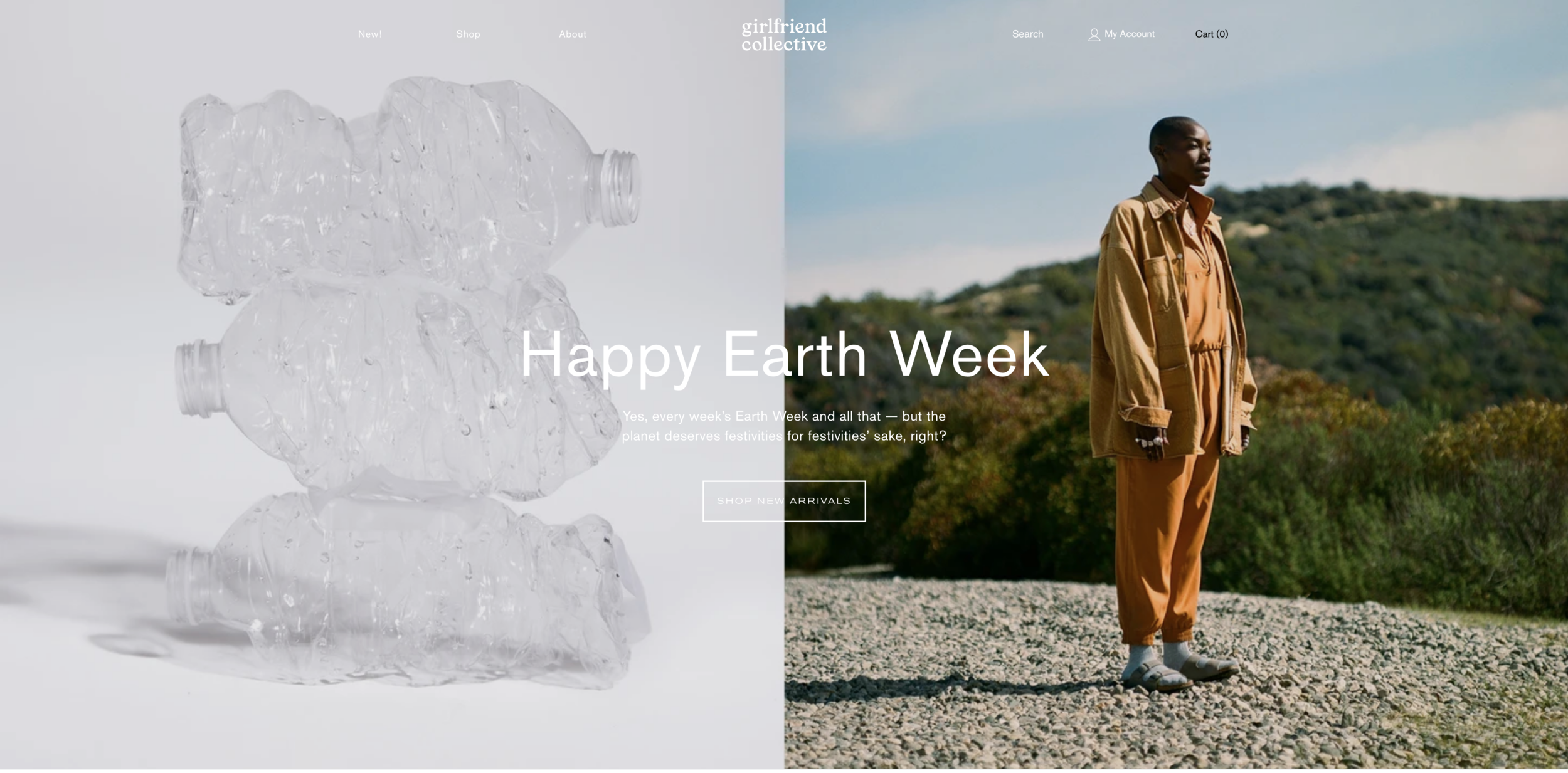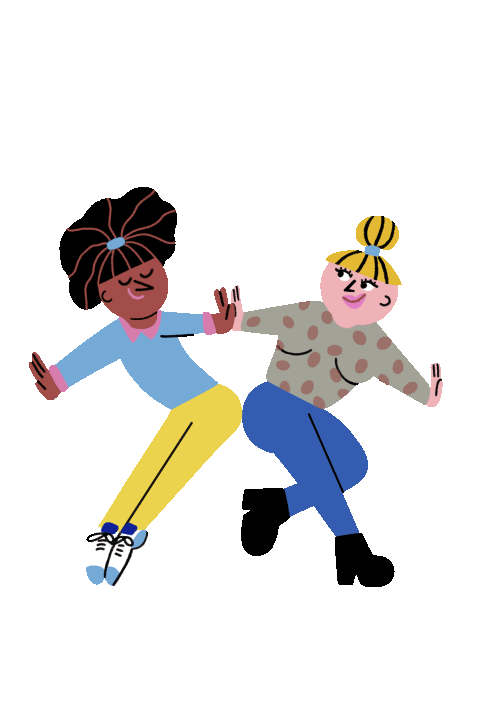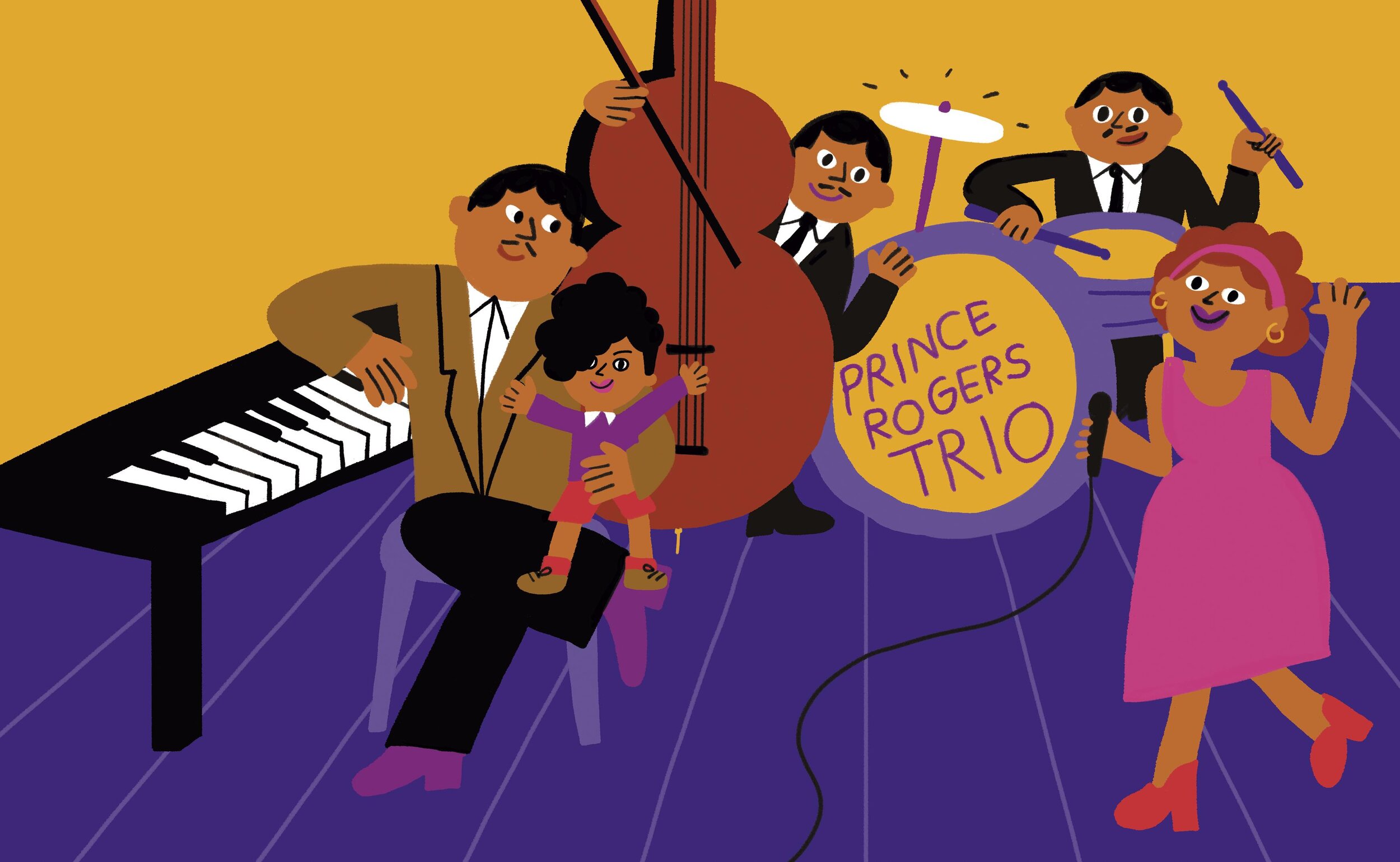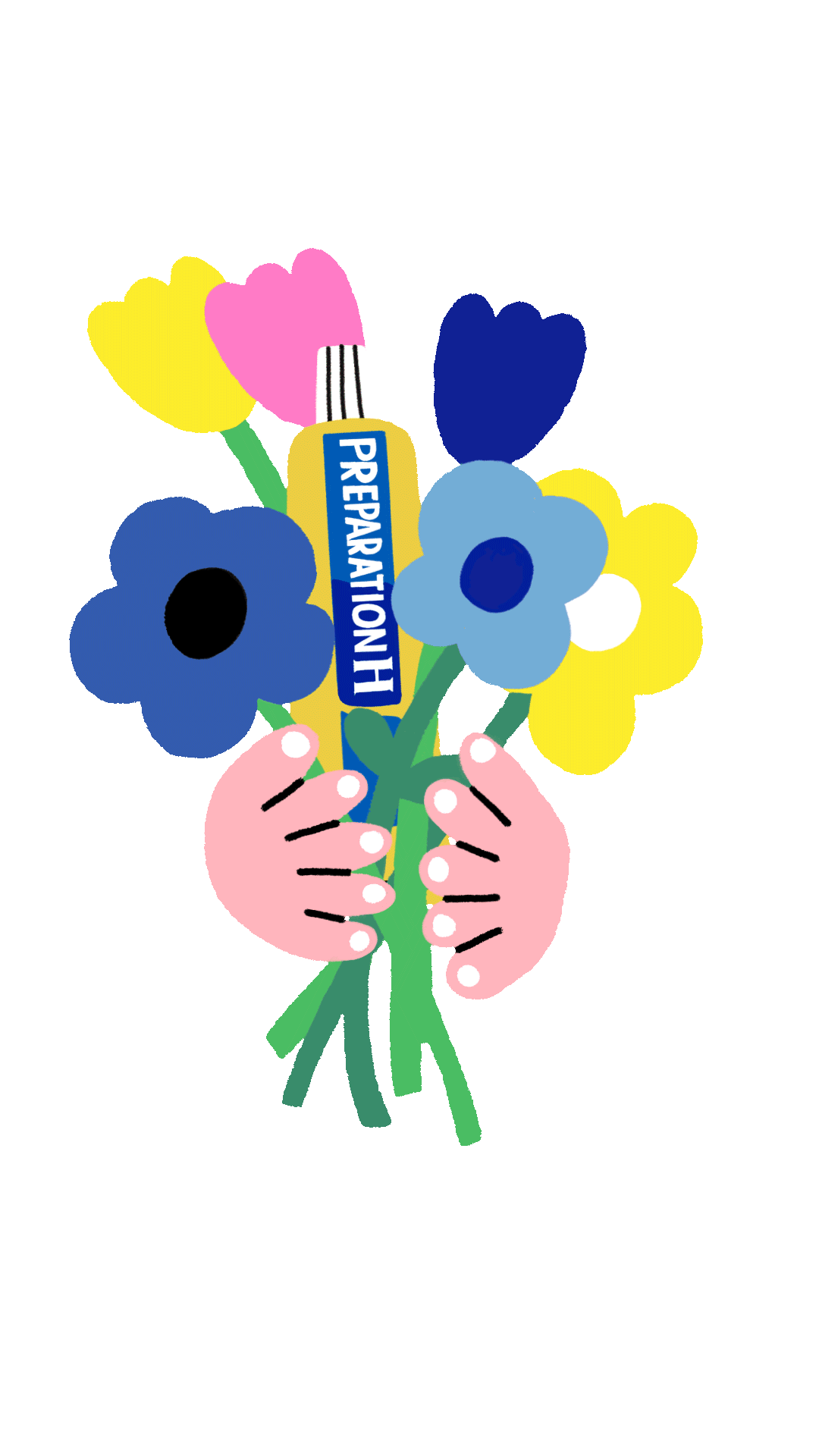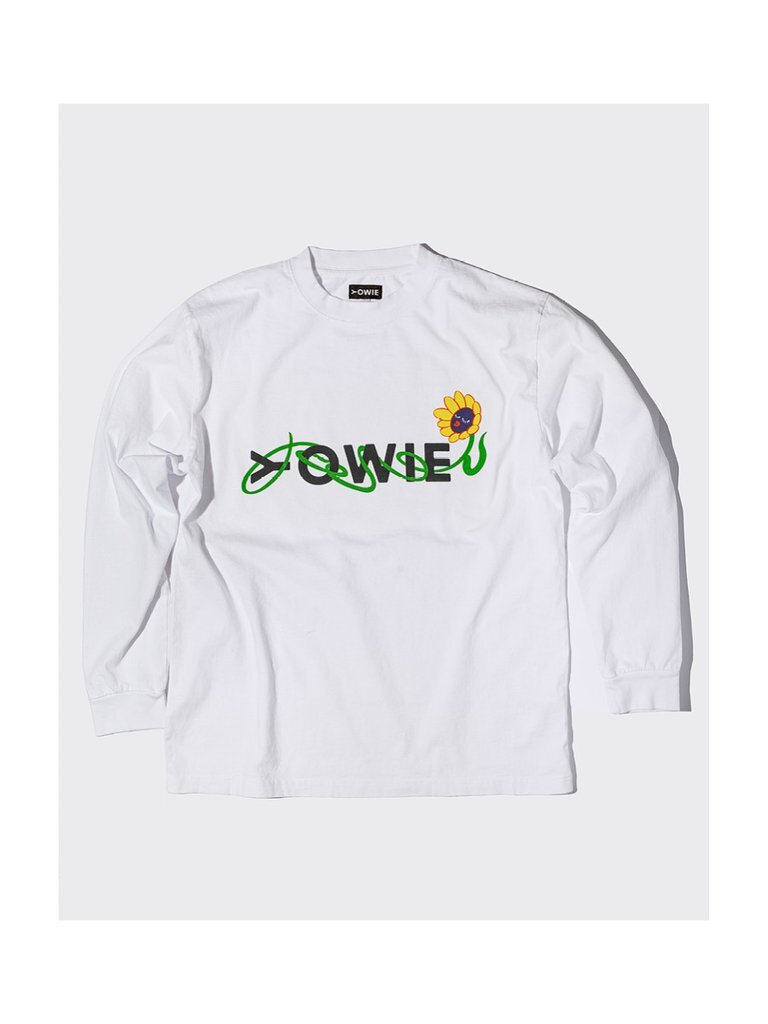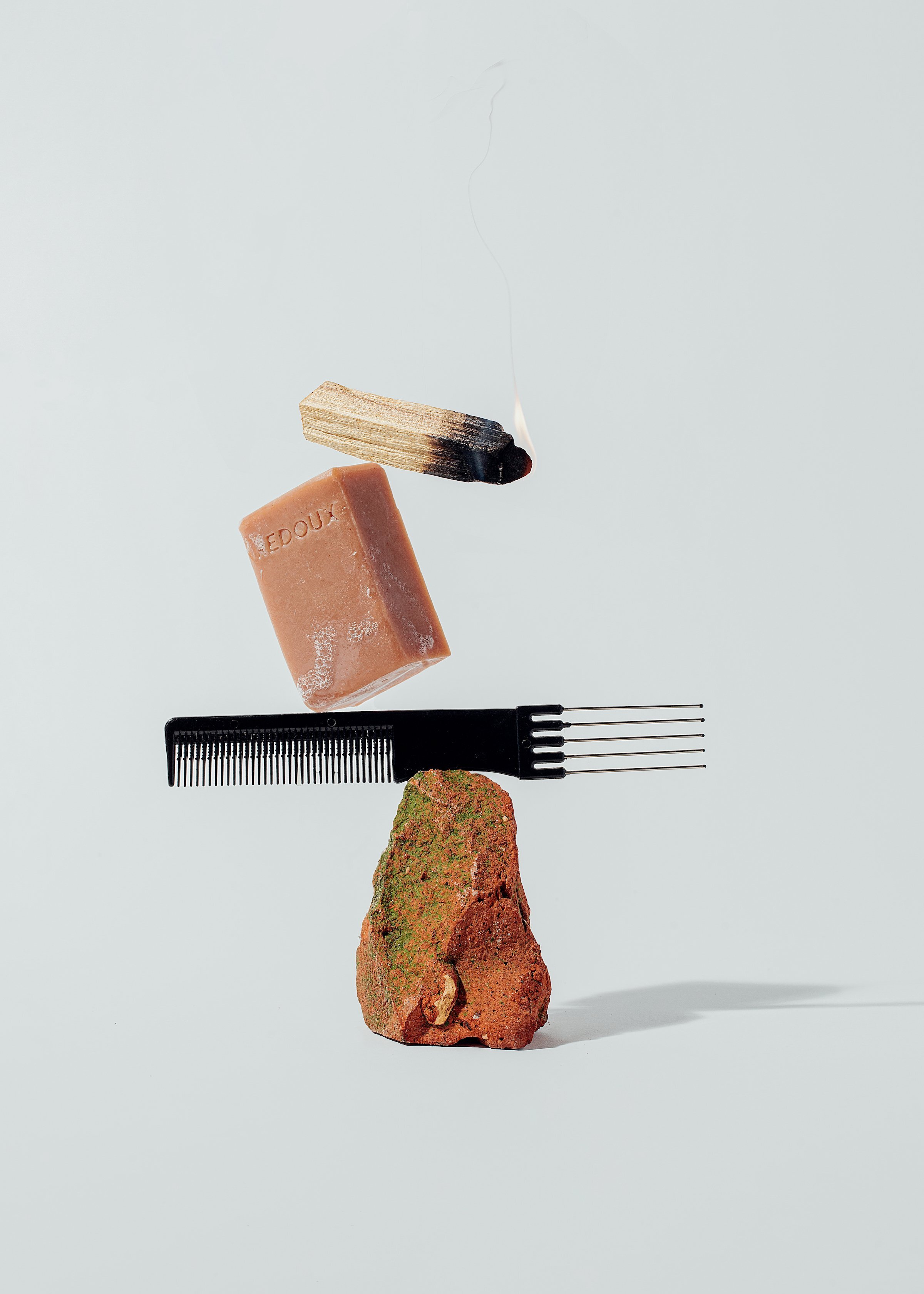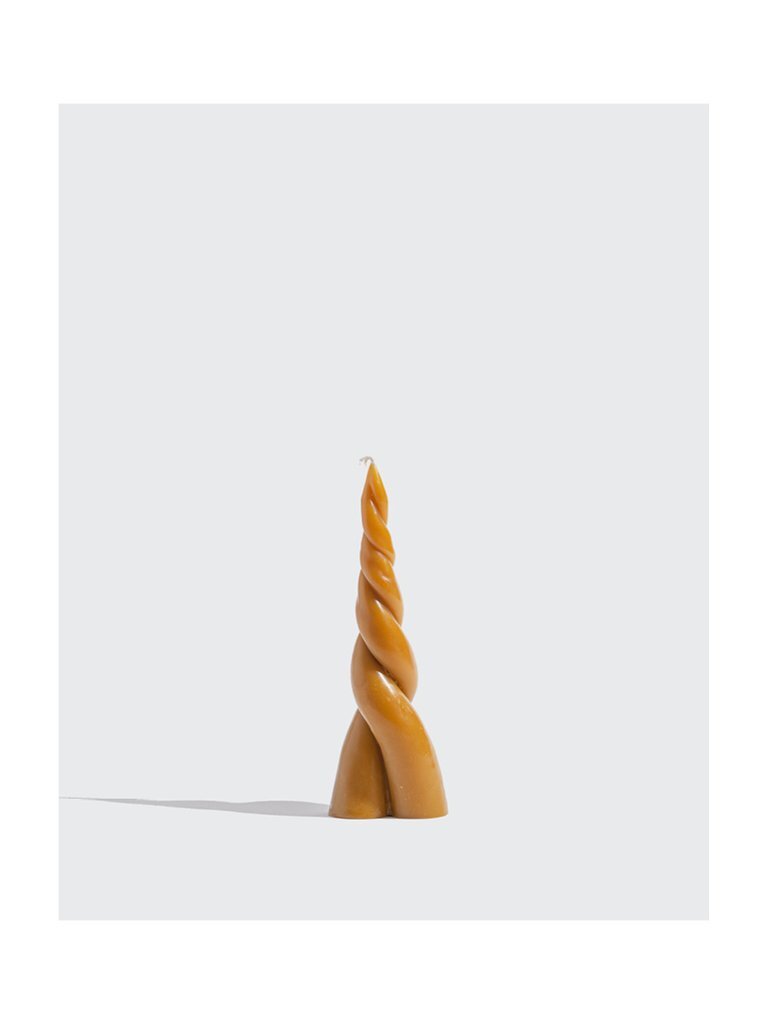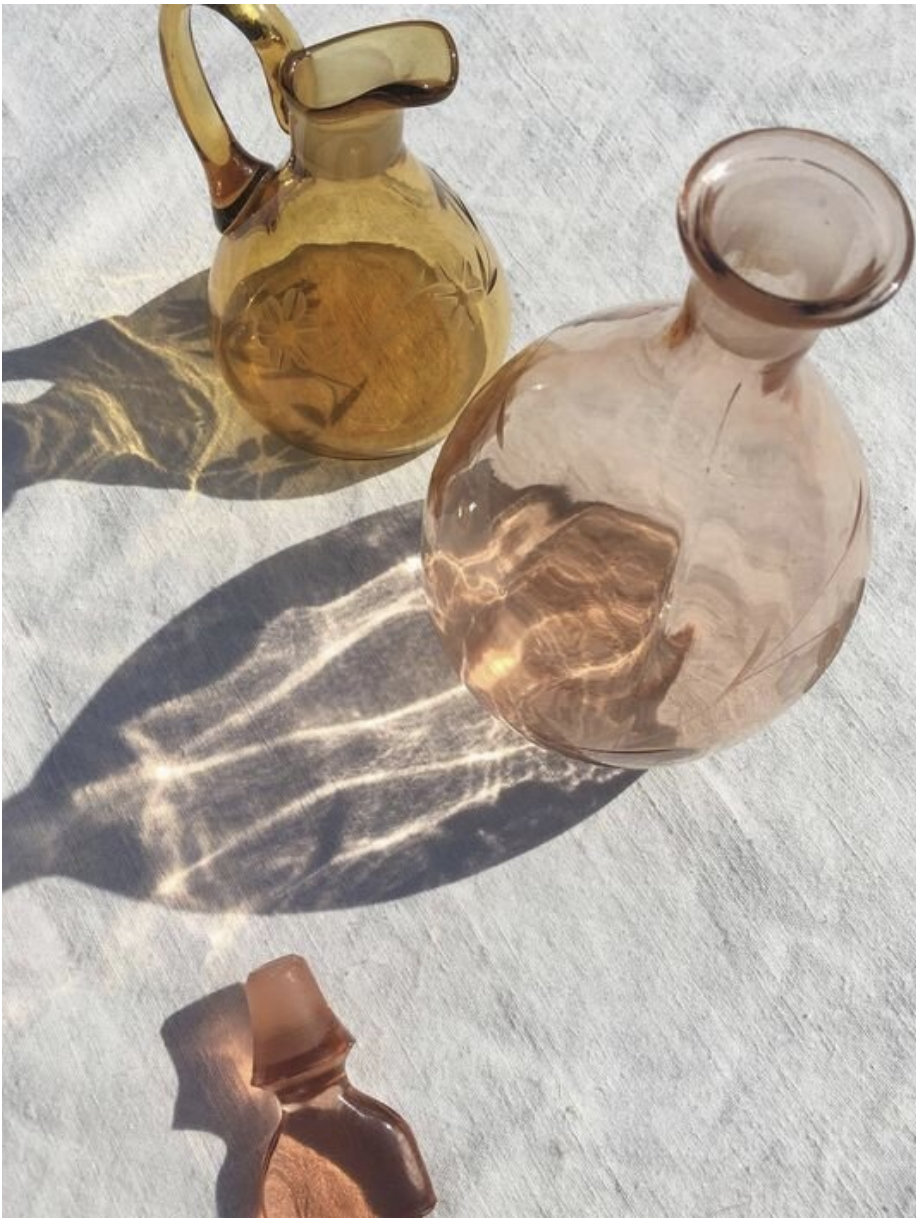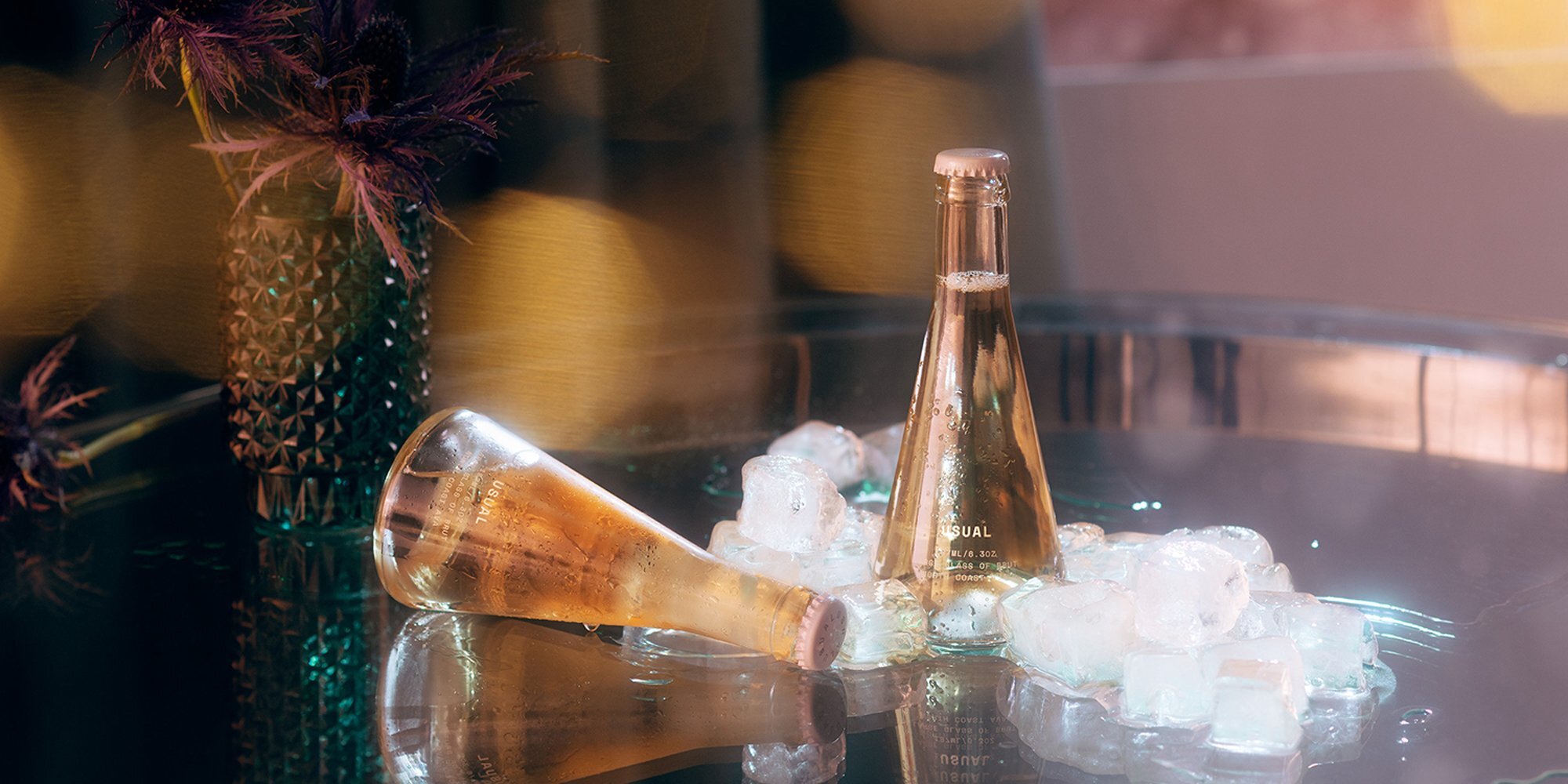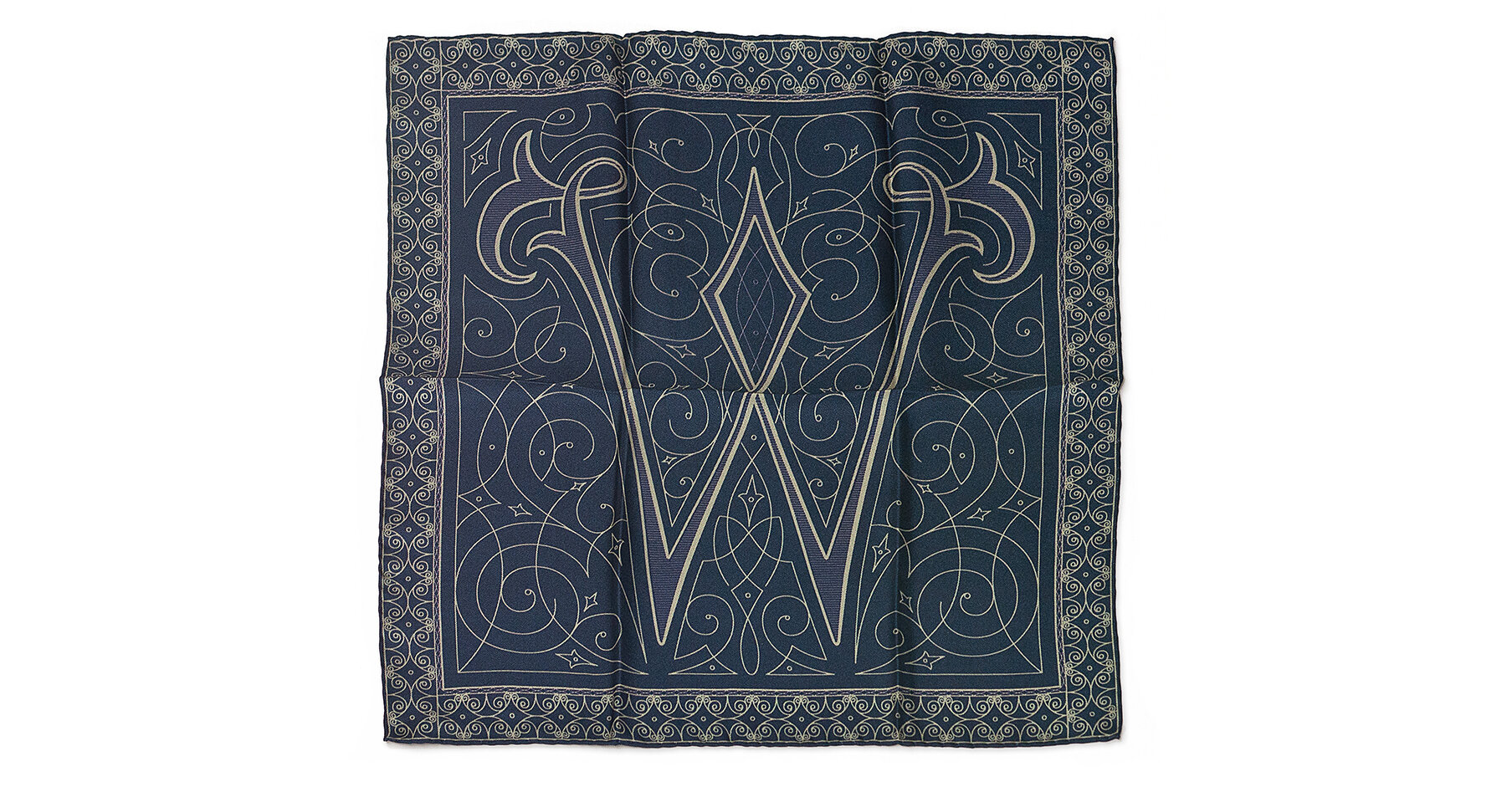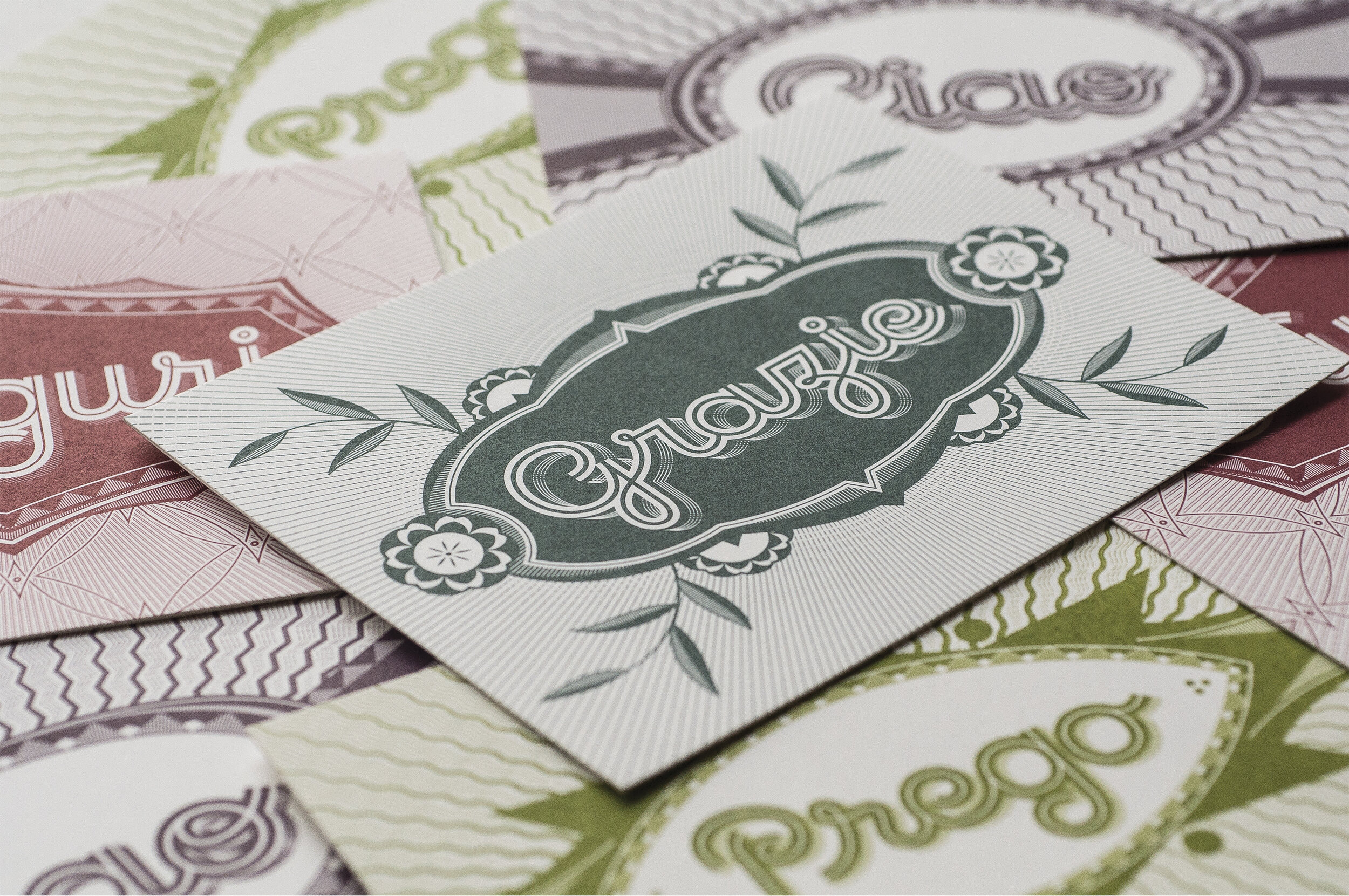If you haven’t worked with a branding agency before, the world of lingo surrounding the branding process might feel a bit daunting. Aside from speaking the same language, it’s also a good idea to learn a bit about the overall process so that you can make sure to choose the best agency for your job. Before you jump in with both feet to get started on branding your business, we’ve got a big-picture guide to make sure your experience with the branding agency is a smooth one.
What to Prepare
While the work of the branding agency is to help you figure out creative ways to communicate your brand’s identity, it helps to have a general idea of what you hope to achieve. Think big-picture goals, inspiration, and important deliverables you wish to have at the end of the process. Are you looking to promote a particular product? Does social media play a big part in your marketing strategy? Don’t worry if your ideas feel a little half-baked, a good branding agency will help you figure out the details to get to the finish line.
Knowing Your Needs
The type of relationship you seek with a branding agency depends on the type of project or projects you have in mind. Before you start looking for the right branding agency, you should take a moment to confirm what kind of support you need:
Project-to-Project: You’re seeking out some help for one specific project. Maybe you’re establishing a new company and need to develop your brand guidelines and strategy. Or you might be looking to give your company a badly needed rebrand. You might also be a well-established brand looking to create some marketing collateral. For these instances, you might seek out a project-to-project relationship with the right branding agency.
Retainer: Maybe you have branding needs that come up on a semi-regular basis, more often than the one-off projects mentioned above. In this case, you might choose to have a branding agency on call to support you for a set number of hours a month.
Subcontractor: You may choose to have a copywriter or designer through a branding agency, contracted as part of the company’s team. This is a good option if you have daily needs but aren’t quite prepared to bring a full-time employee on board.
Long Term: The most ideal route is to build a relationship with a branding agency long term. With this established relationship, you avoid all the wasted time onboarding a branding agency each time you have branding needs. The branding agency becomes a member of your team that understands your company and its needs without having to start from zero with each new project. Keep in mind that you can work with a branding agency long term on a project-to-project, retainer, or subcontractor basis.
The Search for the Right Agency
So you have a project and you know what kind of relationship you want to establish with the branding agency. But with countless branding agencies producing impressive work, how do you find the right one? Here are a few factors to support your process of elimination:
Capabilities: First and foremost, take some time to review the agency’s work. If you’re looking for branding work that’s rebellious and grungy, it makes good sense to avoid working with an agency known for its clean, modern, and minimalist style. Check that the branding agency is capable of producing the work you need. Don’t assume that a branding agency will help you redesign your website through the rebranding process. They very well might, but knowing for sure can help you avoid surprises after the rebrand is complete.
Working Style: How do you communicate? Save reading each other’s minds, branding work always requires feedback and collaboration. So figuring out whether you prefer email, calls, or video calls ahead of time is wise. You should also consider your expectation on update frequency. Do you expect frequent updates and check-ins with each sketch? Or do you want an update when you have a more finessed draft of the project? Decide beforehand to avoid a bumpy process.
The Branding Process
Before jumping into the branding process, here’s a general overview of what it all looks like. While the timeline will of course depend on the type of project, size of the project, and more, an important consideration is that it takes cooperation from both parties. The branding agency must stick to the set deadlines, and the company too will have to provide feedback promptly in order for the agency to get to work. Here are the stages of branding:
Research and Discovery: This crucial phase allows the branding agency to learn all about your company. This is where you share who you are, your history, your present, and your aspirations. The branding agency will ask about your target audience, your competitors, and your style. A successful conversation here allows for a beautiful roadmap for the branding process ahead.
Initial Directions: Considering the information from the discovery call, the branding agency will pull out key patterns and traits. After establishing initial visual concepts, you and the branding agency will decide on one direction that best meets your goals.
Guidelines: At this exciting stage is where the ideas begin to solidify into visual assets around a solid concept. The typography, color, and graphic style palettes form a big shining brand book of guidelines, laying out the basics of your brand identity. The guidelines also detail the style rules and messaging to ensure that all this work stays consistent throughout assets and content.
Implementation: Using the carefully compiled guidelines, the agency will now produce complete deliverables.
Revisions: Nothing is perfect from the beginning, and the branding process is no exception. The number of revision rounds should be set before you start the project, and you should expect to pay extra if you go over this amount. At this stage, you’ll likely be requesting minor tweaks to components such as color and copy. It’s also possible that a big revision, like a layout change occurs, but this is not recommended so late in the game.
Handoff: Finally, you get to see the fruits of both of your labors. With the final deliverables in tow, you’ll have a meeting with the branding agency to talk through everything. Most importantly, you’ll discuss how to use everything so that you can make the most out of your brand new deliverables.
For a real-life example of the entire process, look no further than our work for YOGO’s rebrand.
RELATED: What the Branding Process Really Looks Like
Helpful Vocab
If you’re feeling a bit overwhelmed by the lingo, you’re definitely not alone. Once you get immersed in the branding process, the words will come naturally. Here are some helpful words to move you right along:
Deliverable: The final files you’re given from the agency. This might be the name of your brand new business, a social media template, or your logo.
Asset: The building blocks that make up your deliverables. Think photos, icons, or illustrations. While they are part of the deliverable, they are not the final product.
White space: The blank space between elements in a composition.
Concept: The overarching idea around your branding. Think of phrases that represent your brand’s unique identity, goals, and purpose.
Brand identity: The visual parts of your brand.
Brand messaging: The written parts of your brand.
Brand strategy: The road map for your brand that isn’t seen by the larger public. Your brand strategy includes your brand’s positioning, purpose, and vision.
Brand guidelines: The finalized document where all that new branding work is housed. Not only do the guidelines contain all the deliverables, but they also lay out the rules around using those deliverables.
Talking It Out
The theme is loud and clear: communication is key. Learning which project management platform is best, or how feedback will take place are all factors in creating a smooth branding process between you and the agency. If you communicate your hopes and dreams in a clear way with plenty of context and details, you’re on your way to achieving your goals with the right branding agency by your side.
Anastasia Salazar Ltd. is an independent design studio for tailored branding and digital designs. Reach out to learn how we can help you fuel growth and maximize your brand’s impact.

